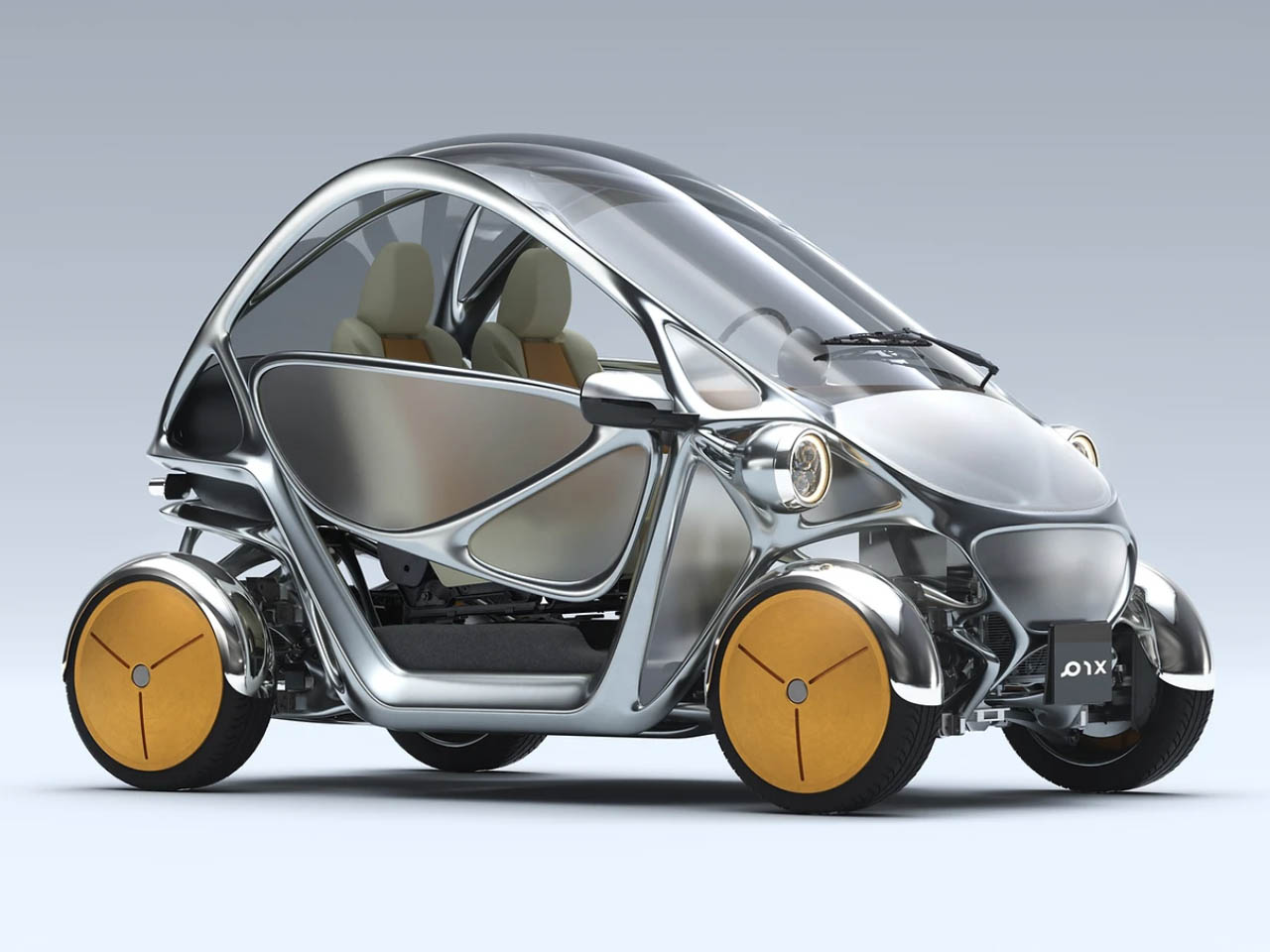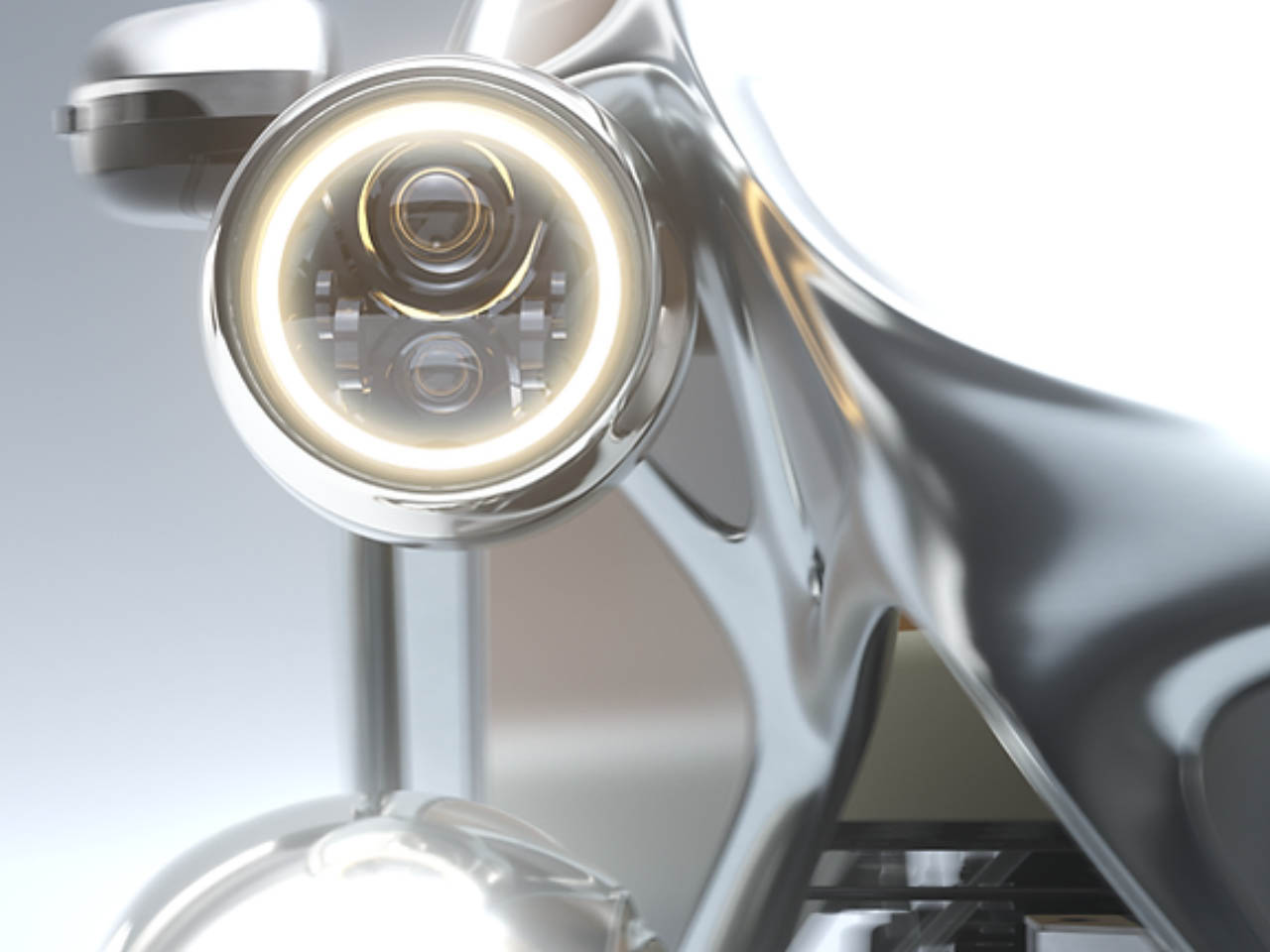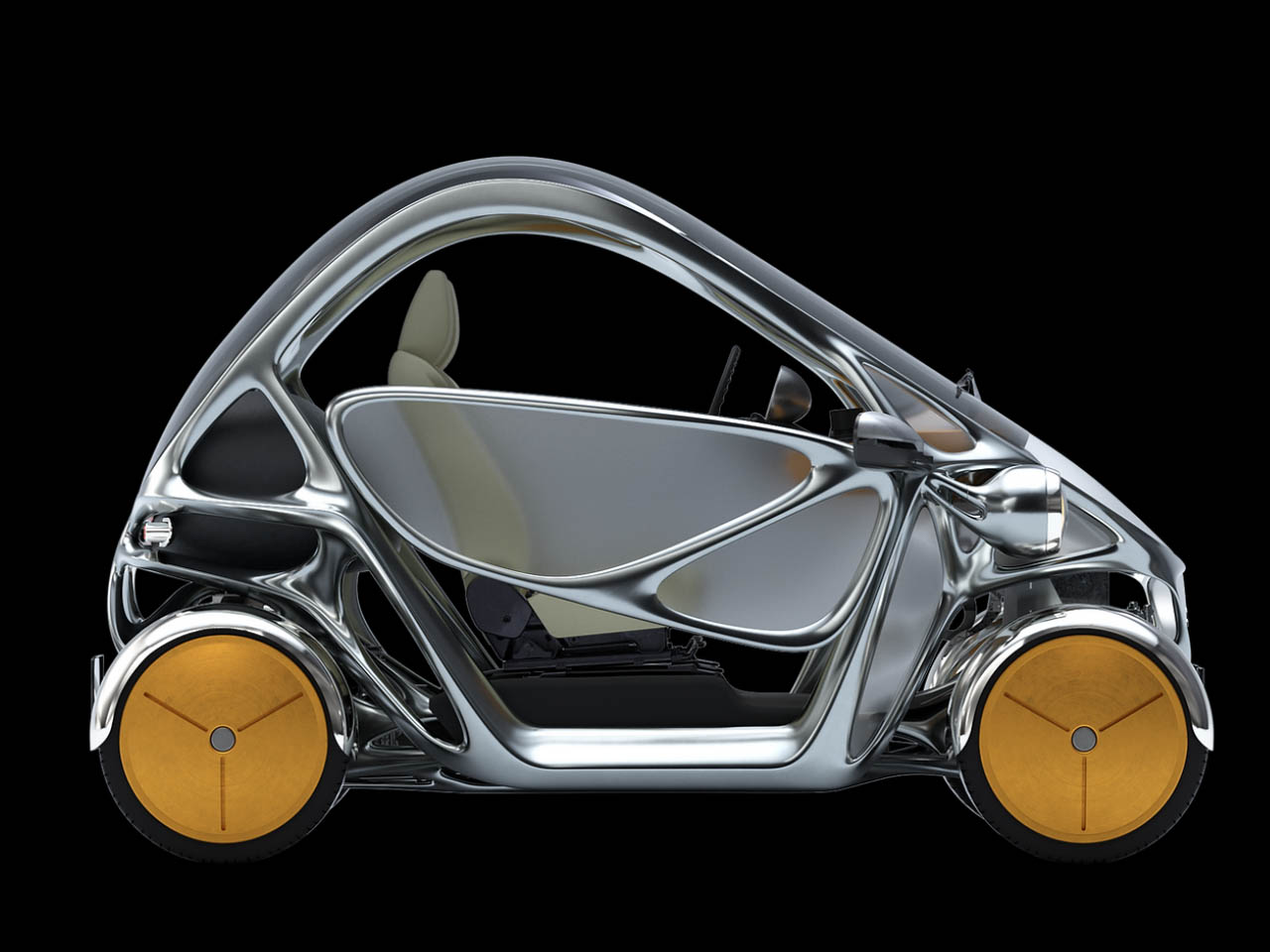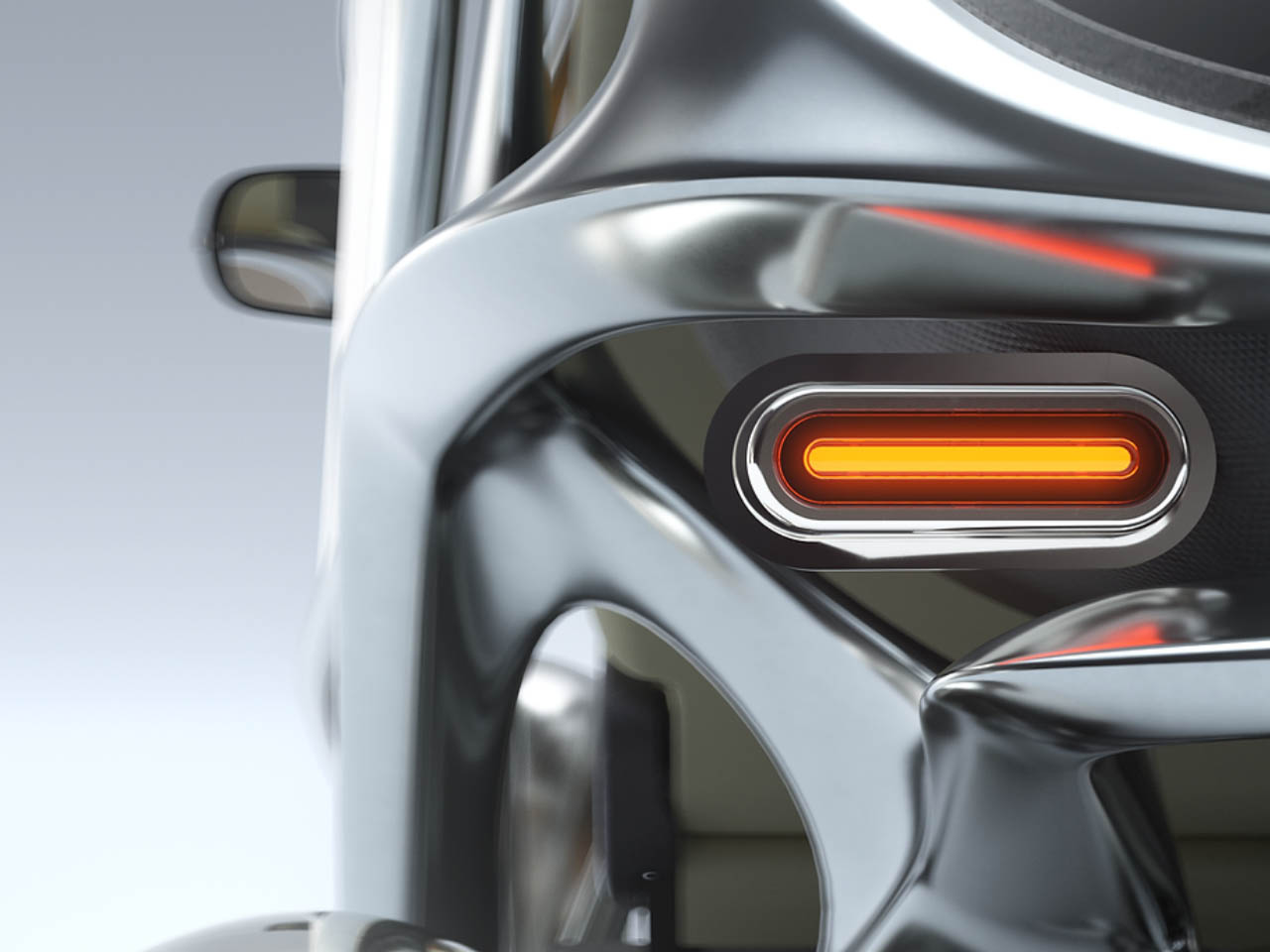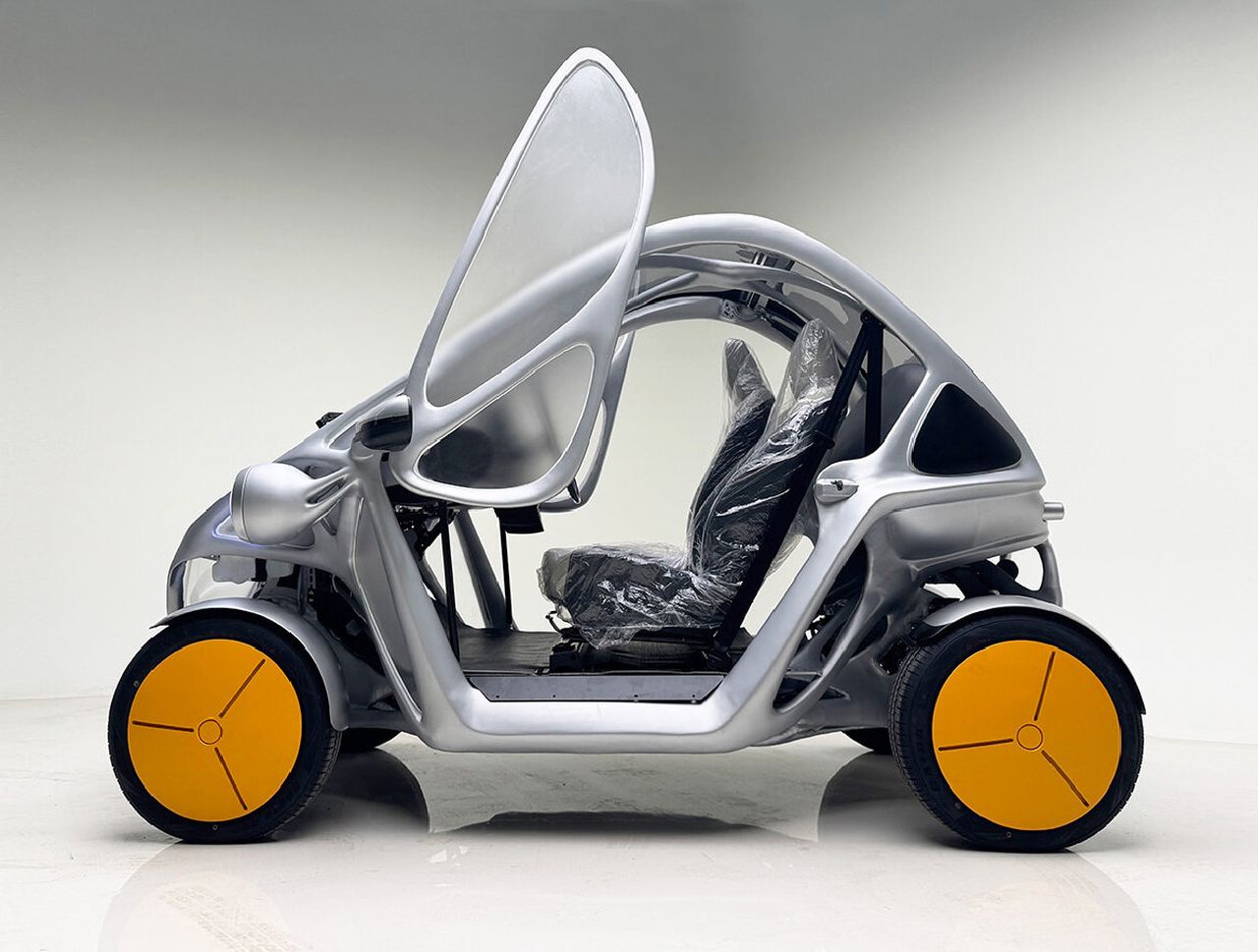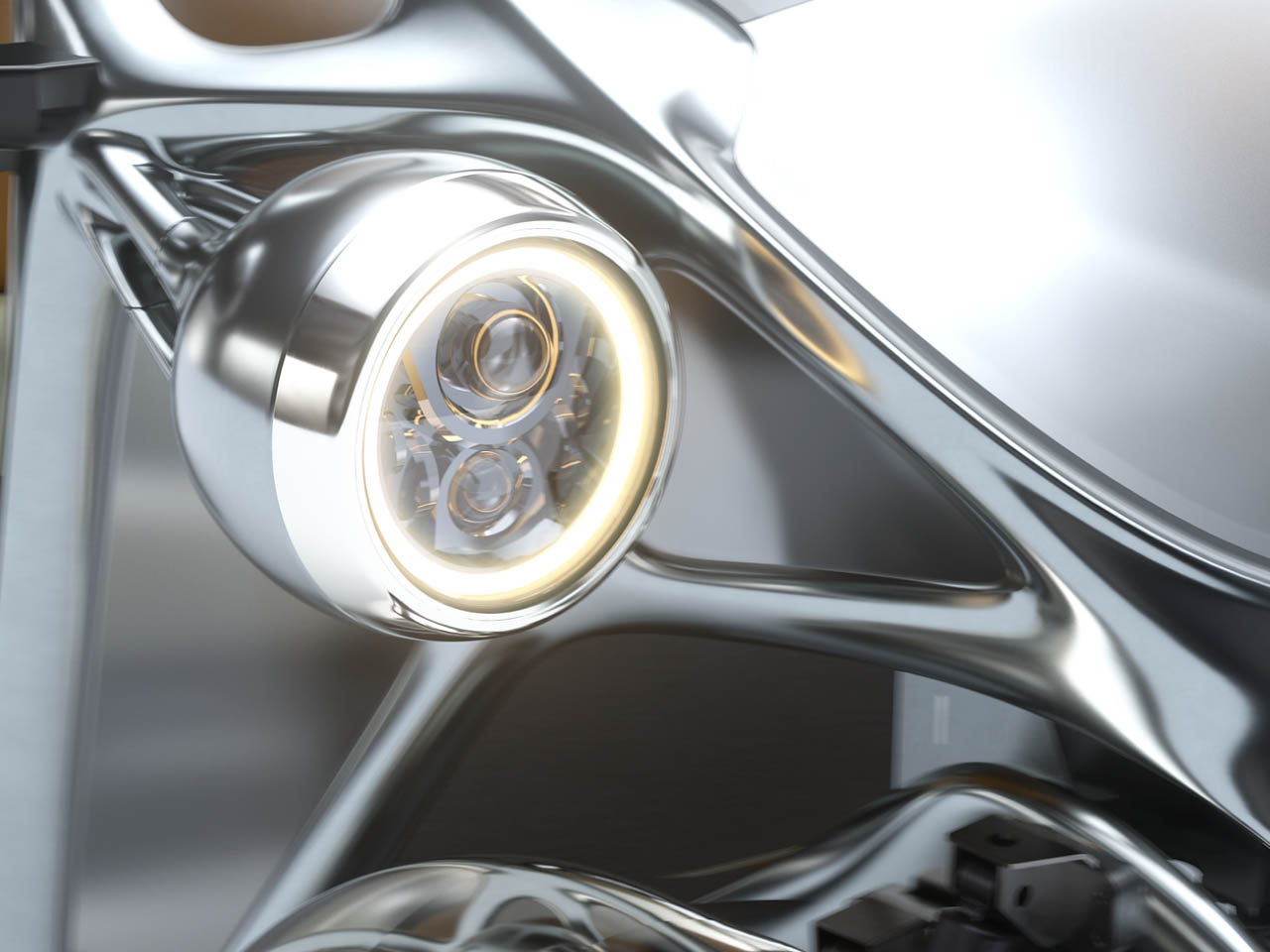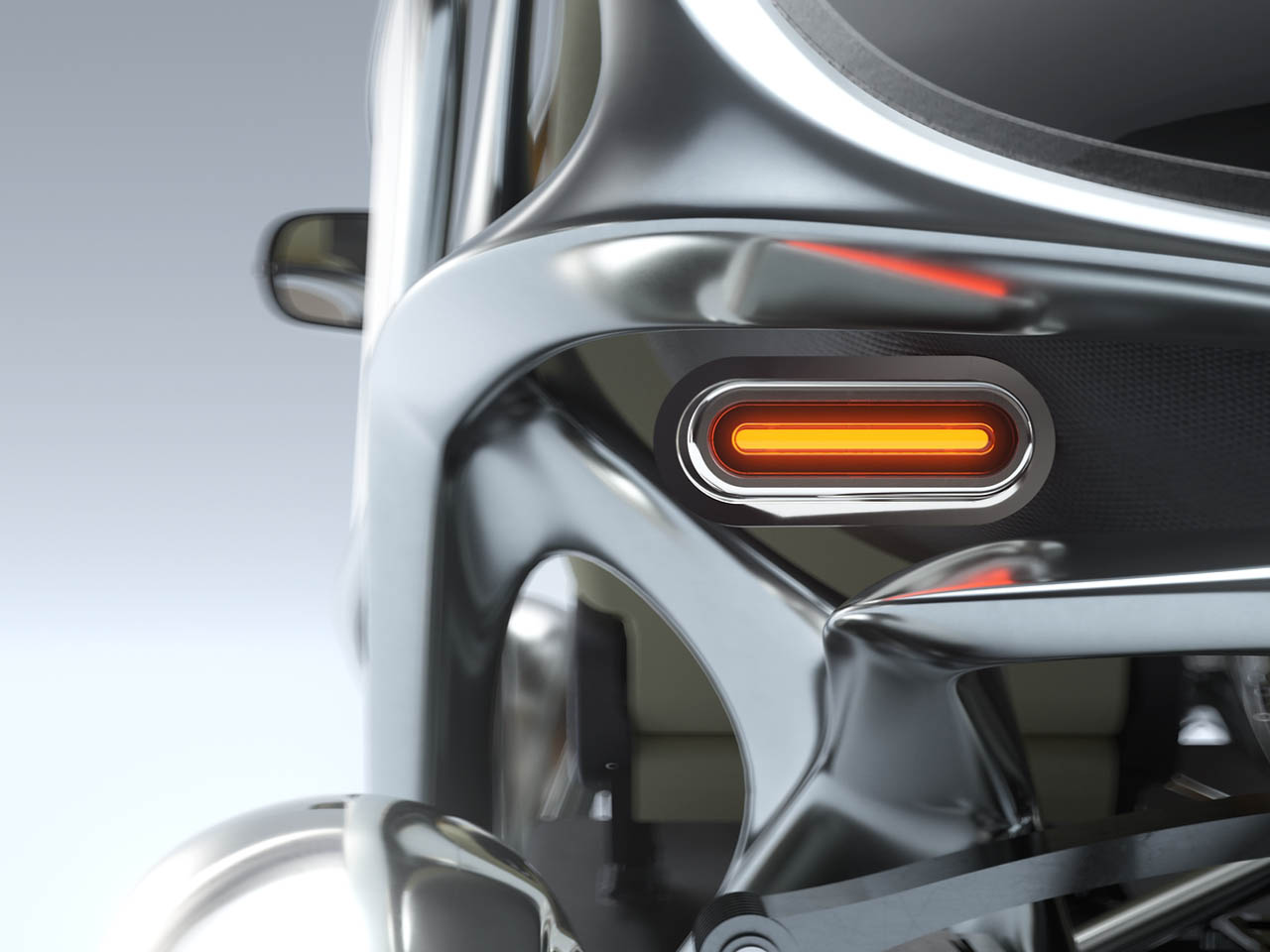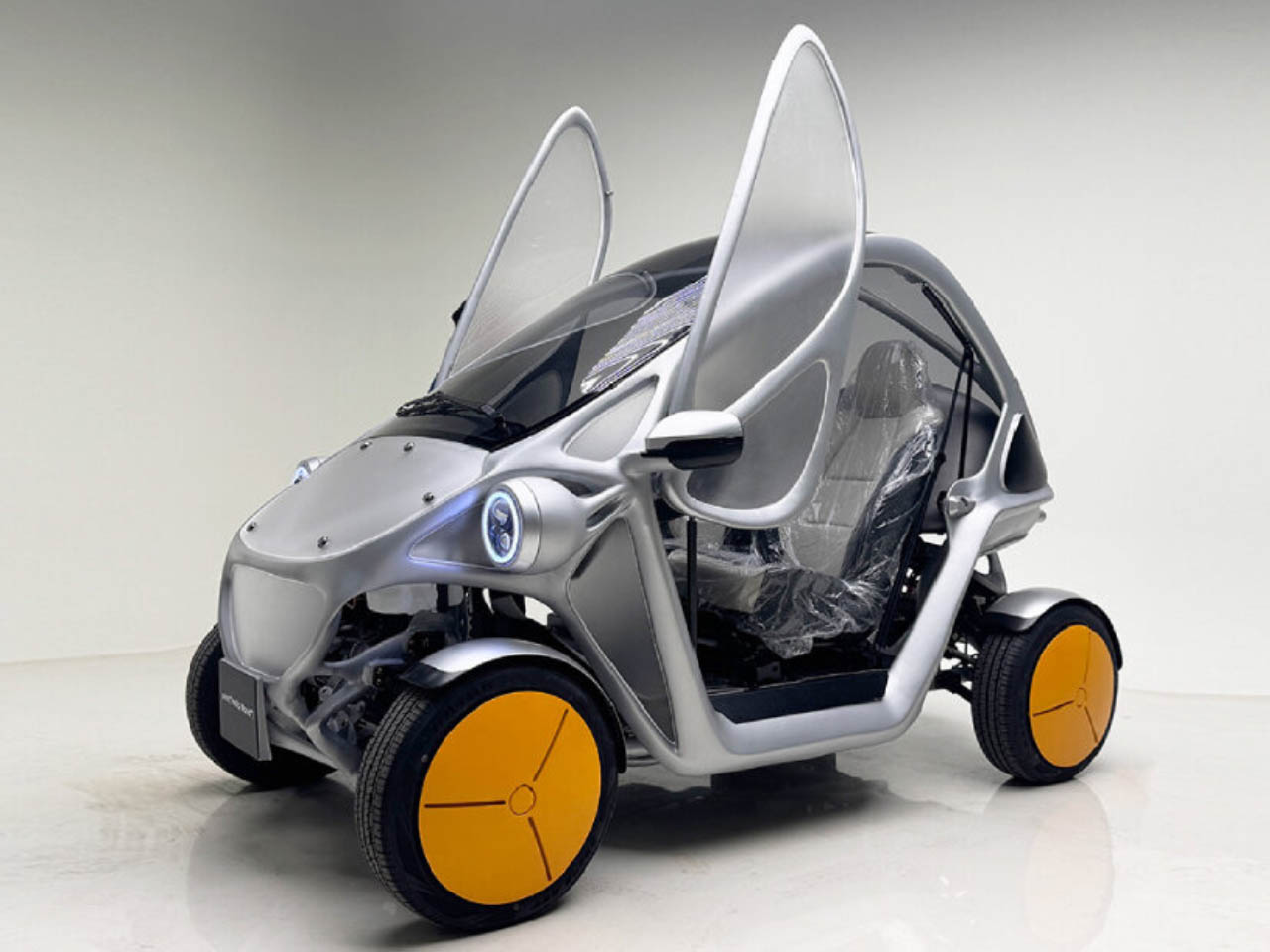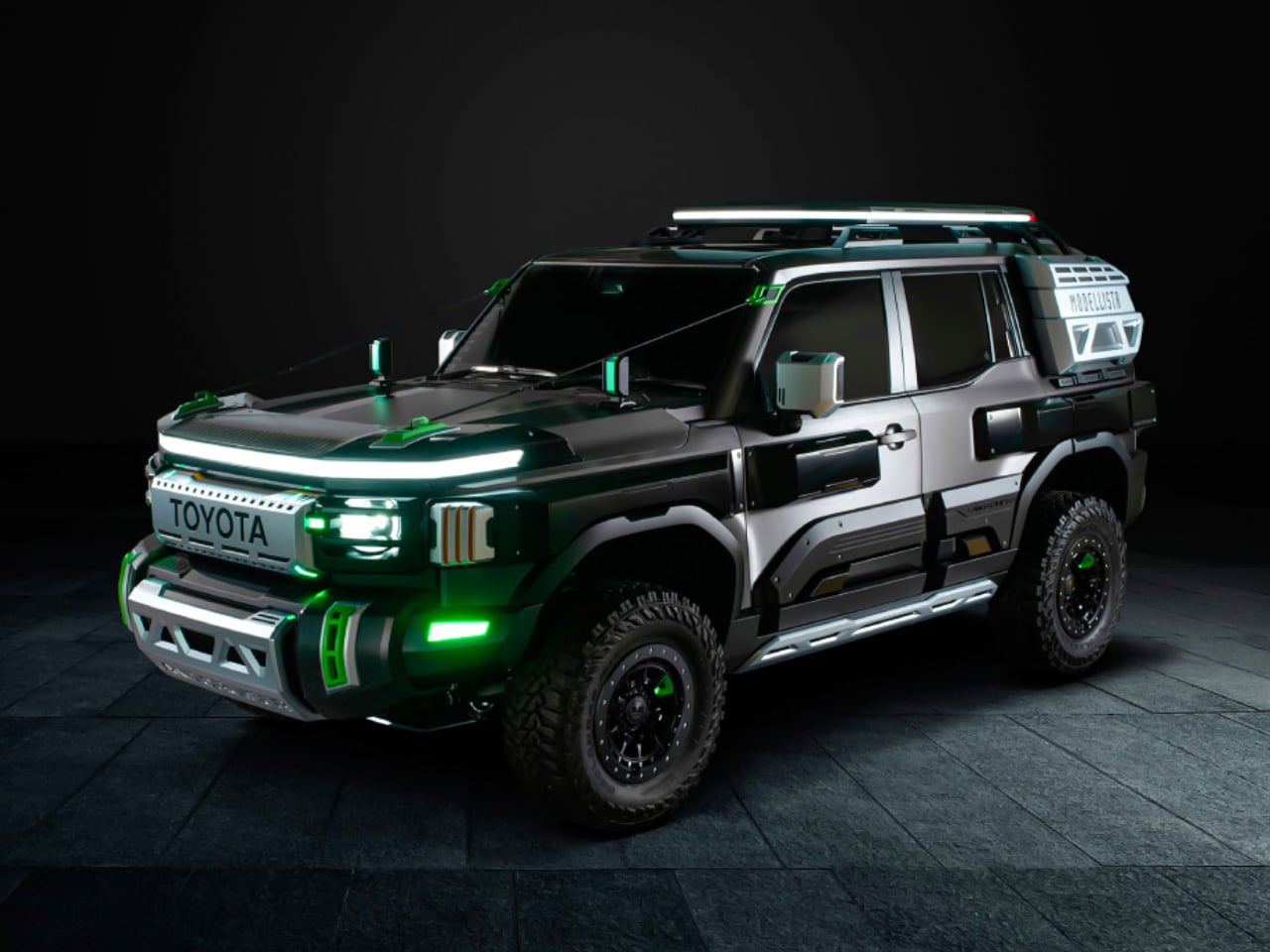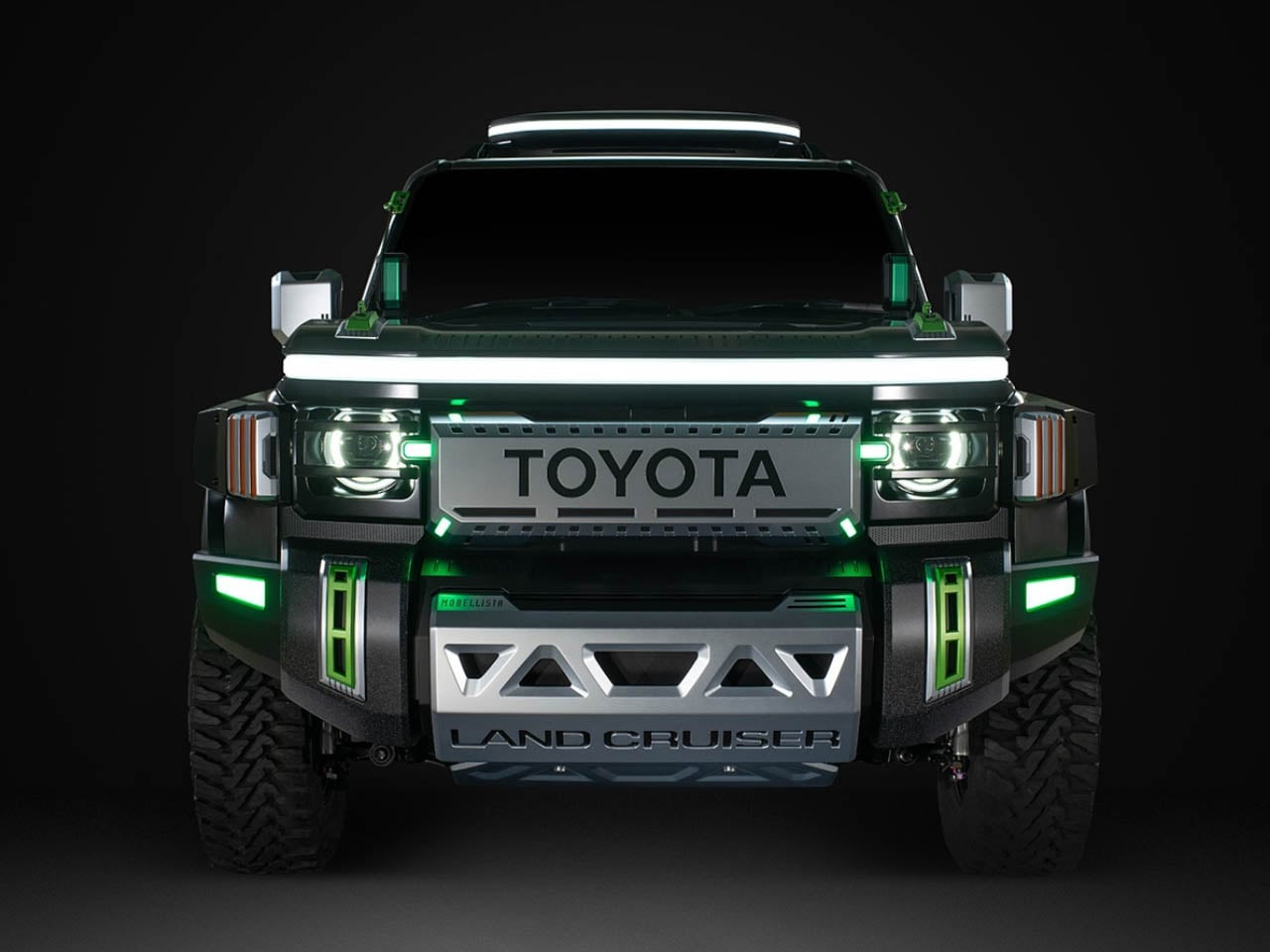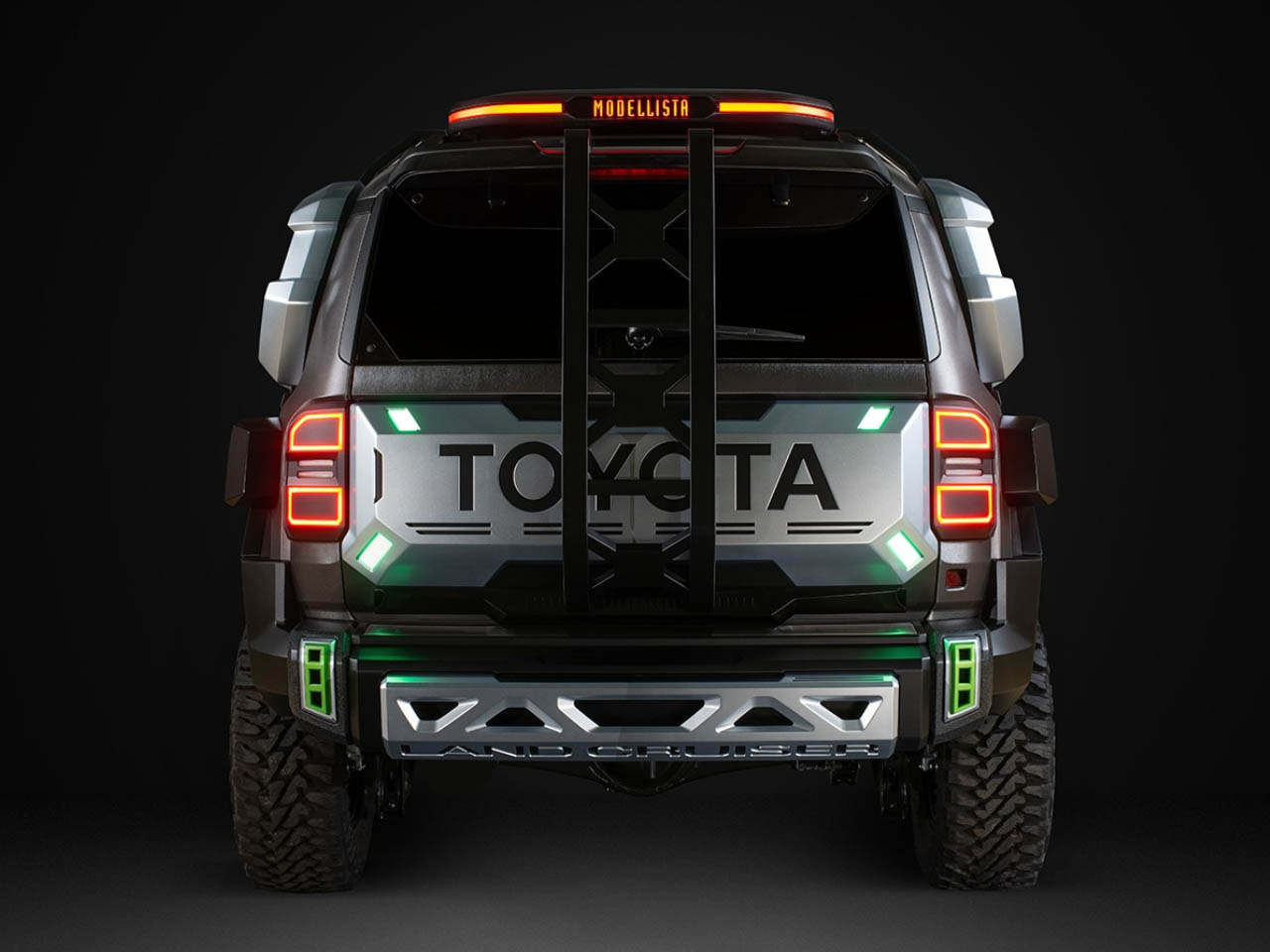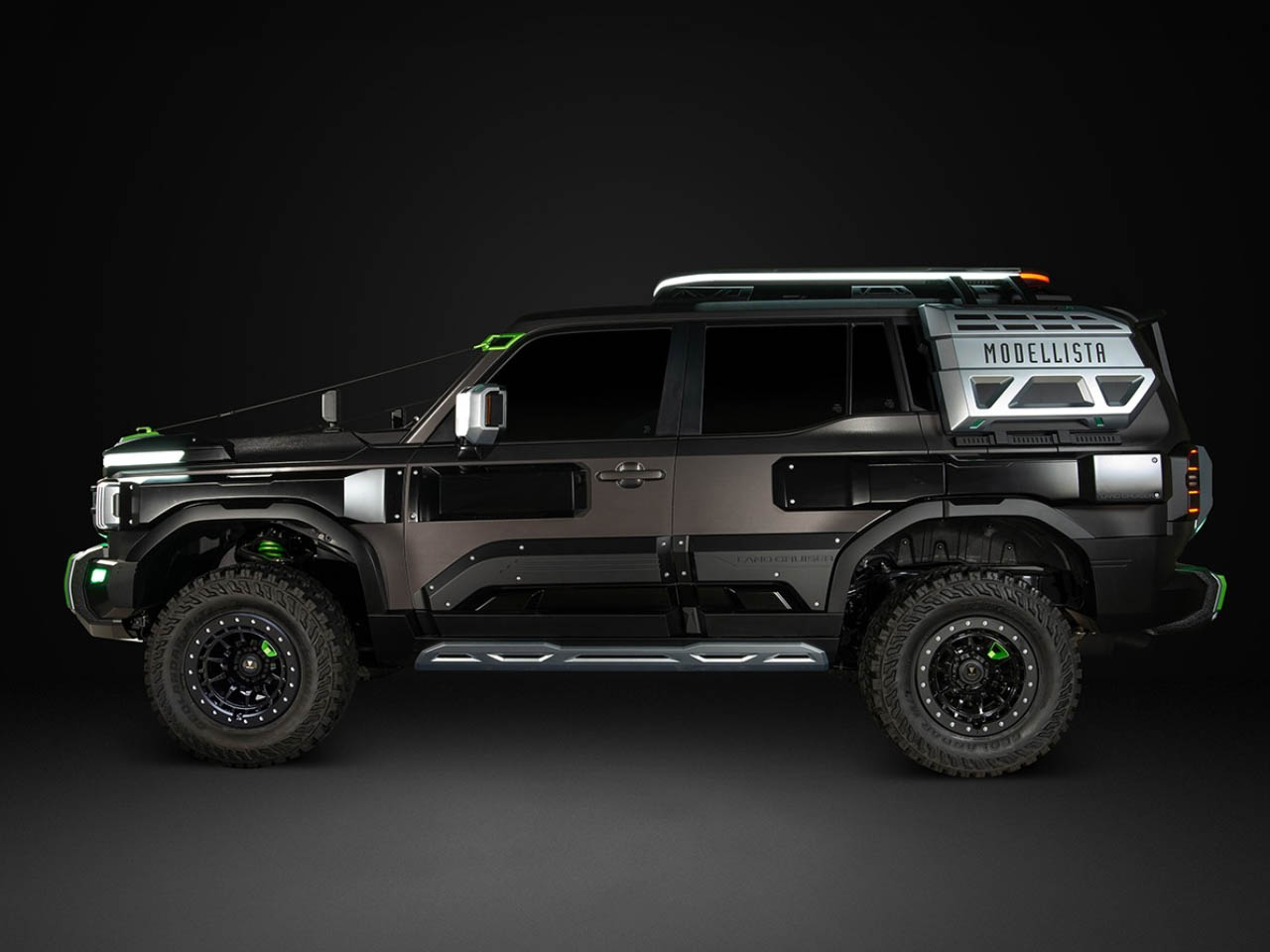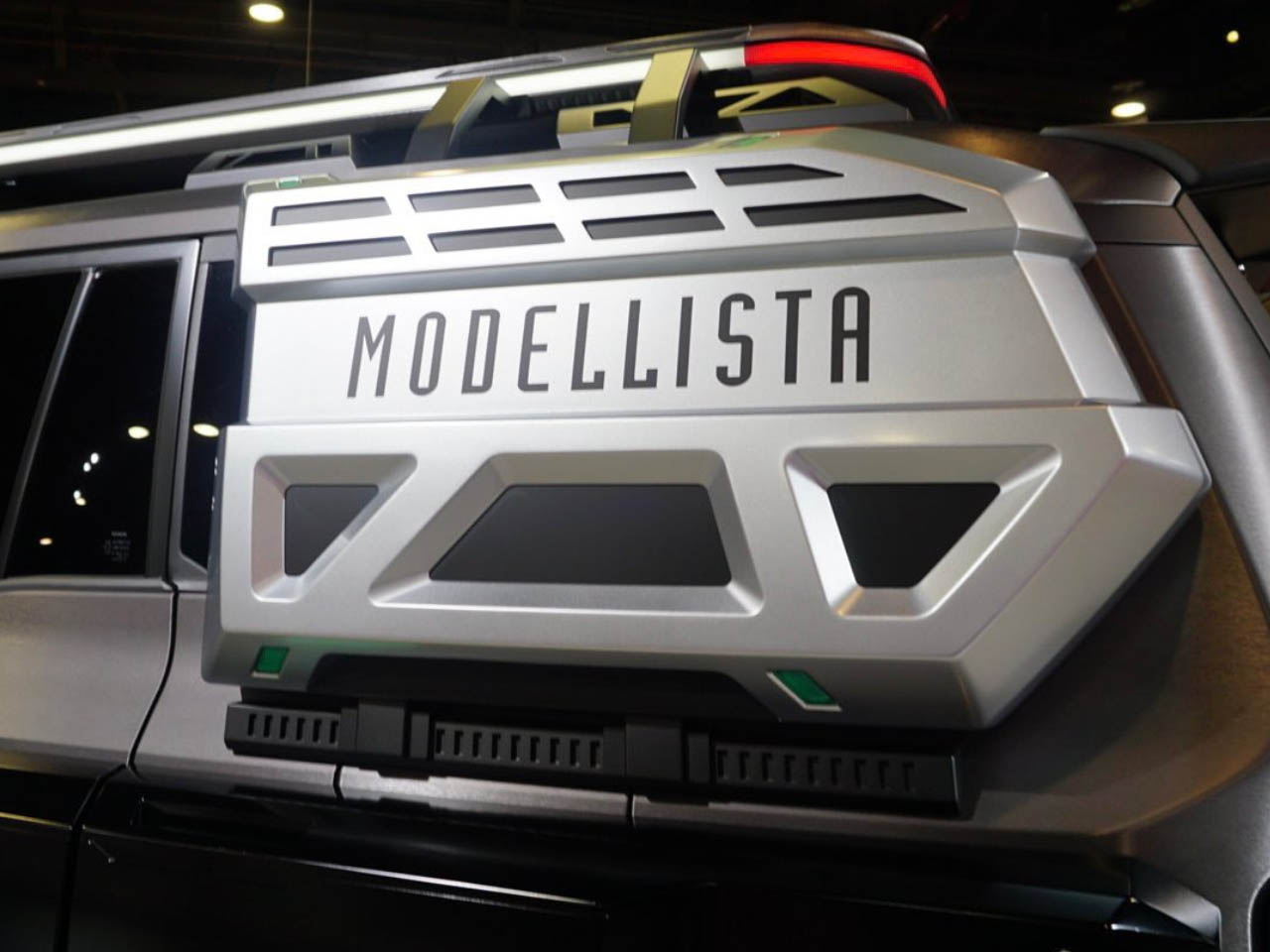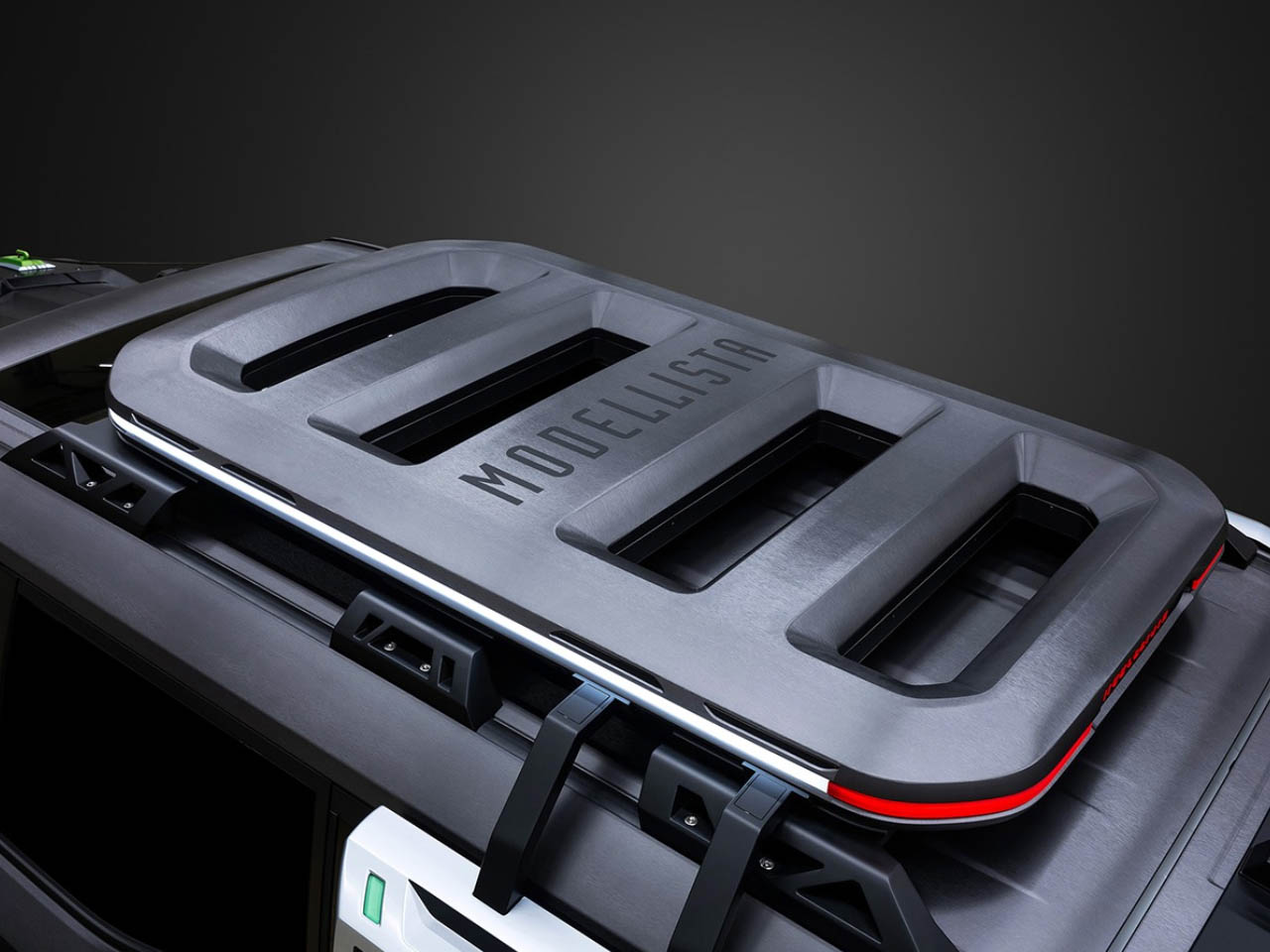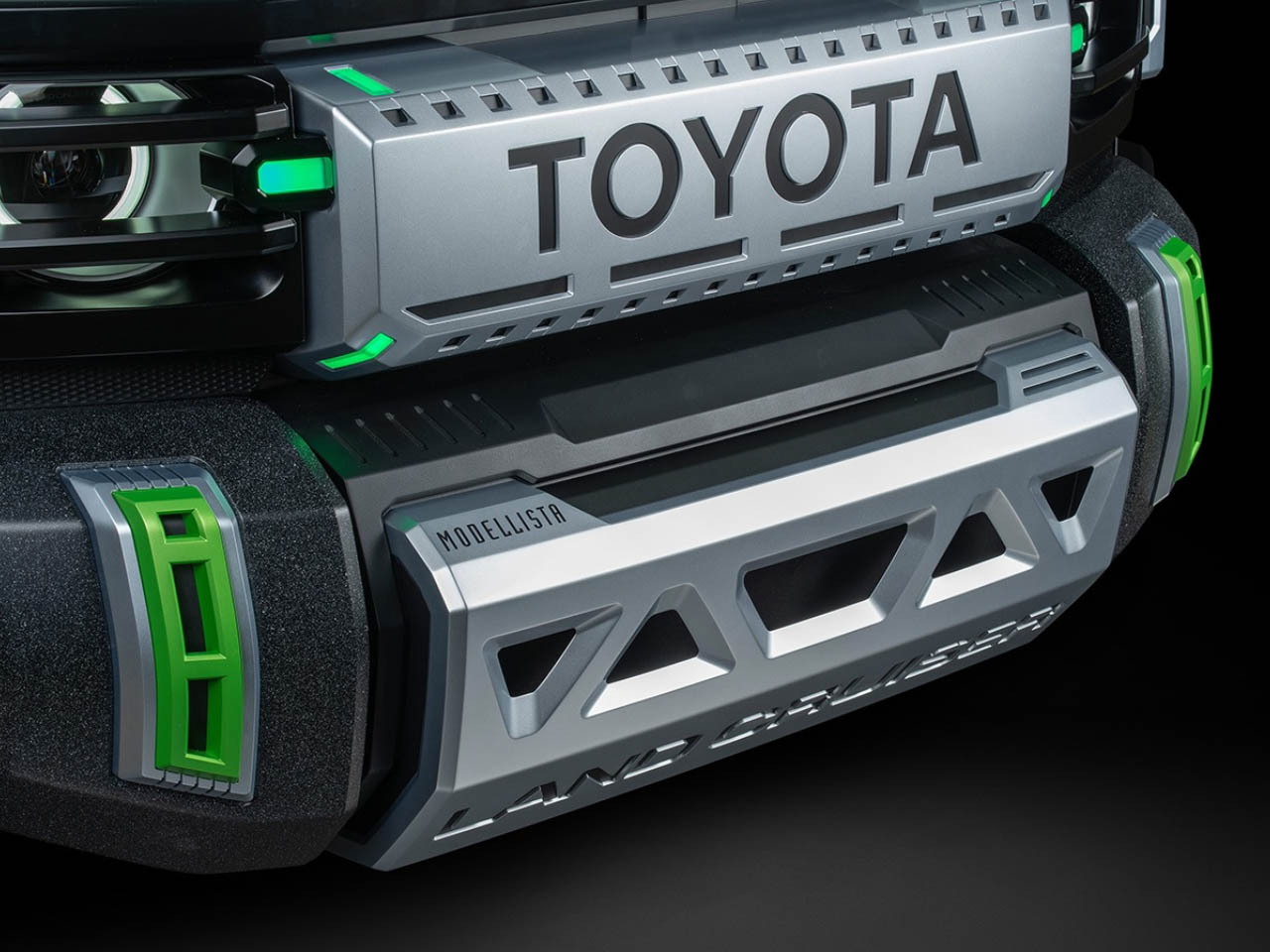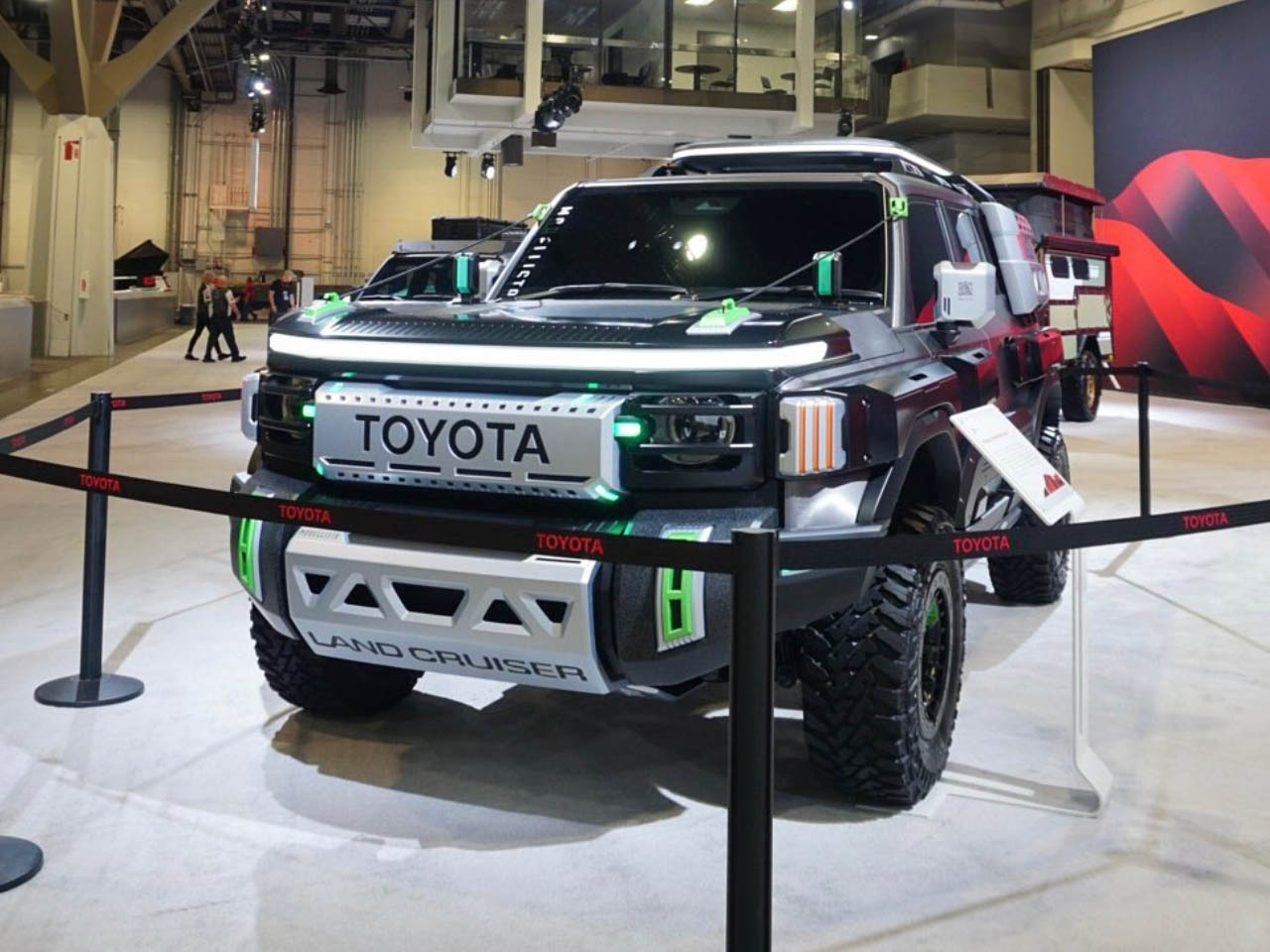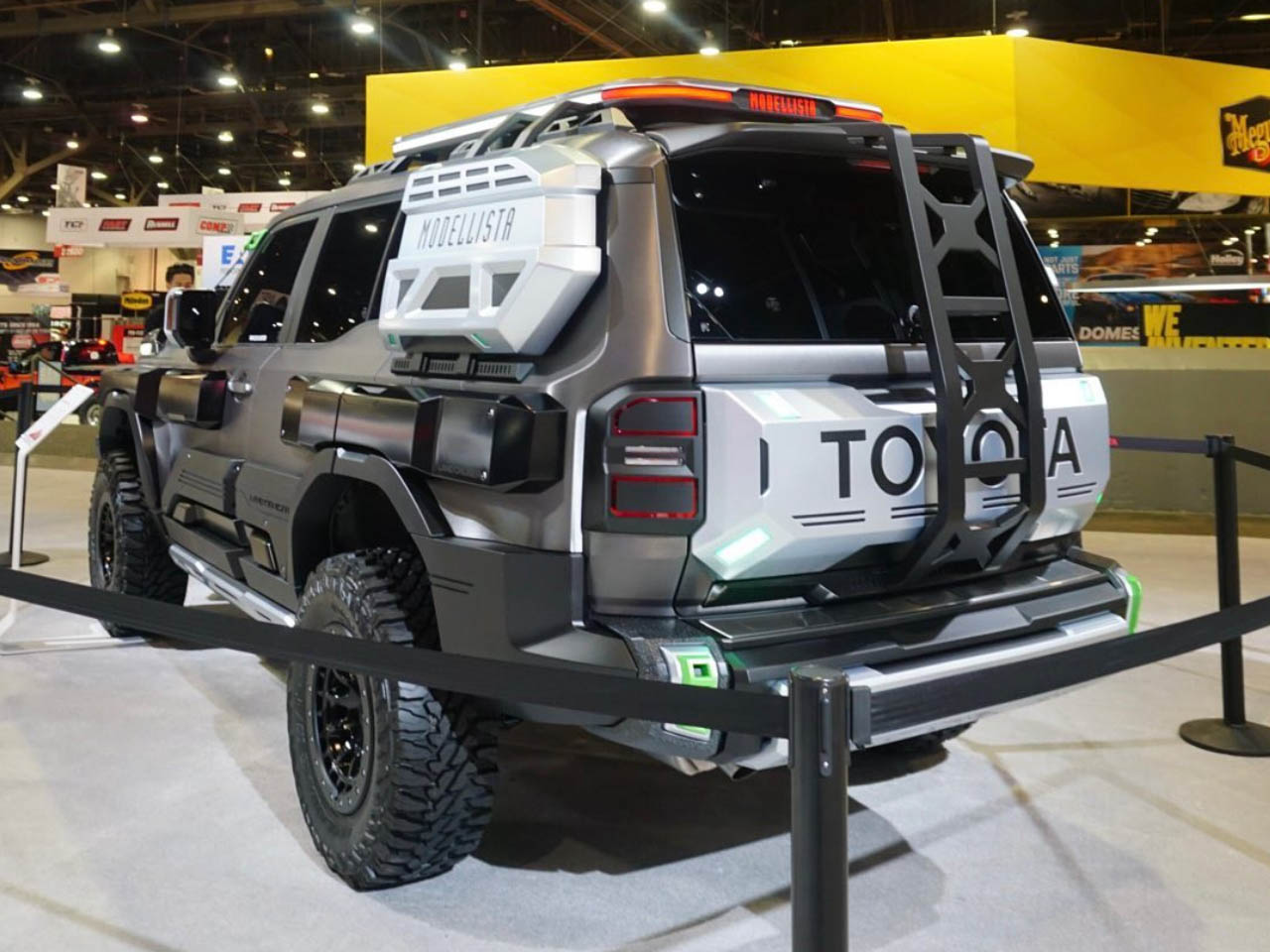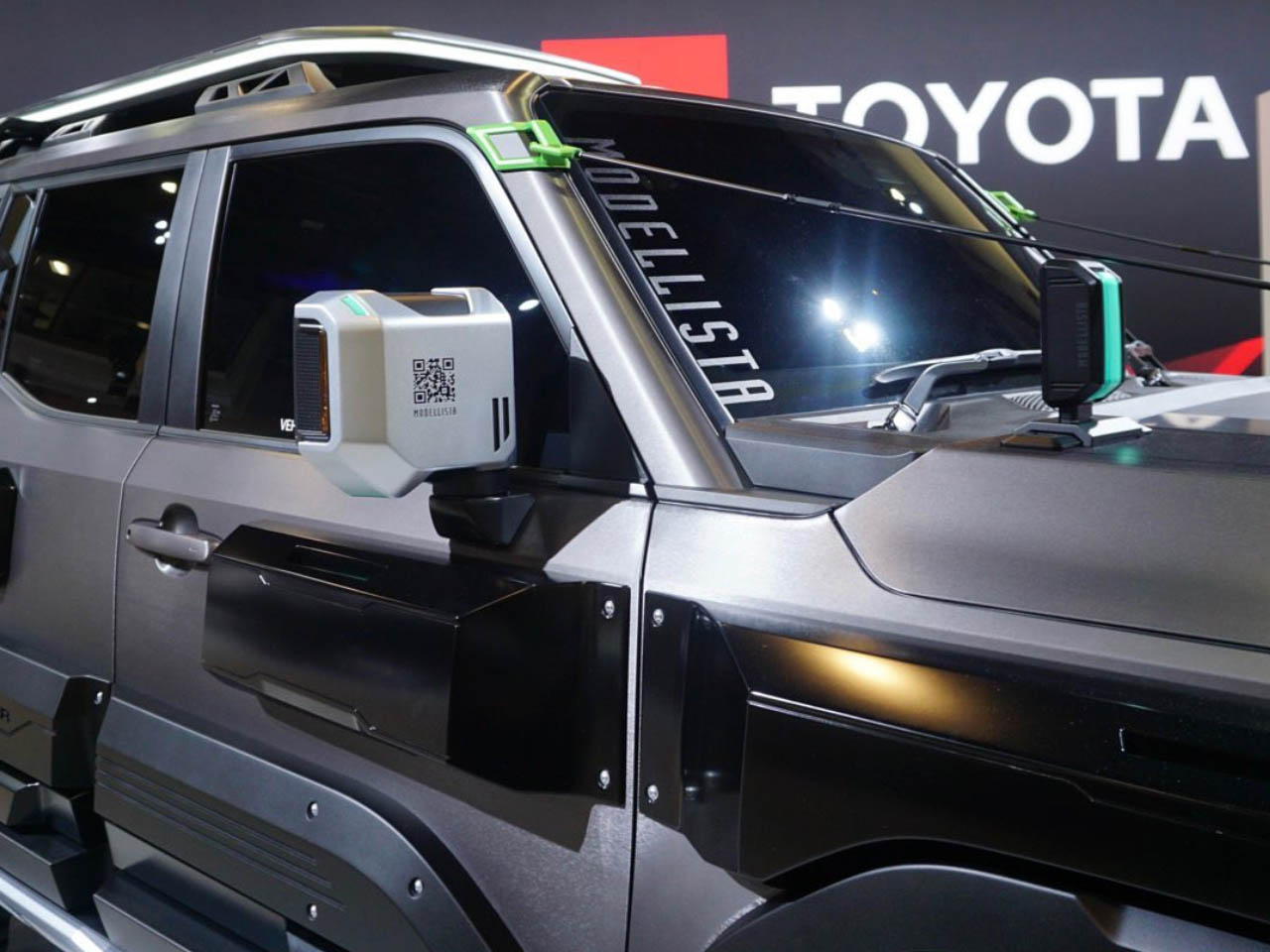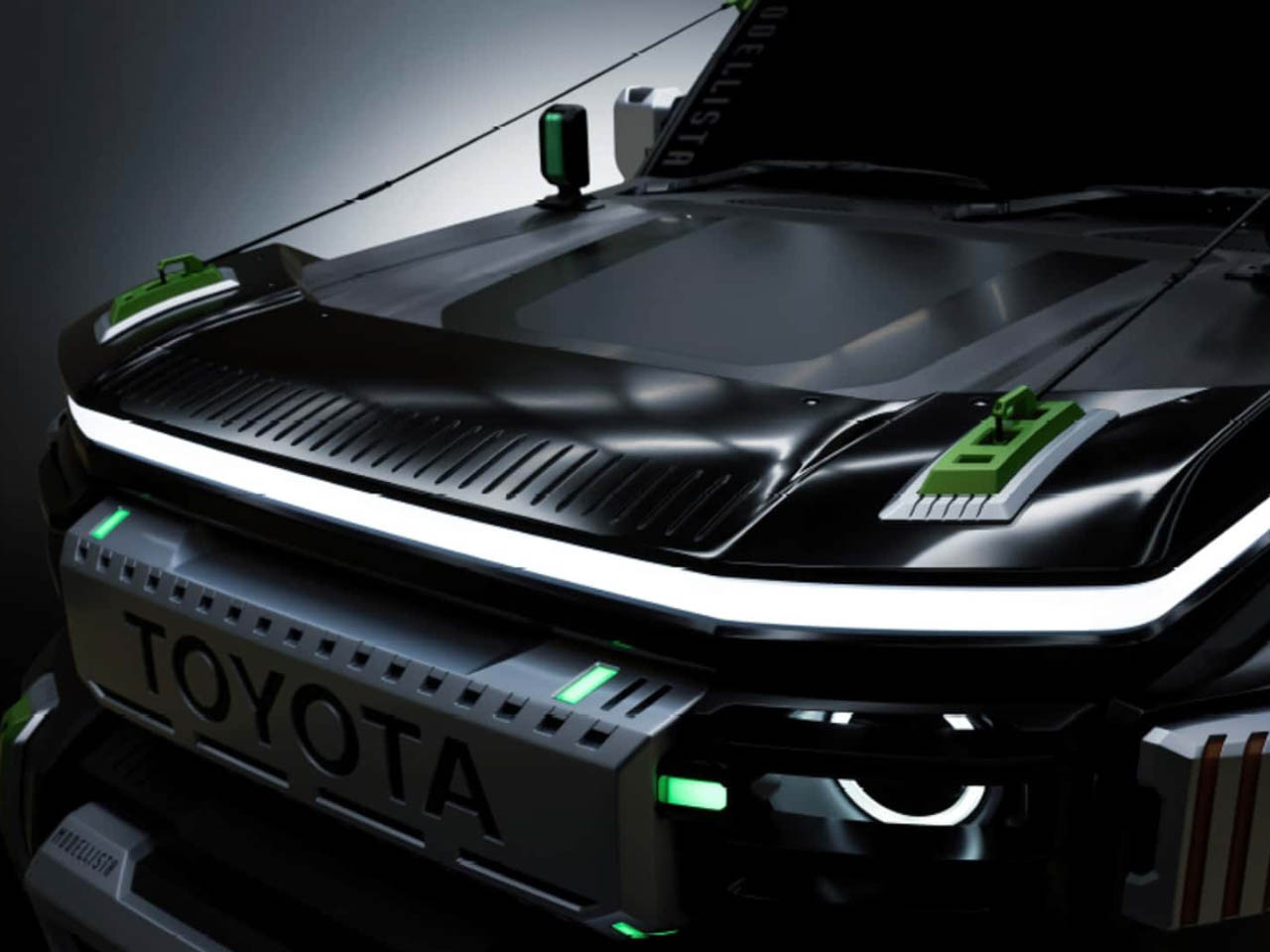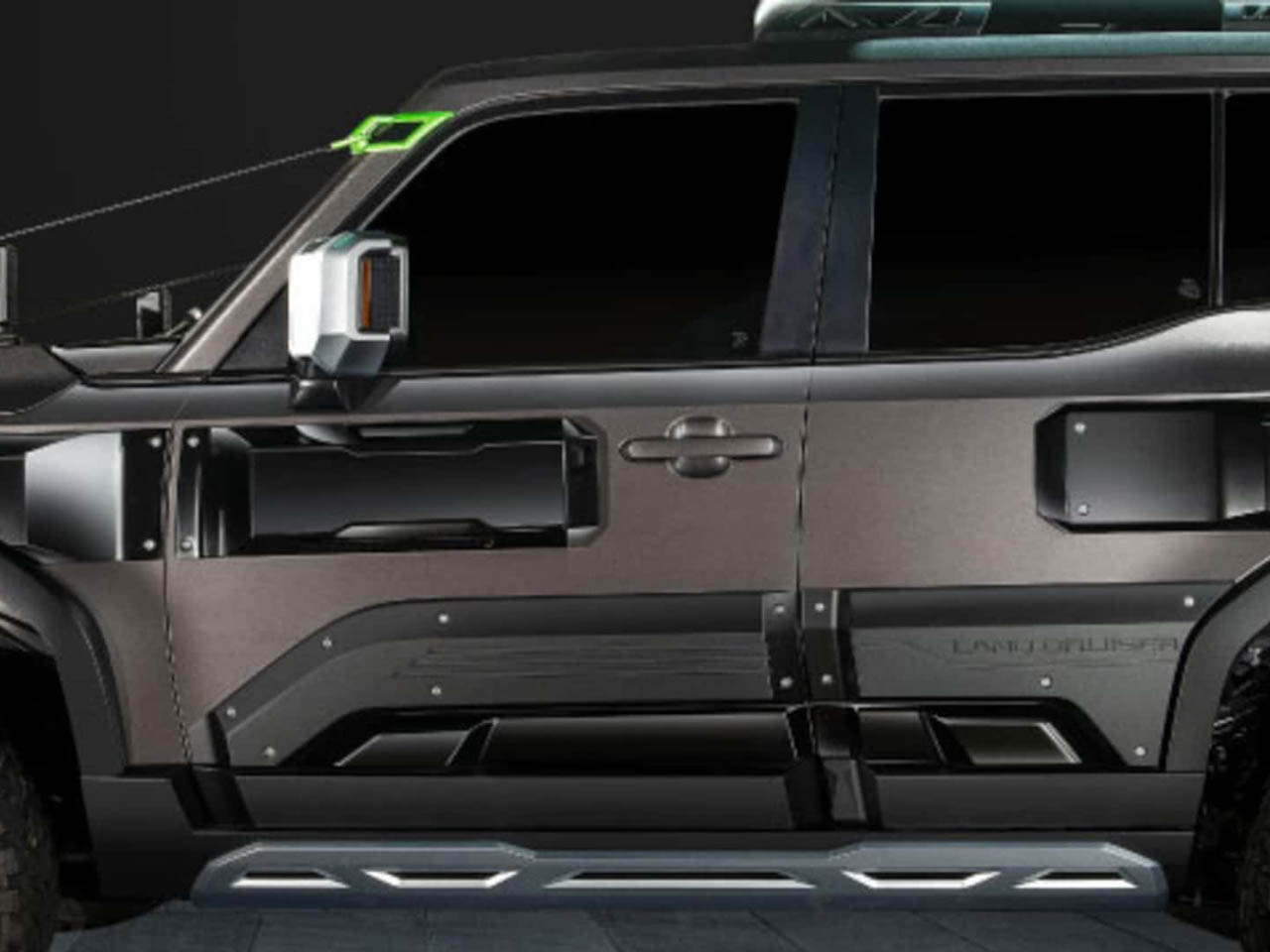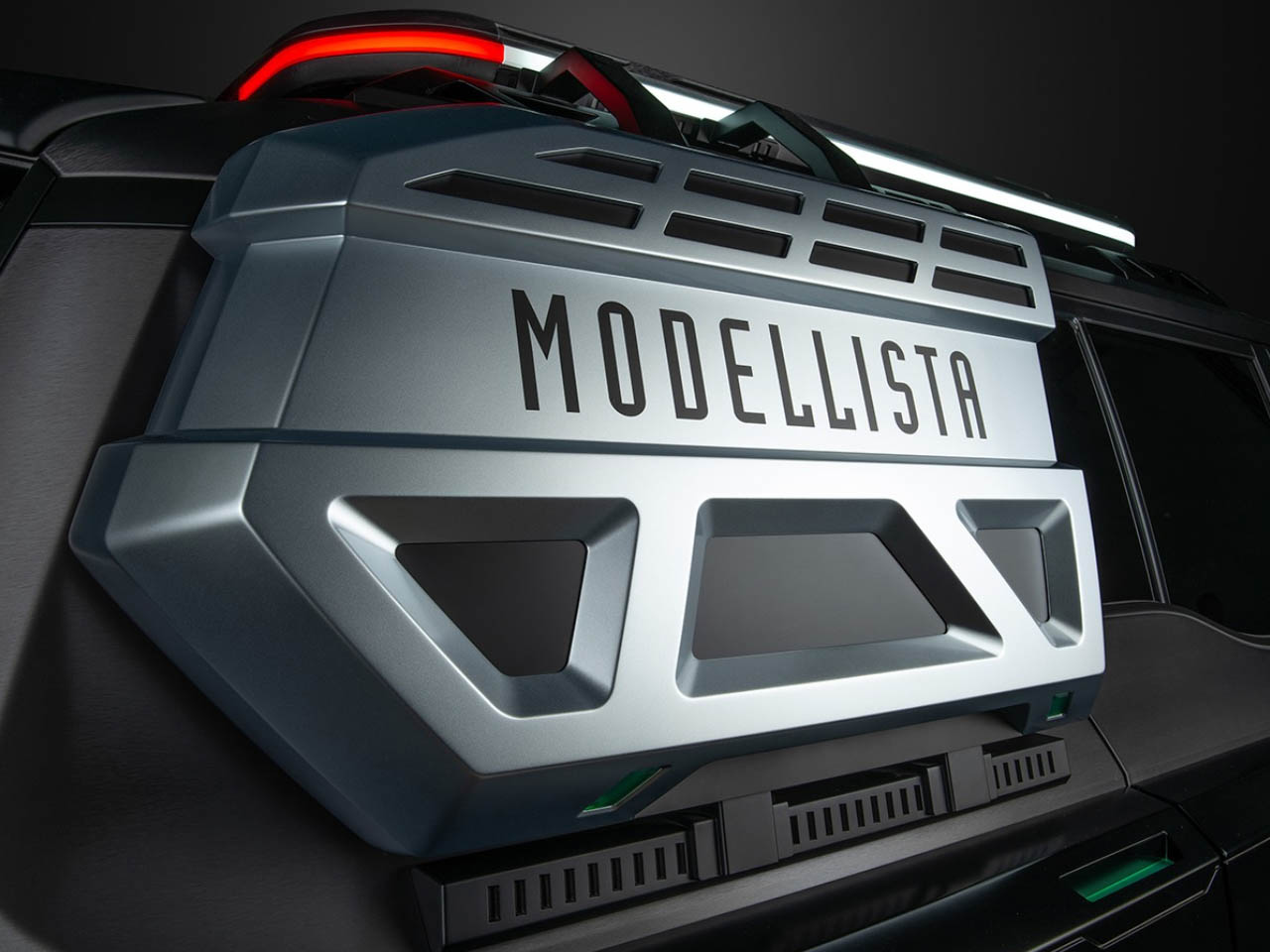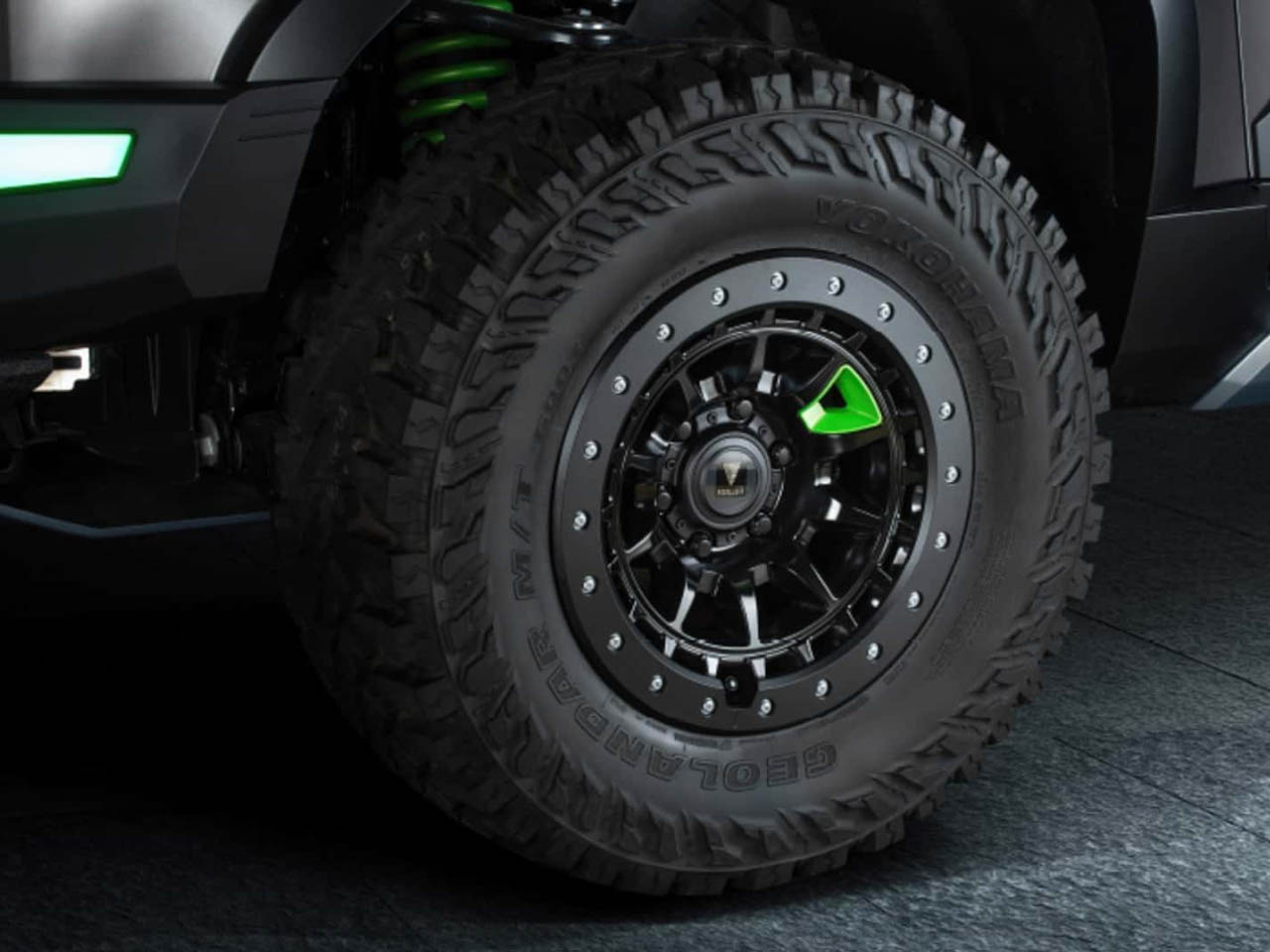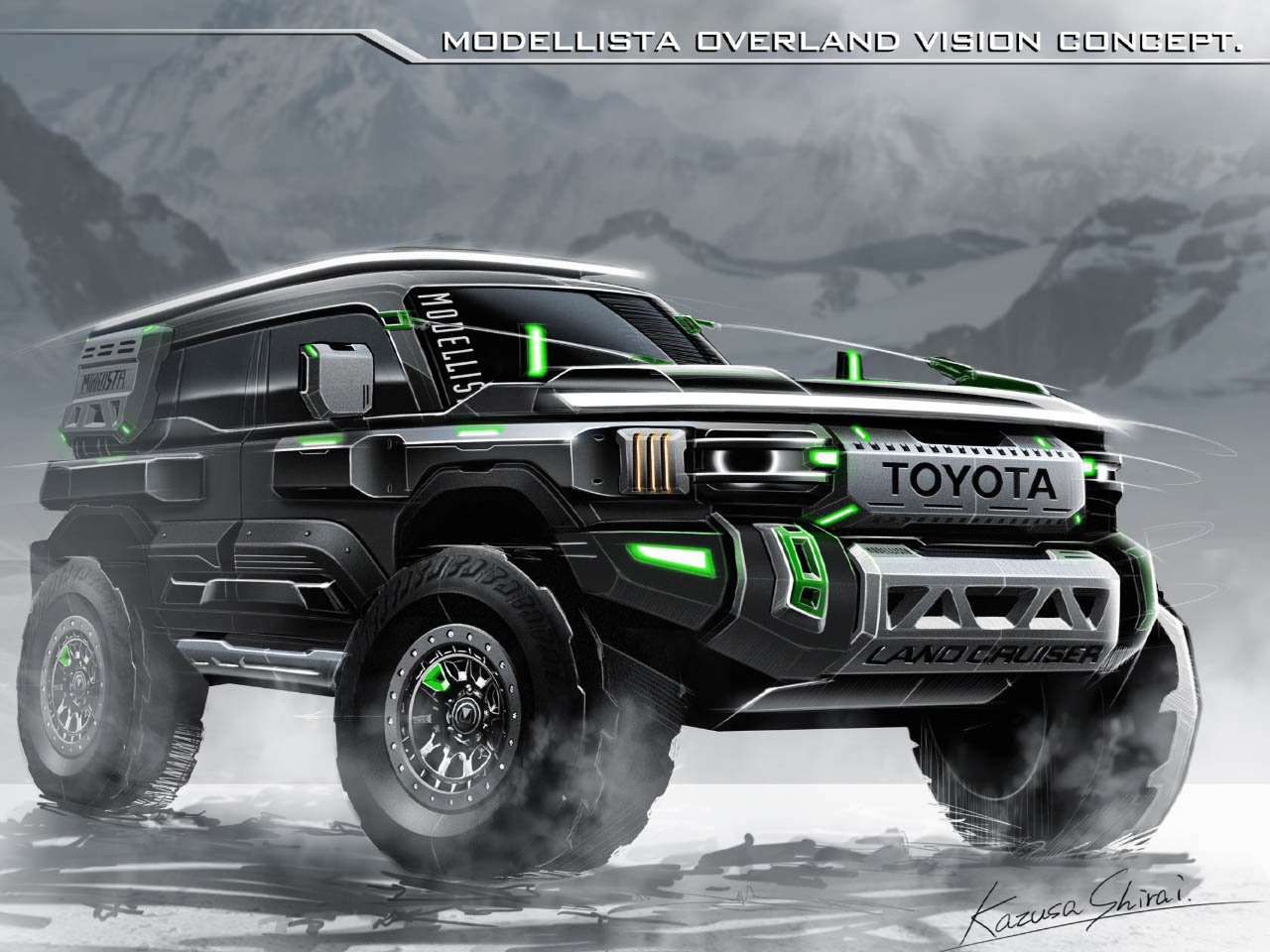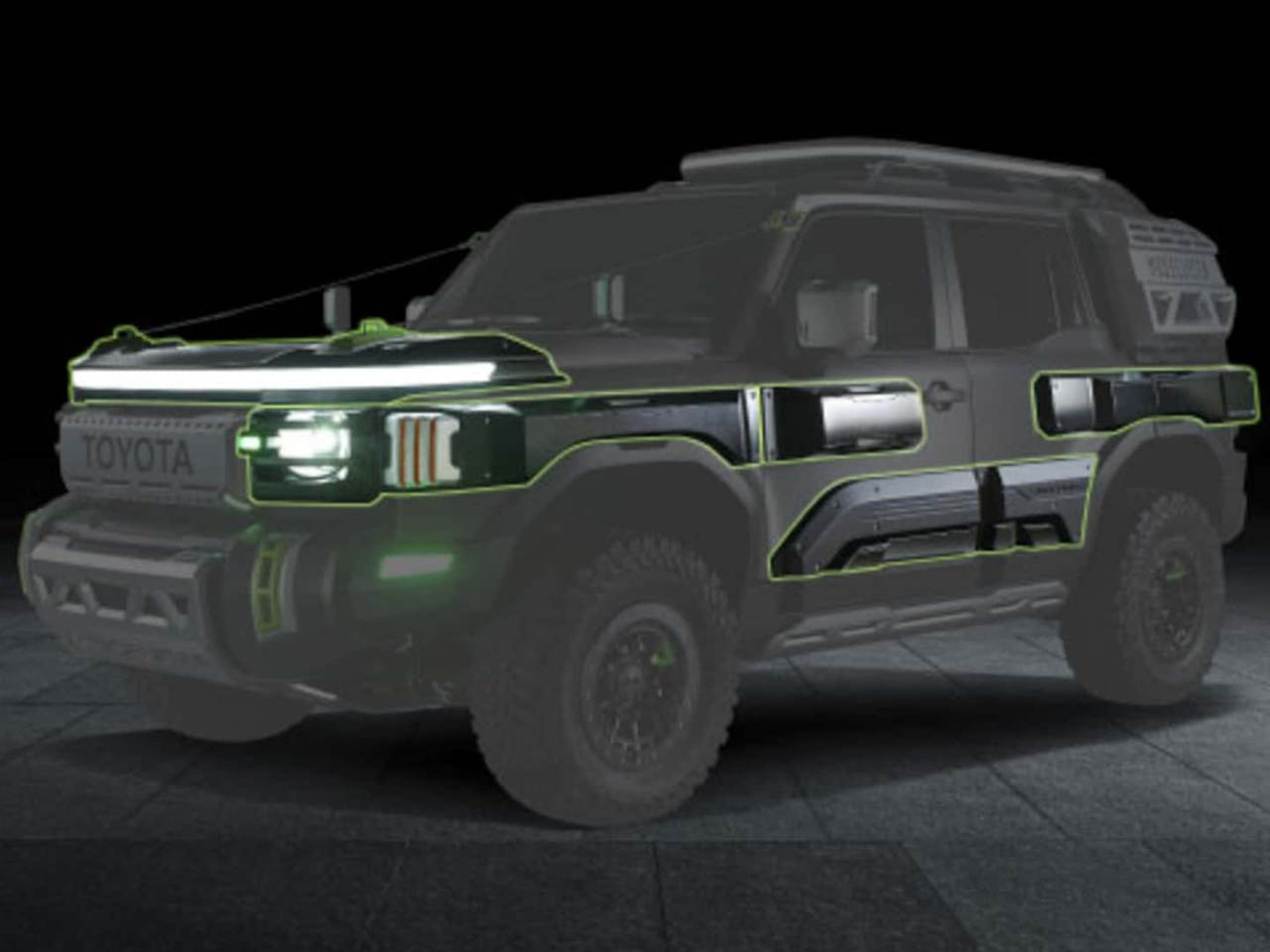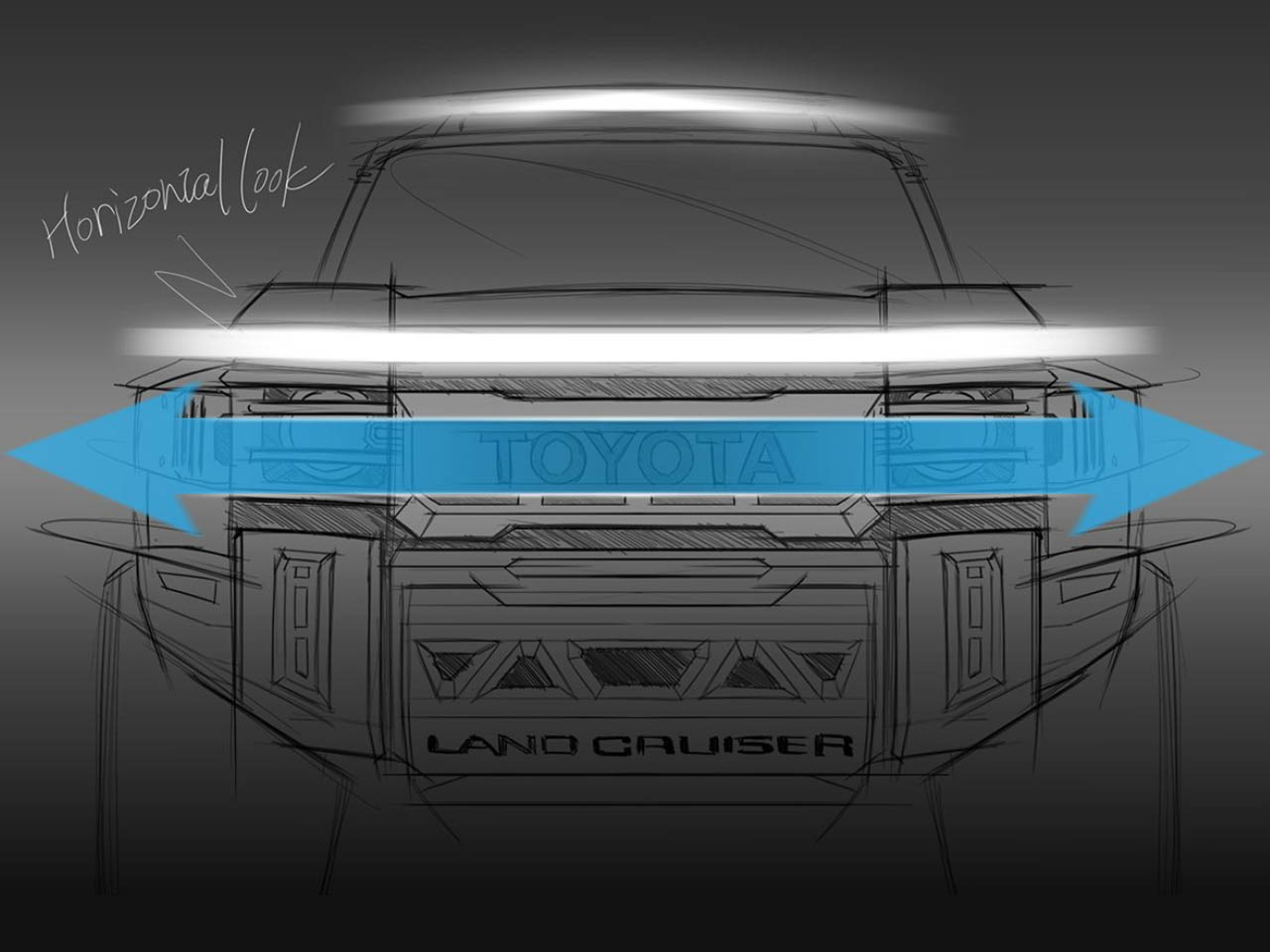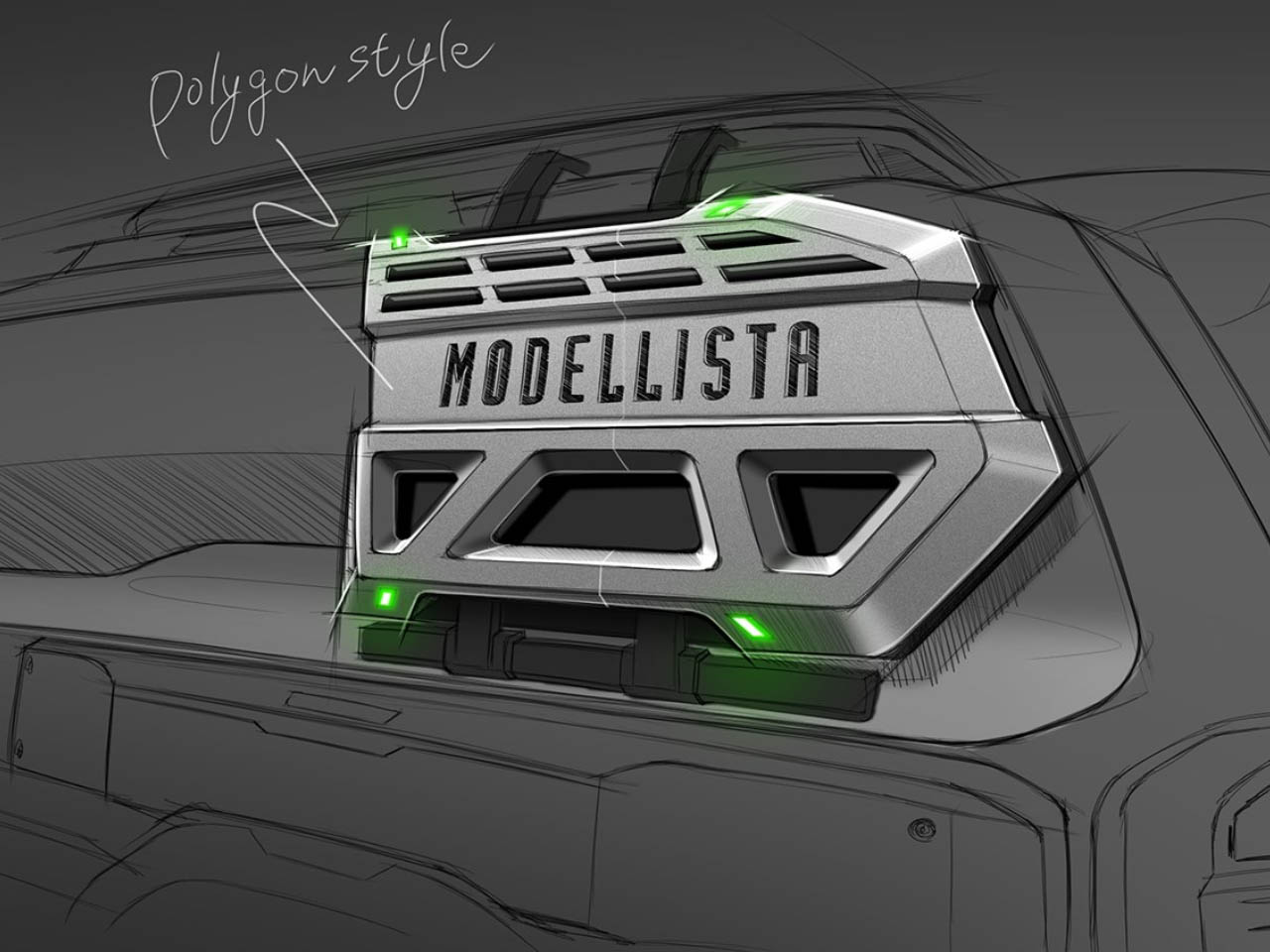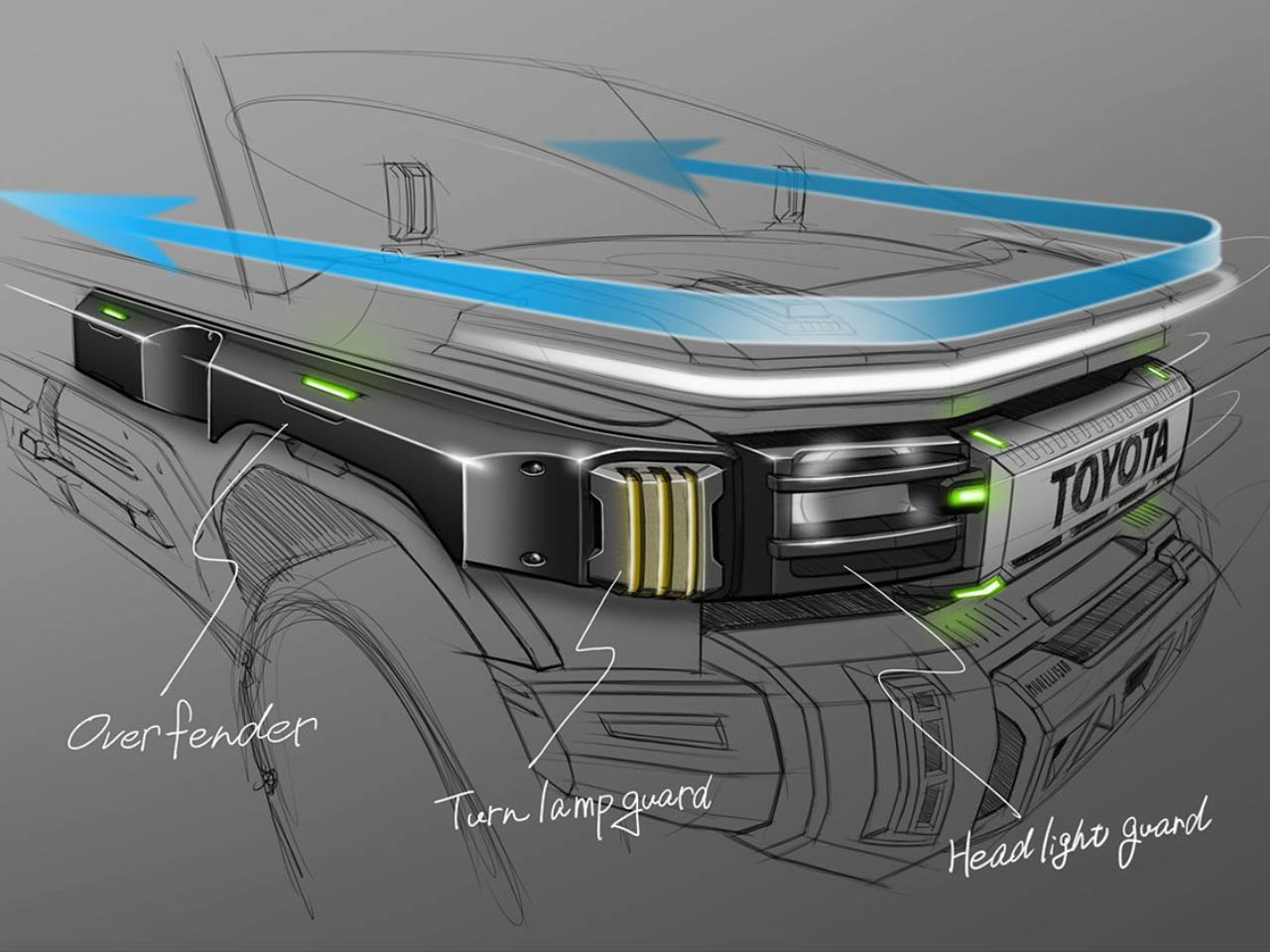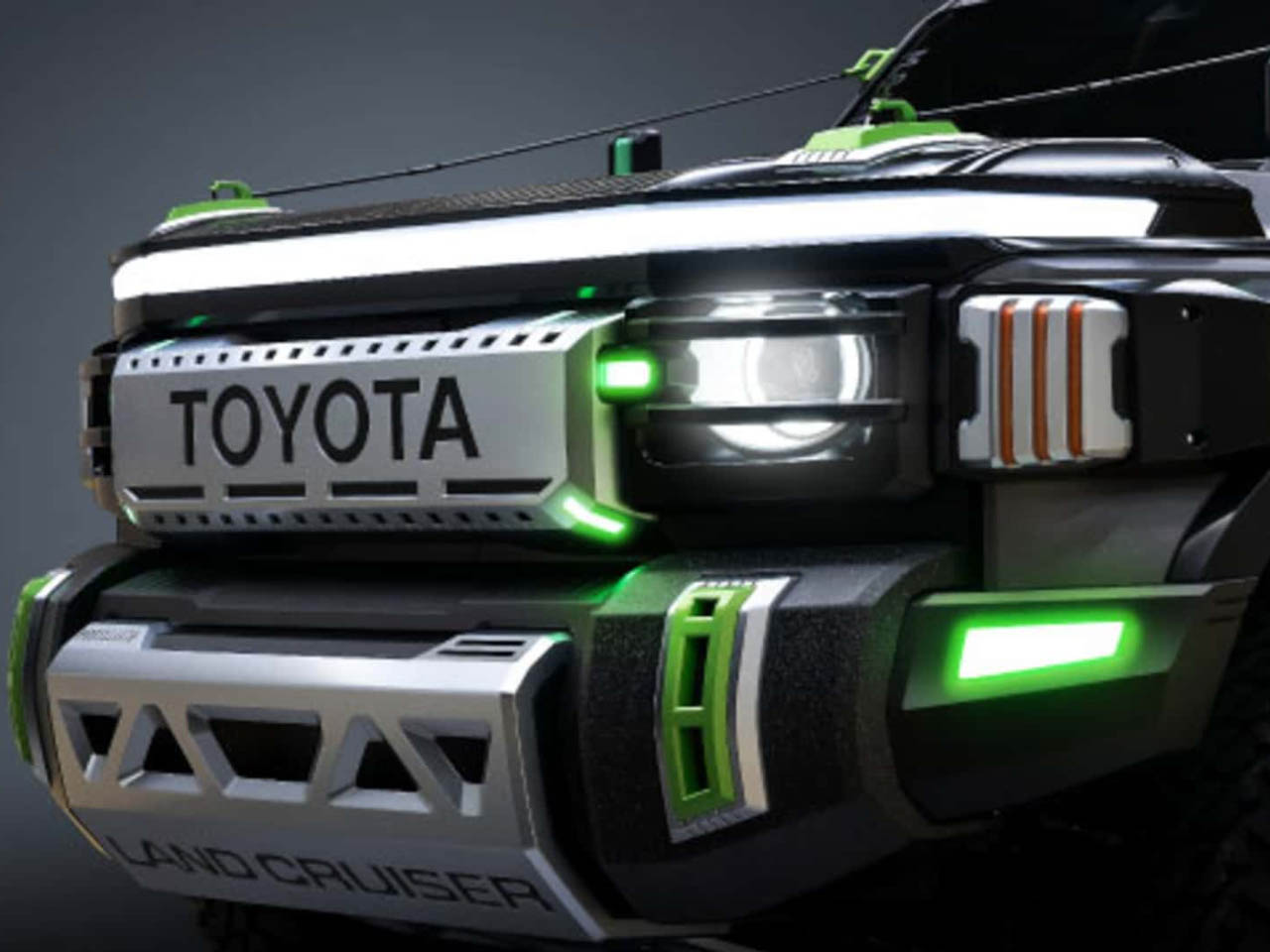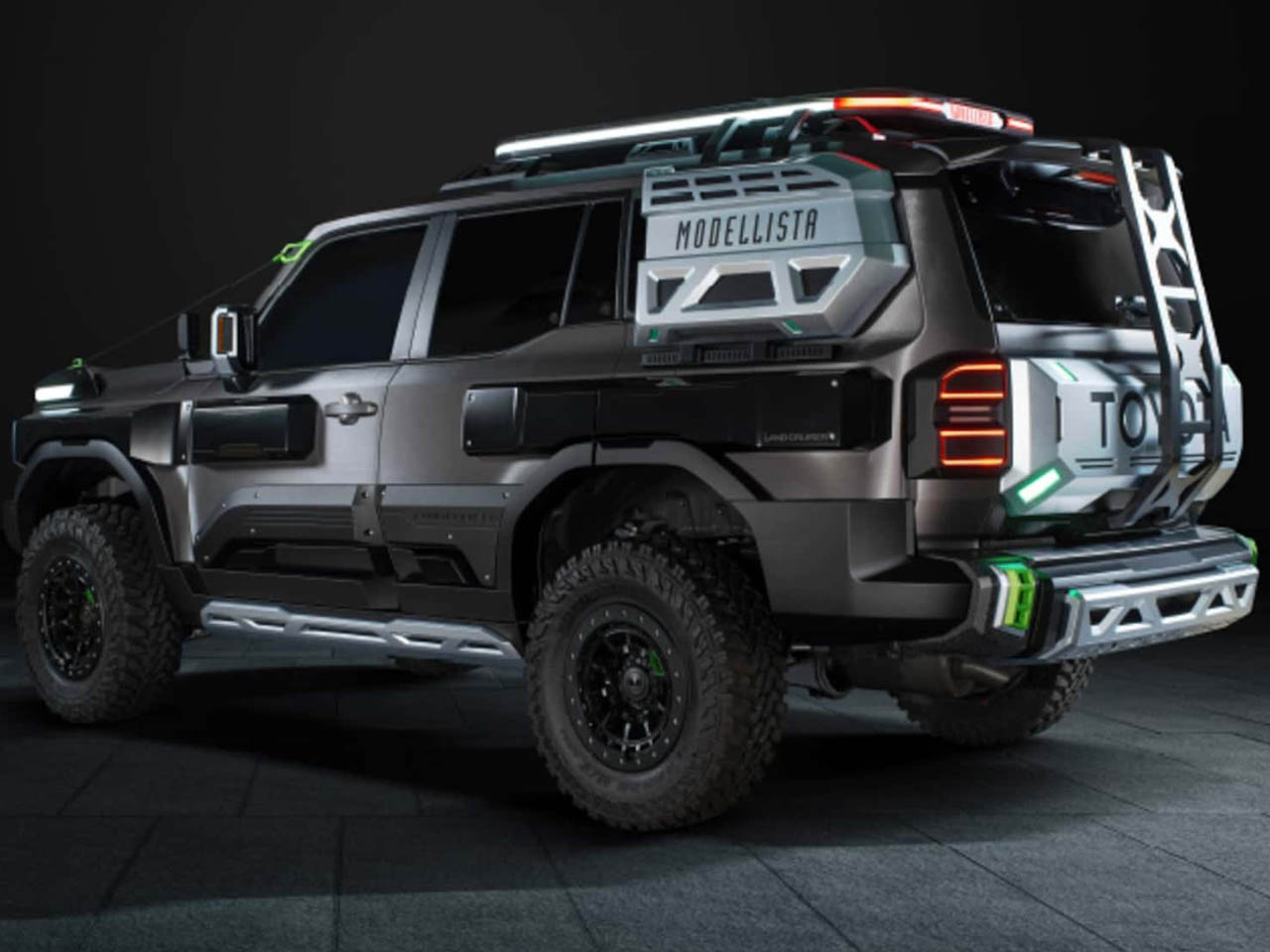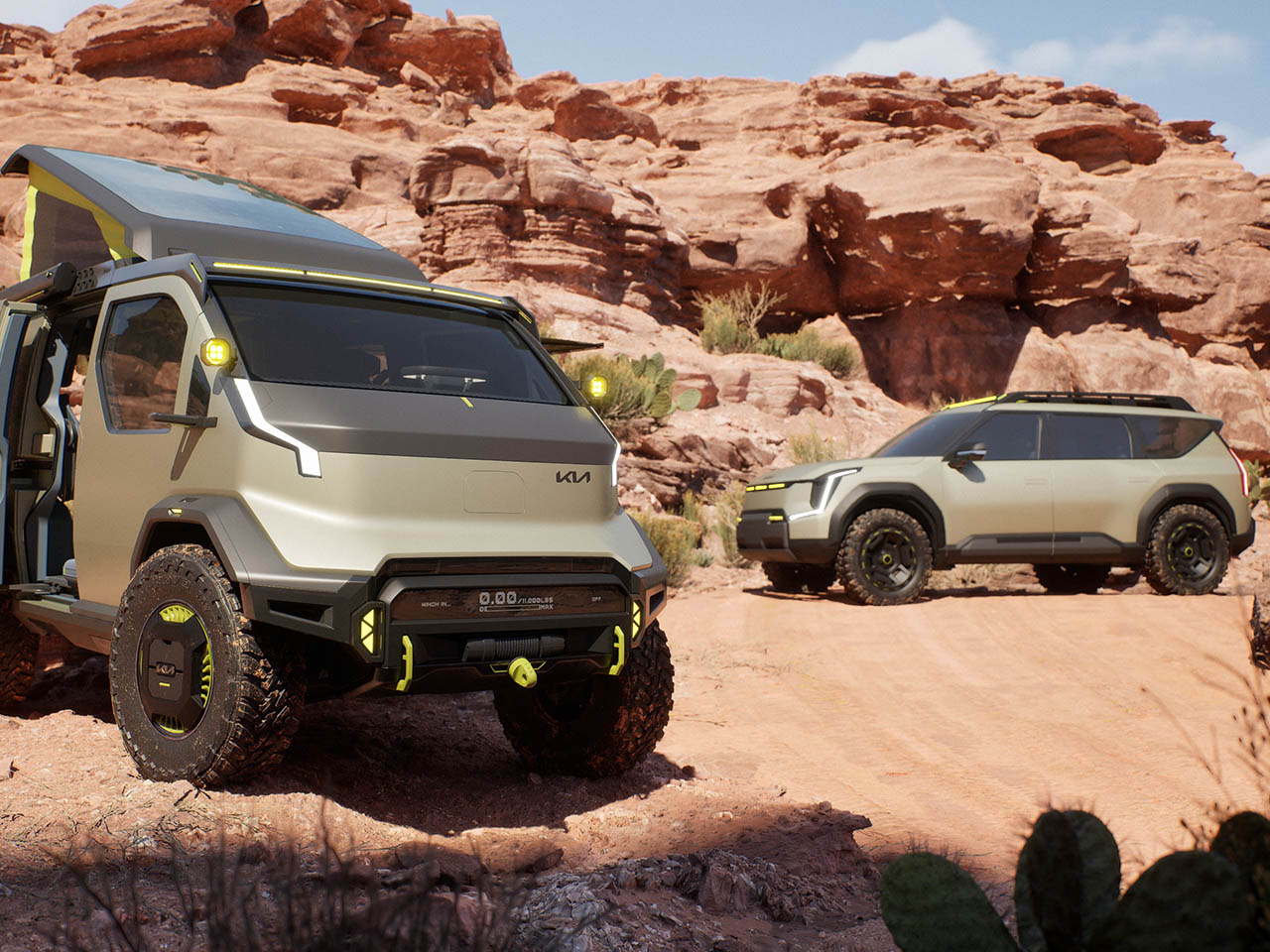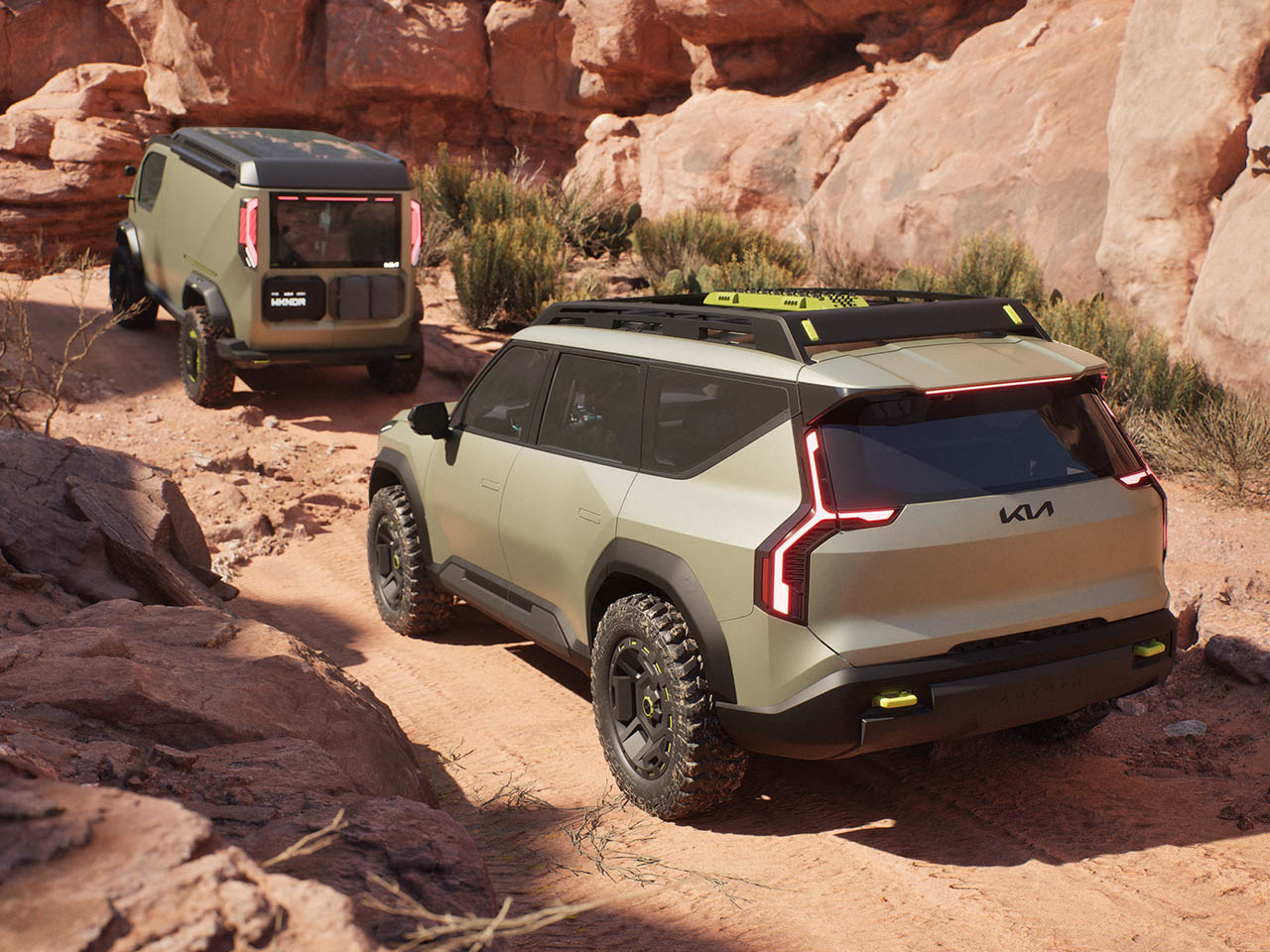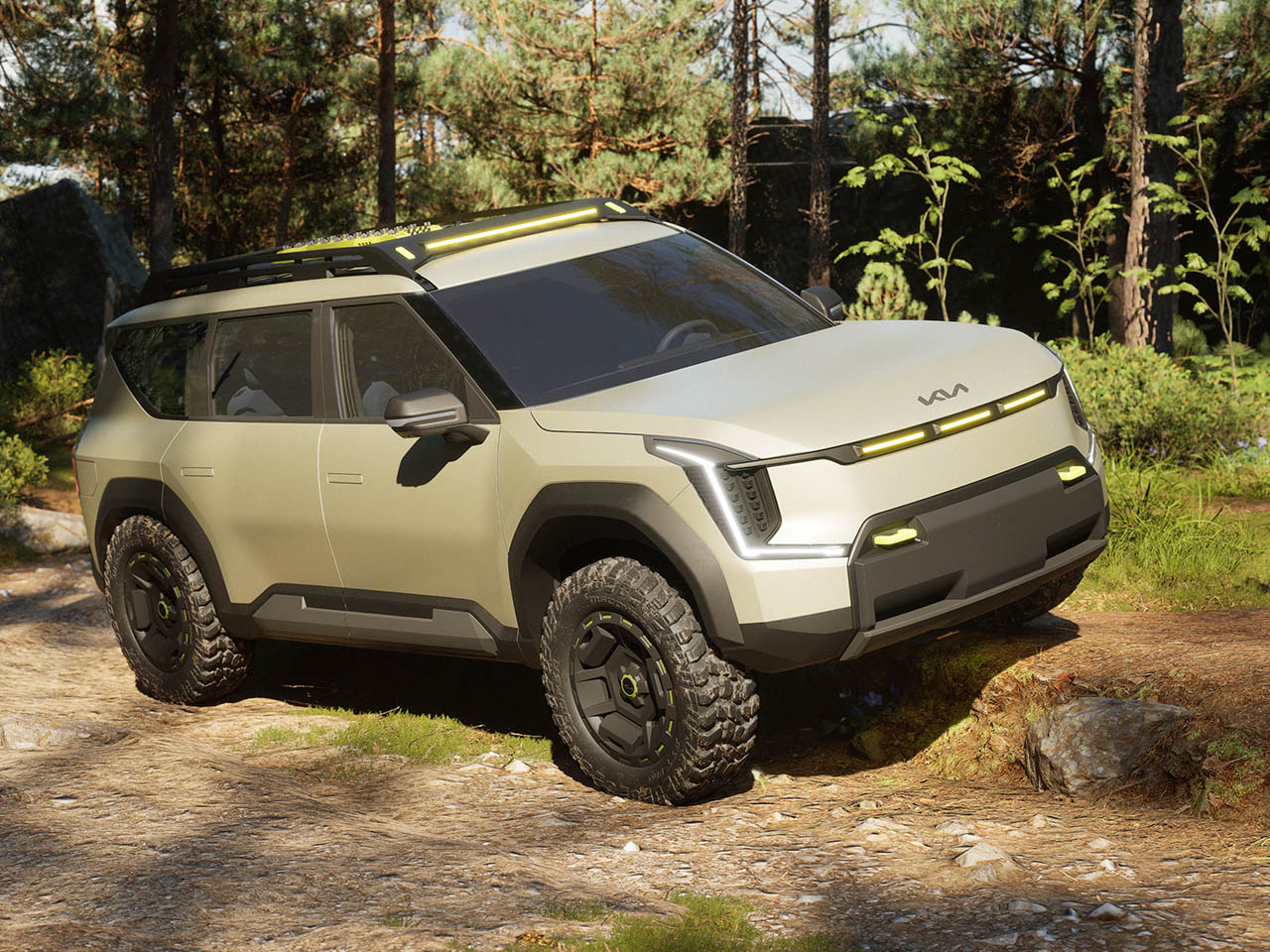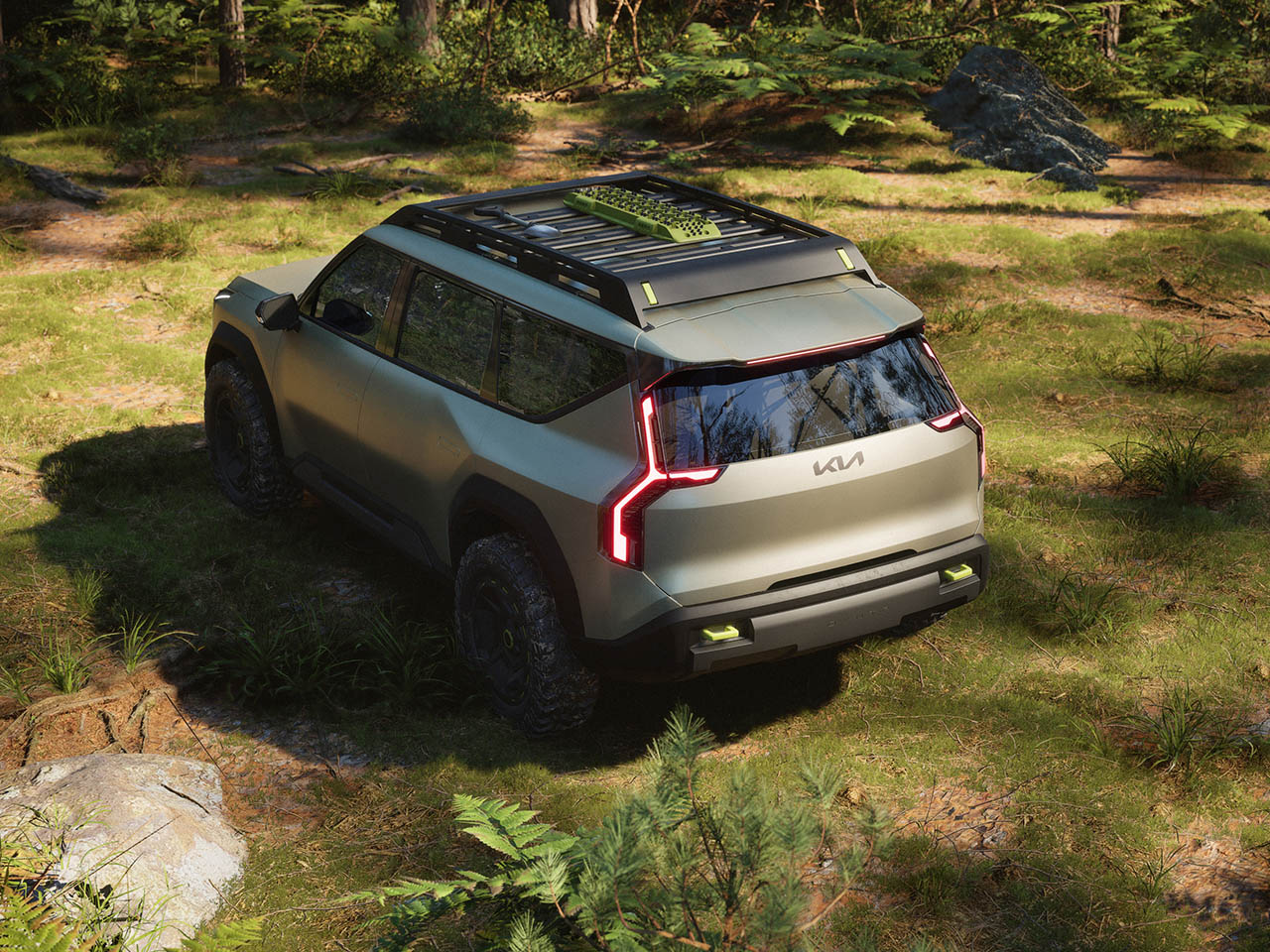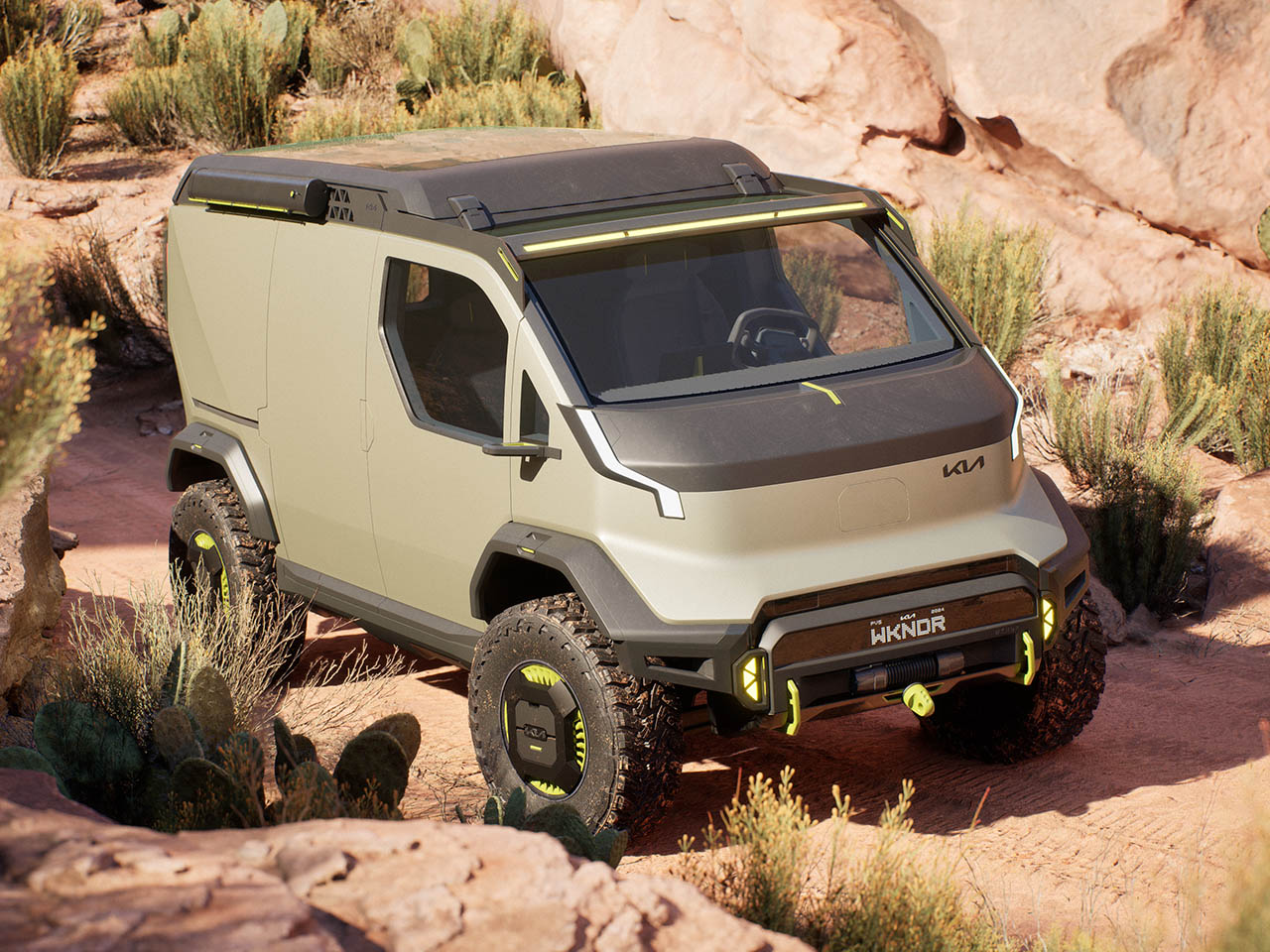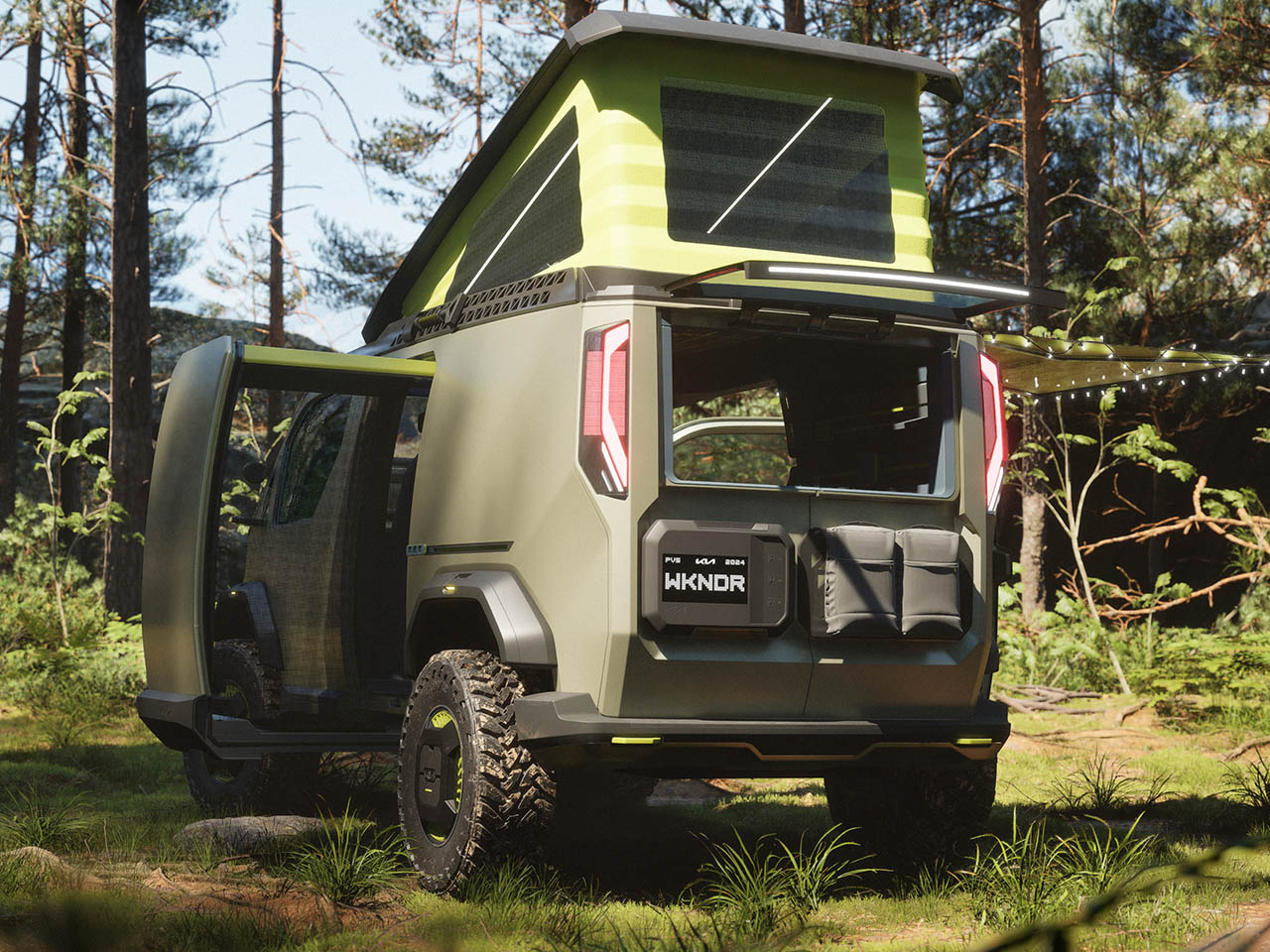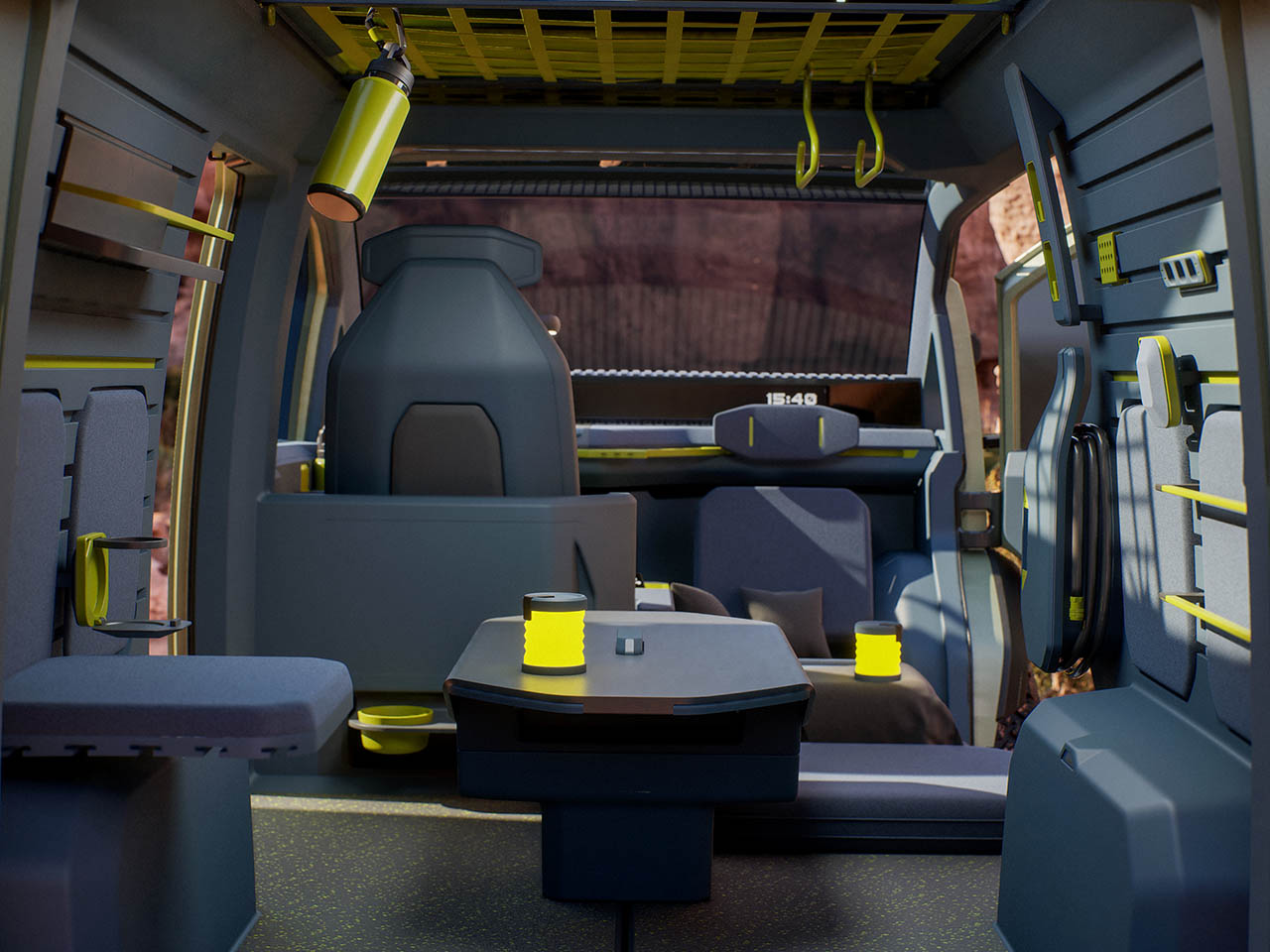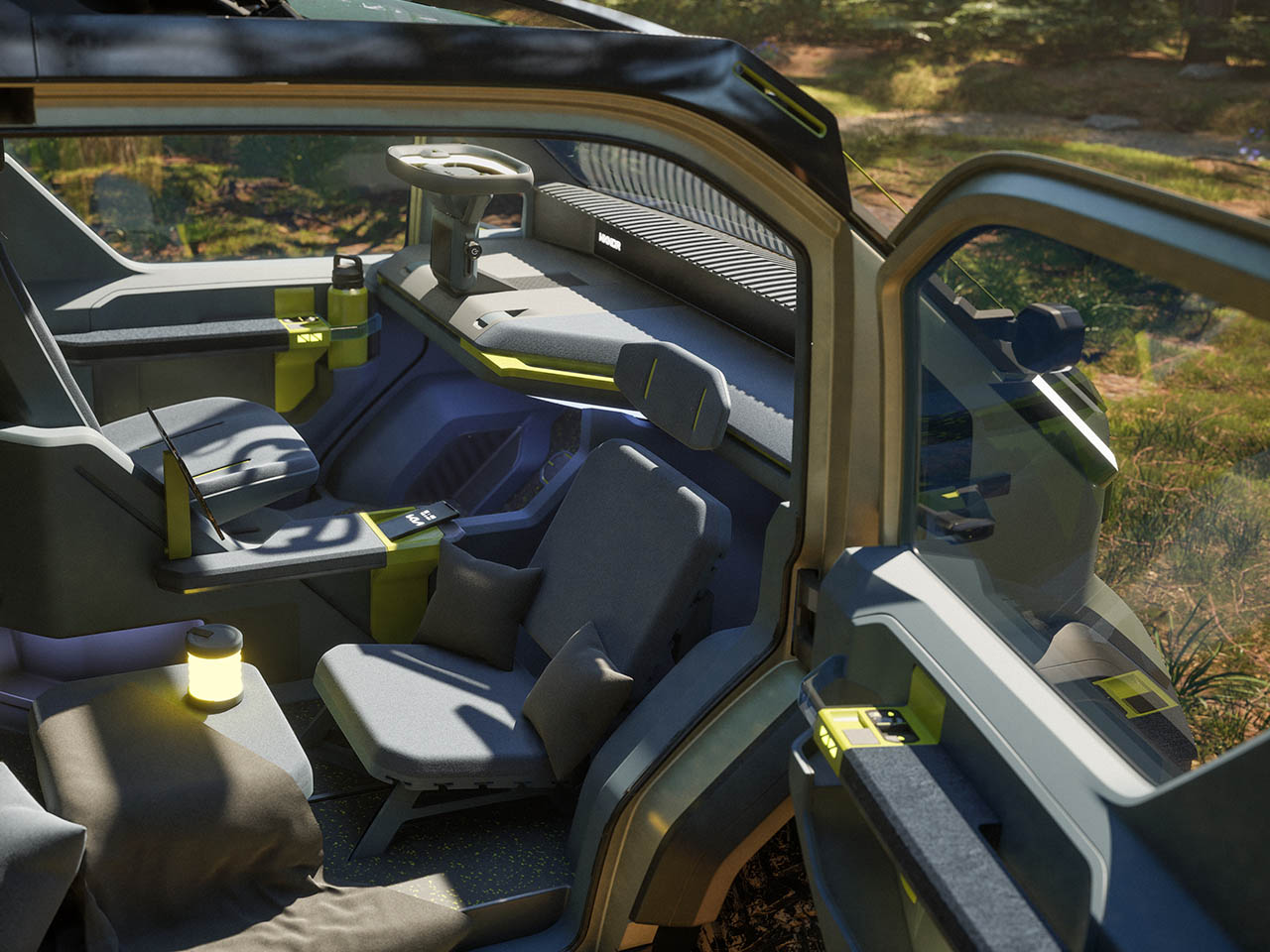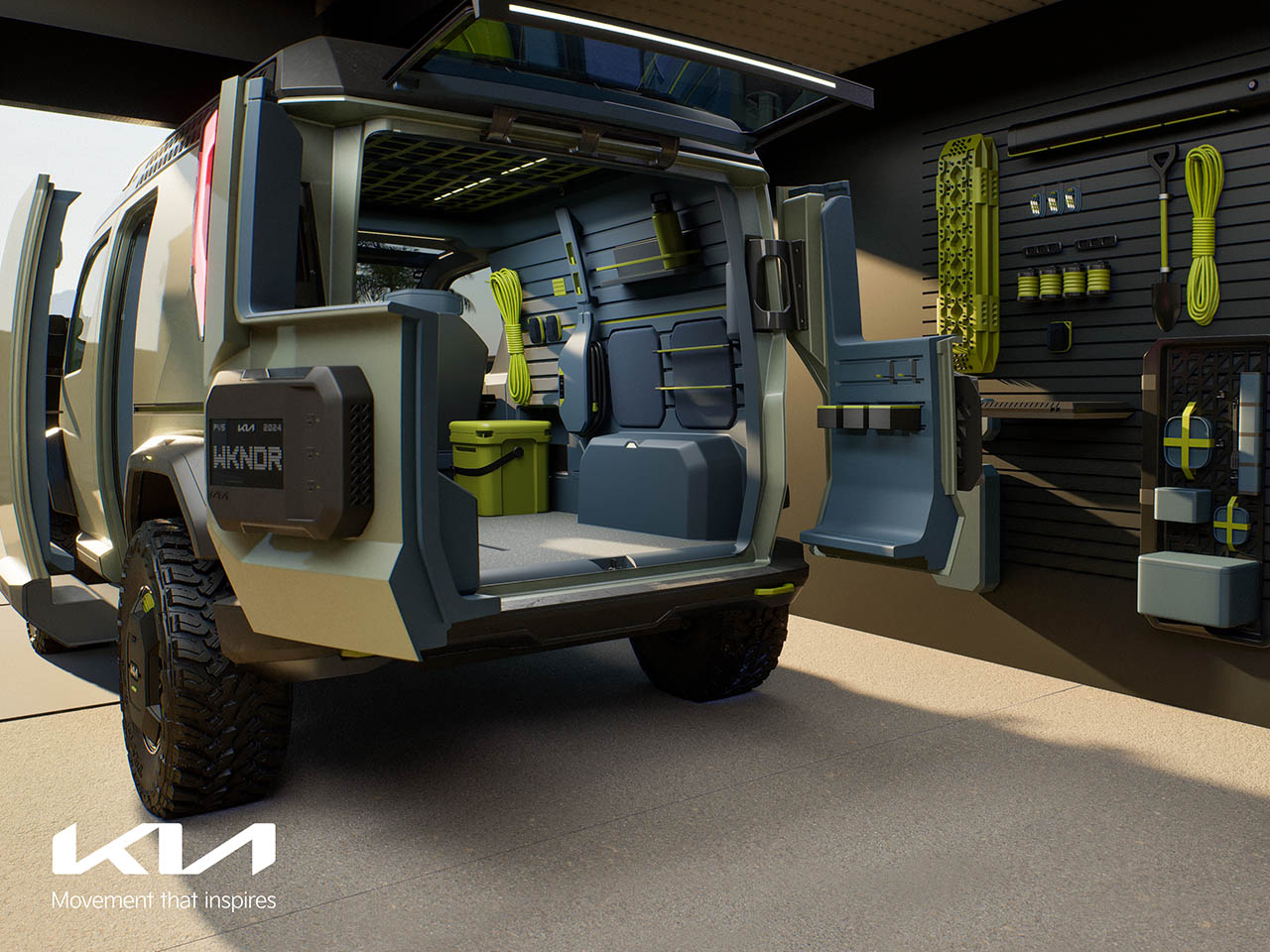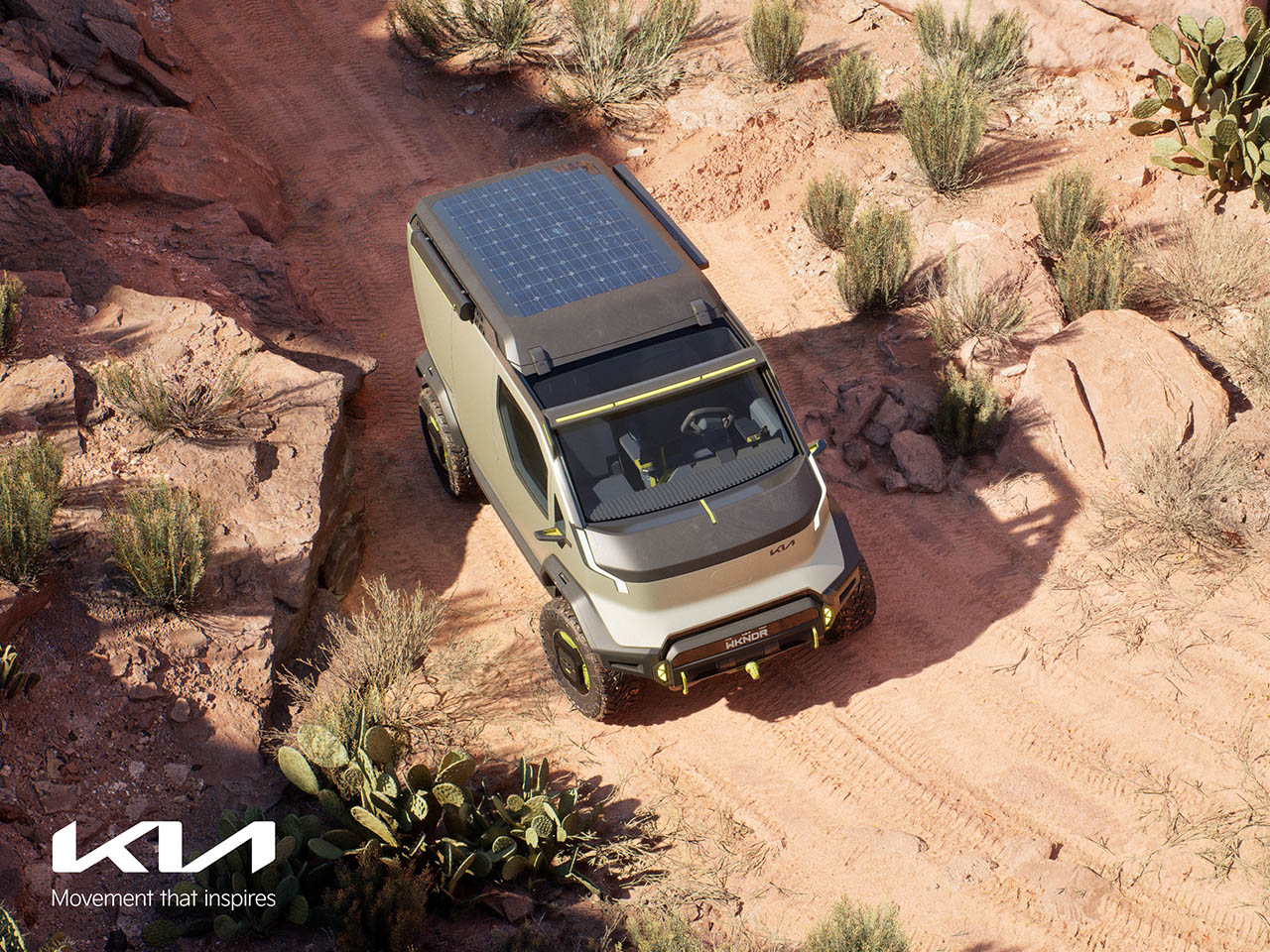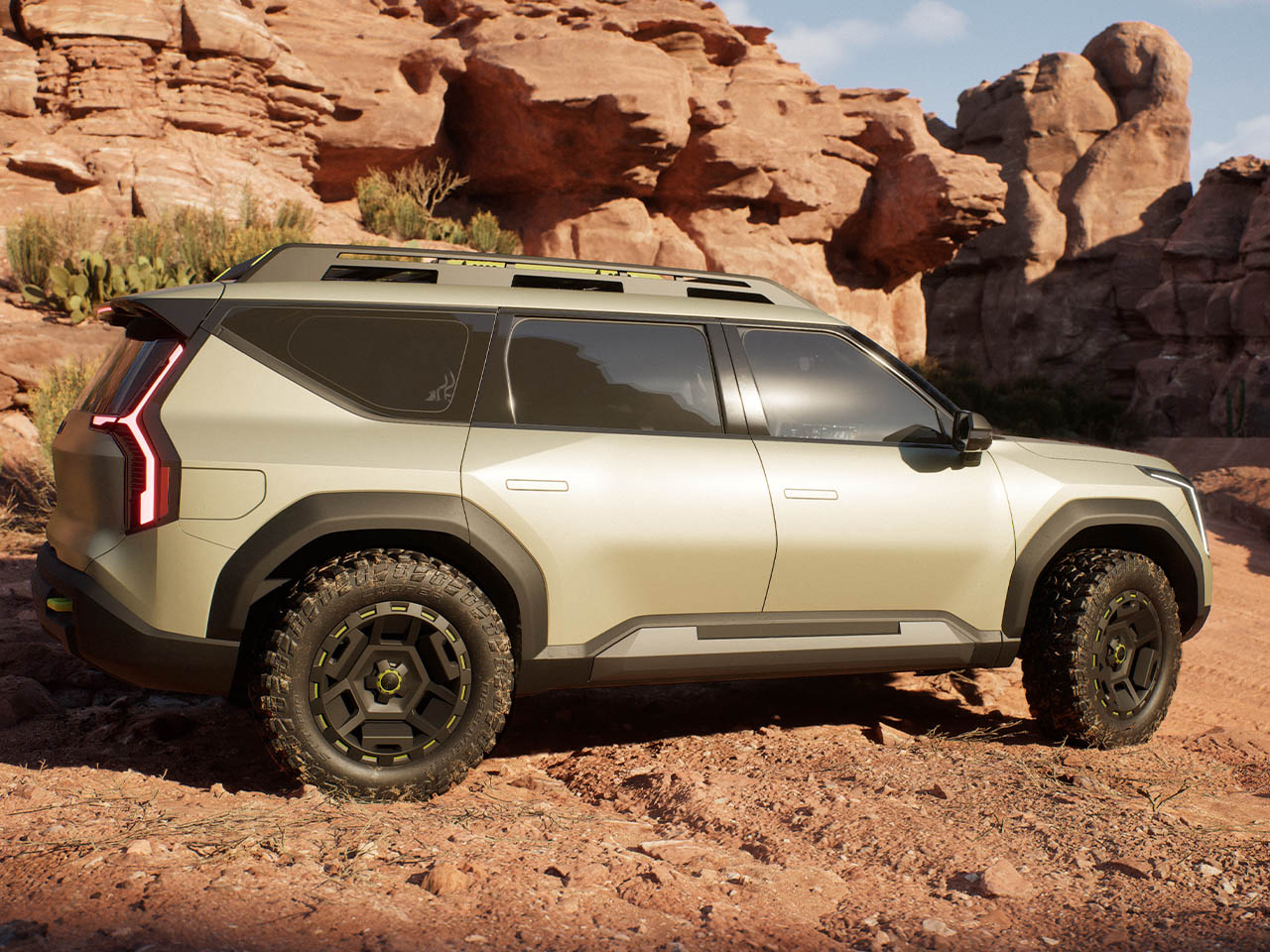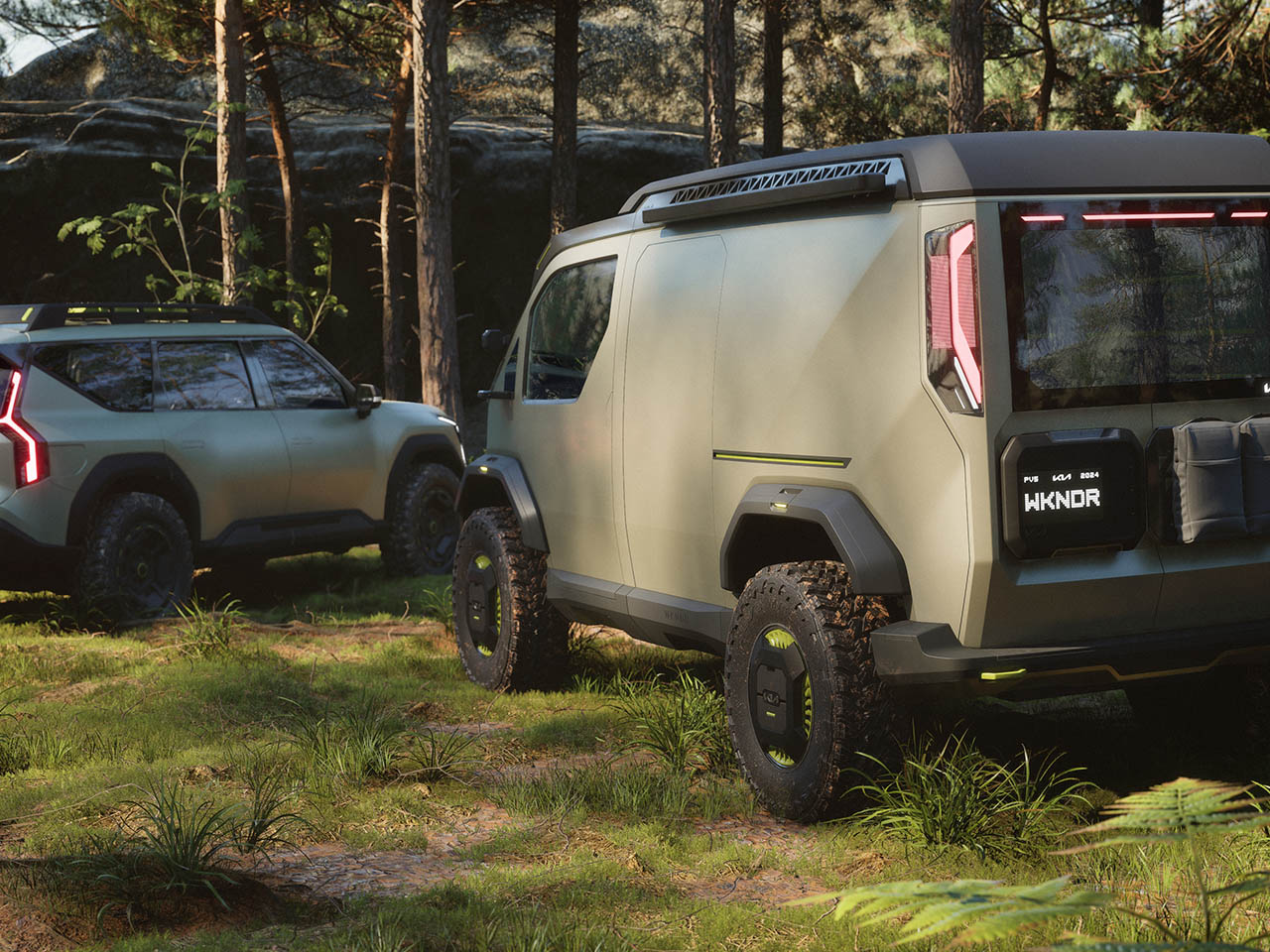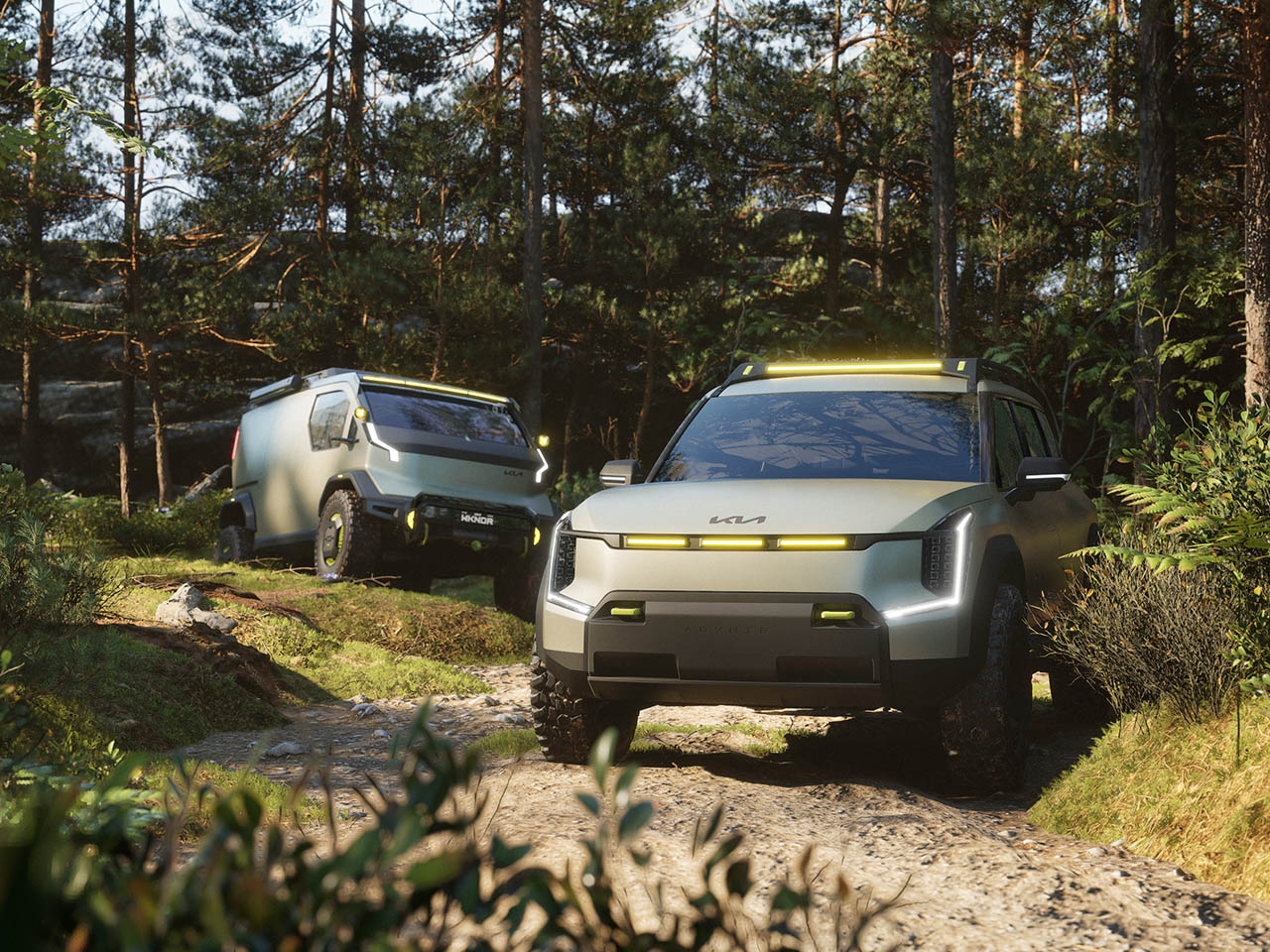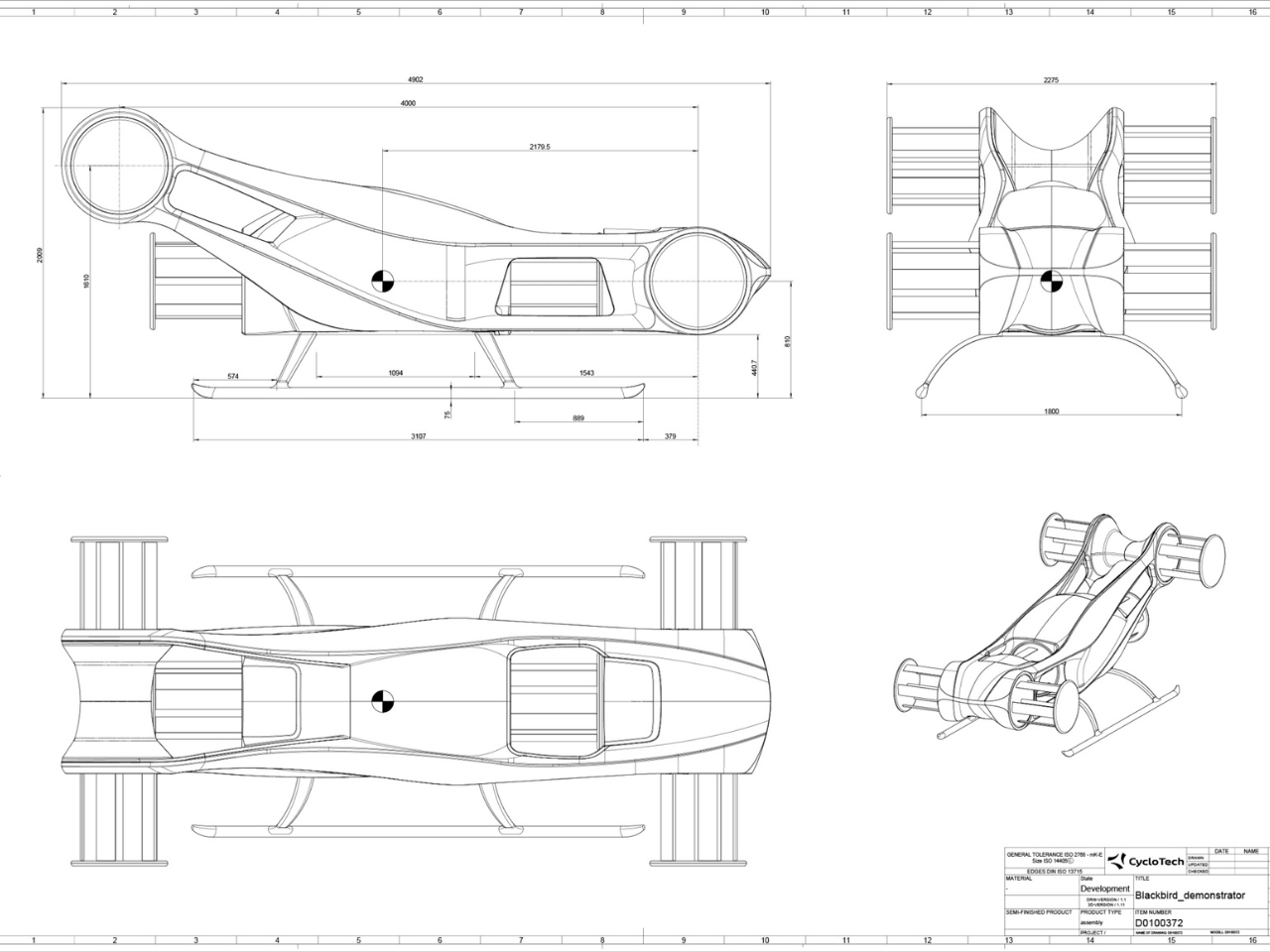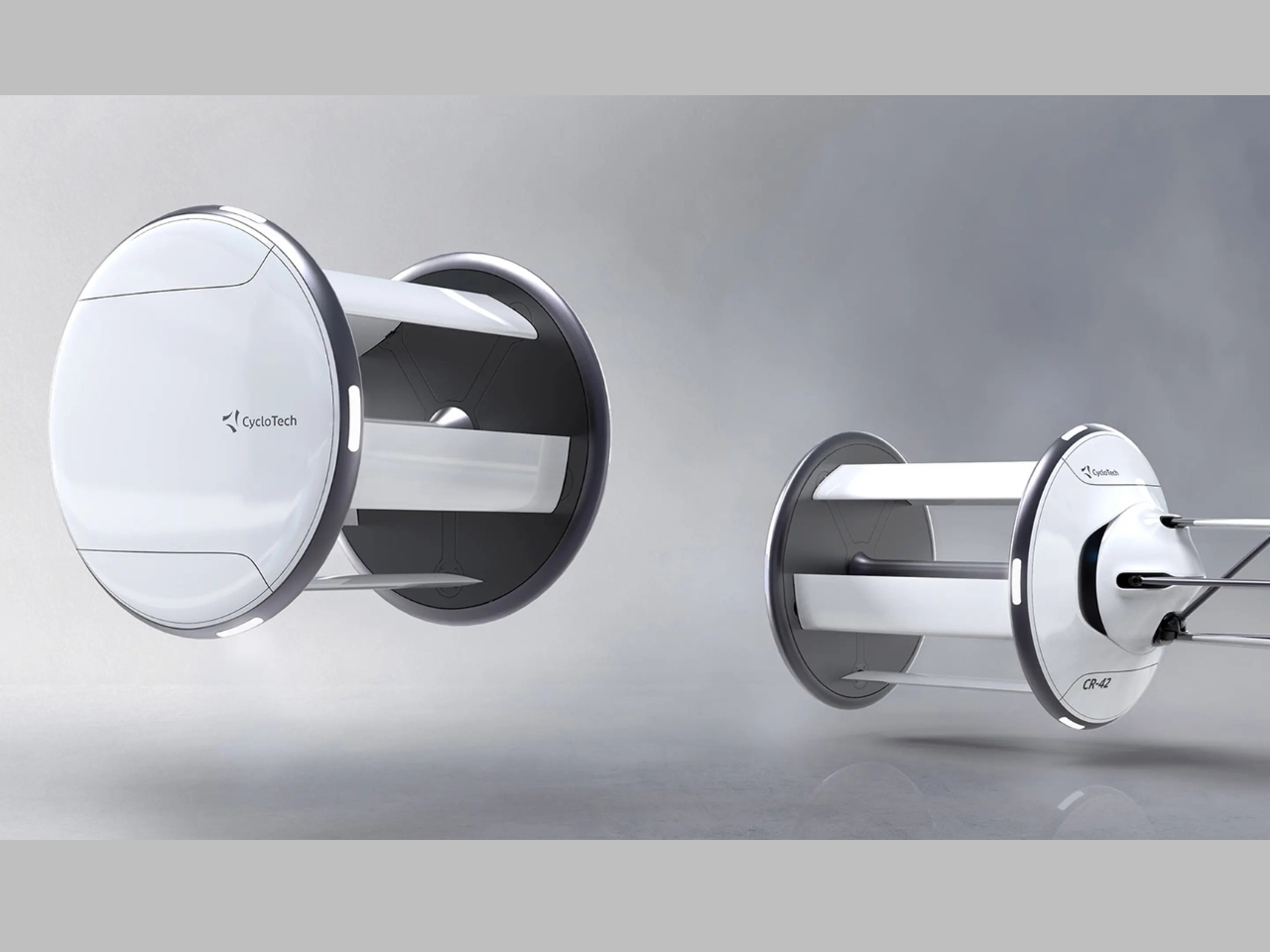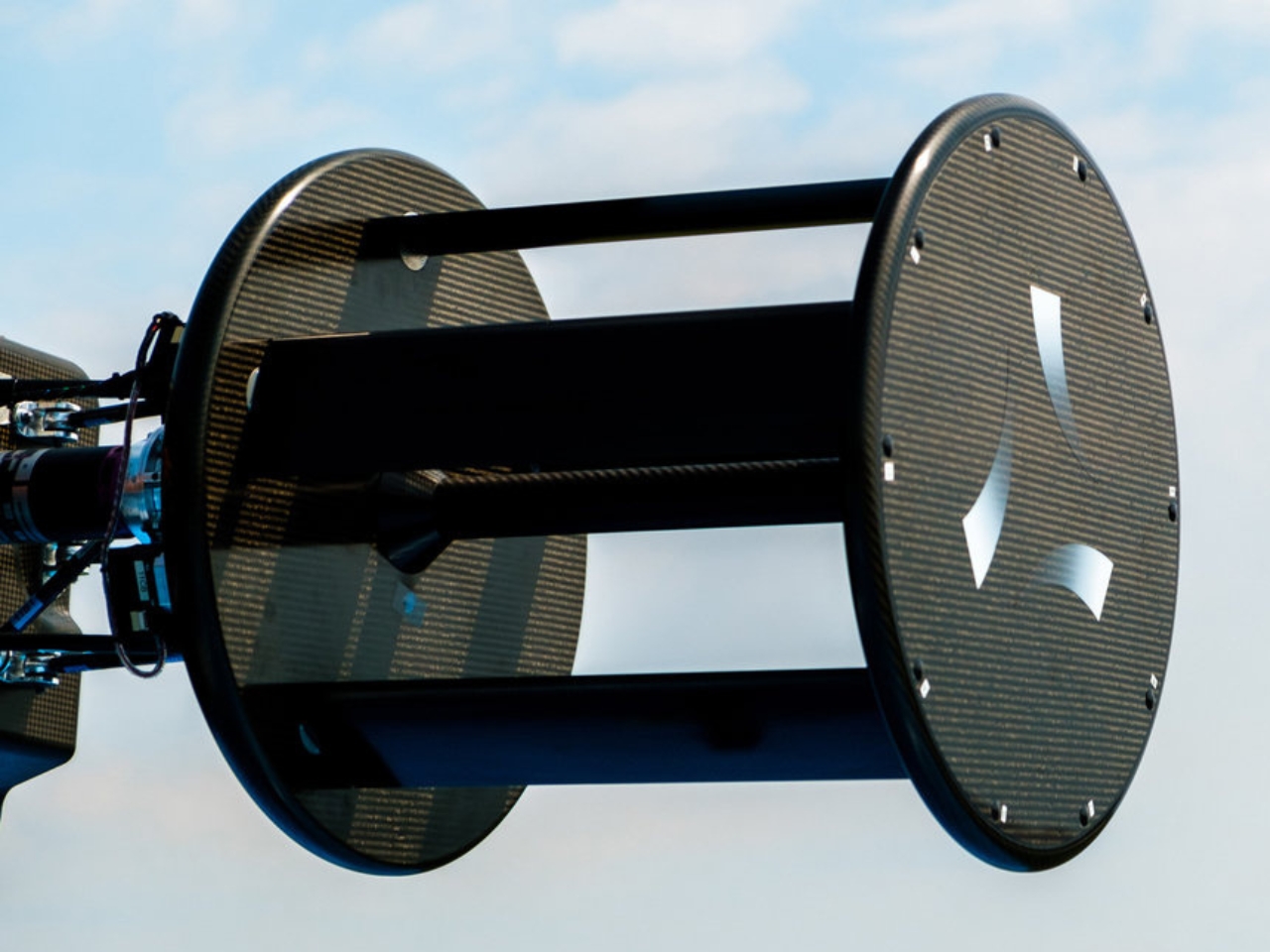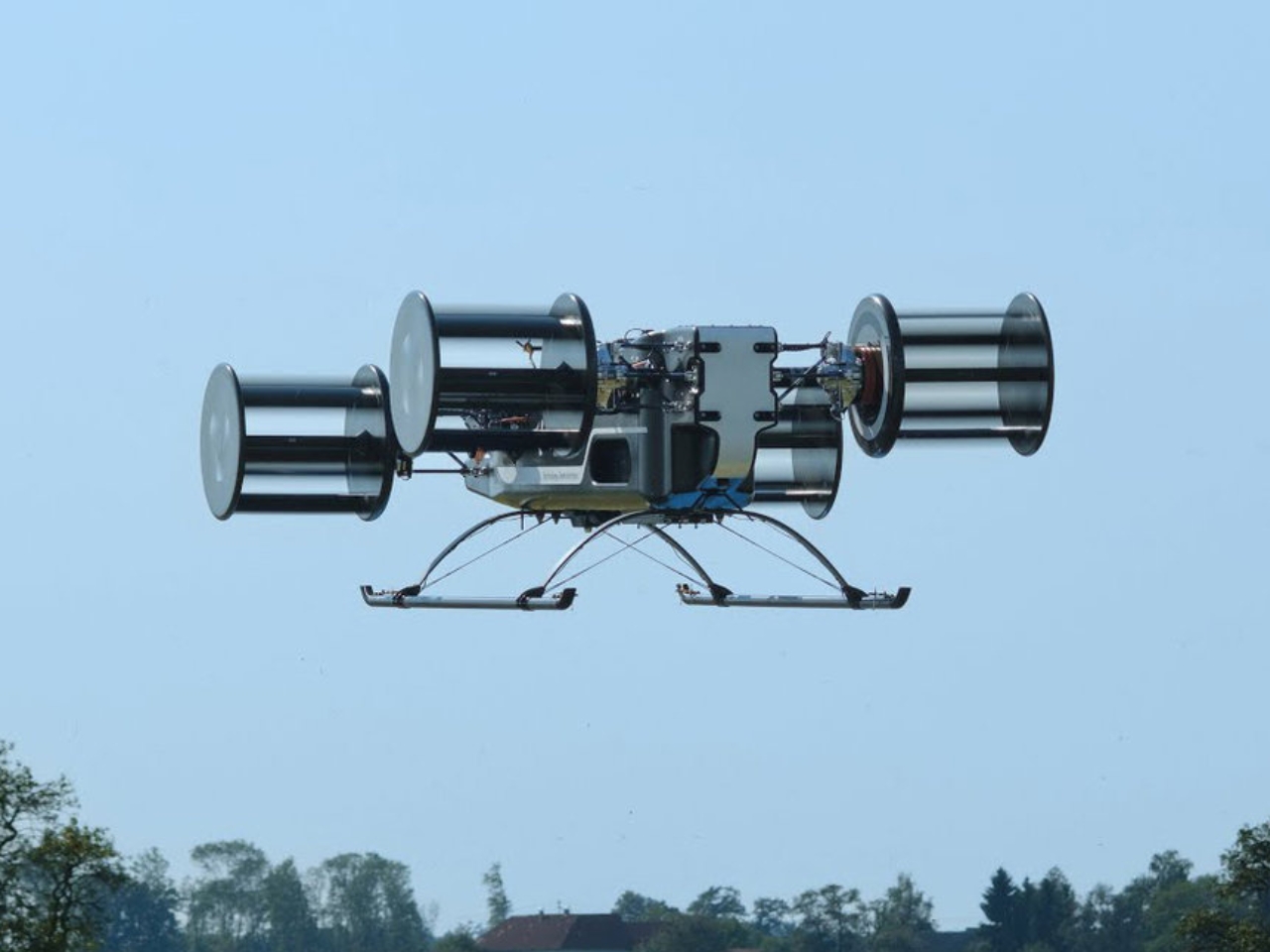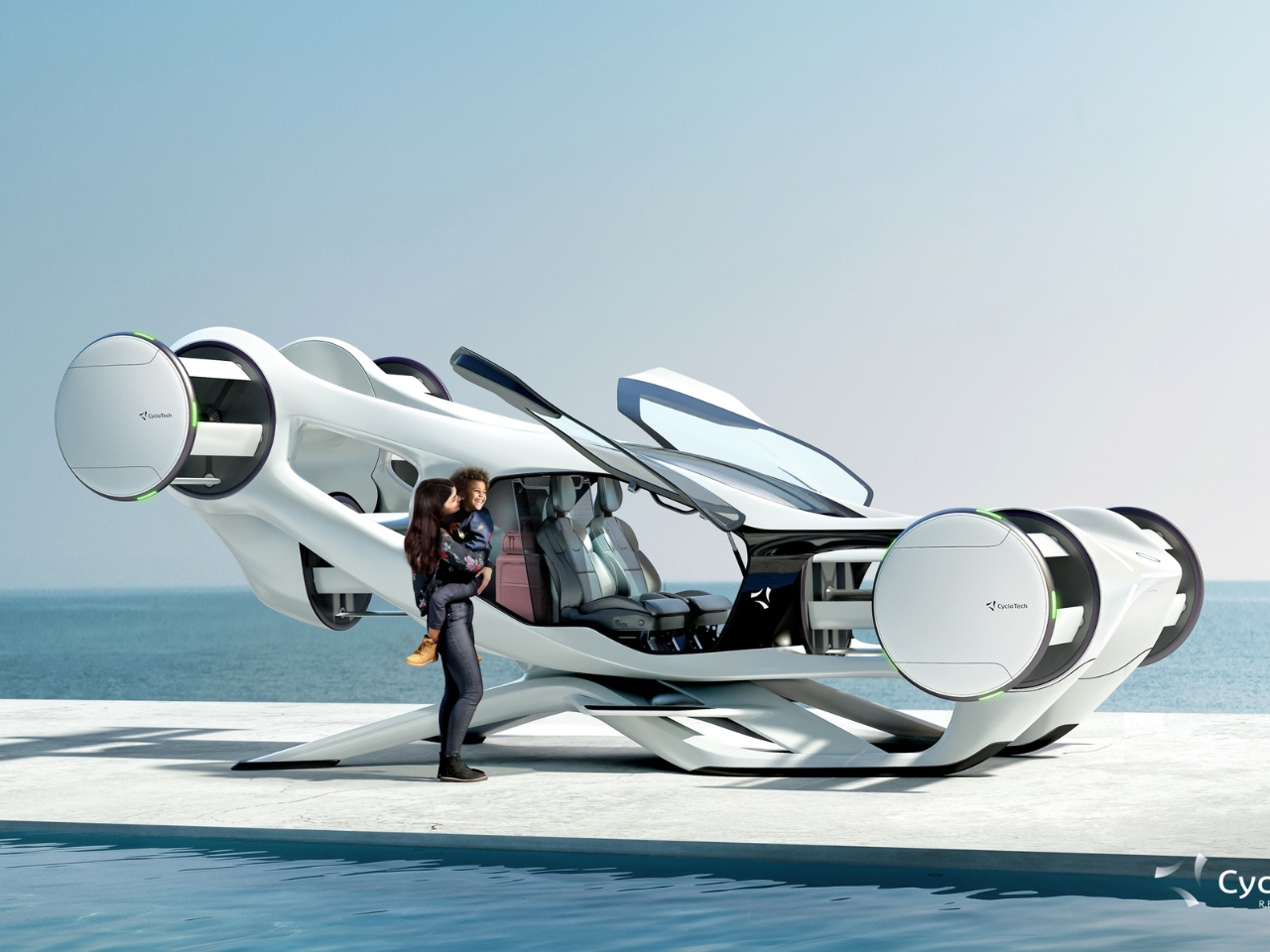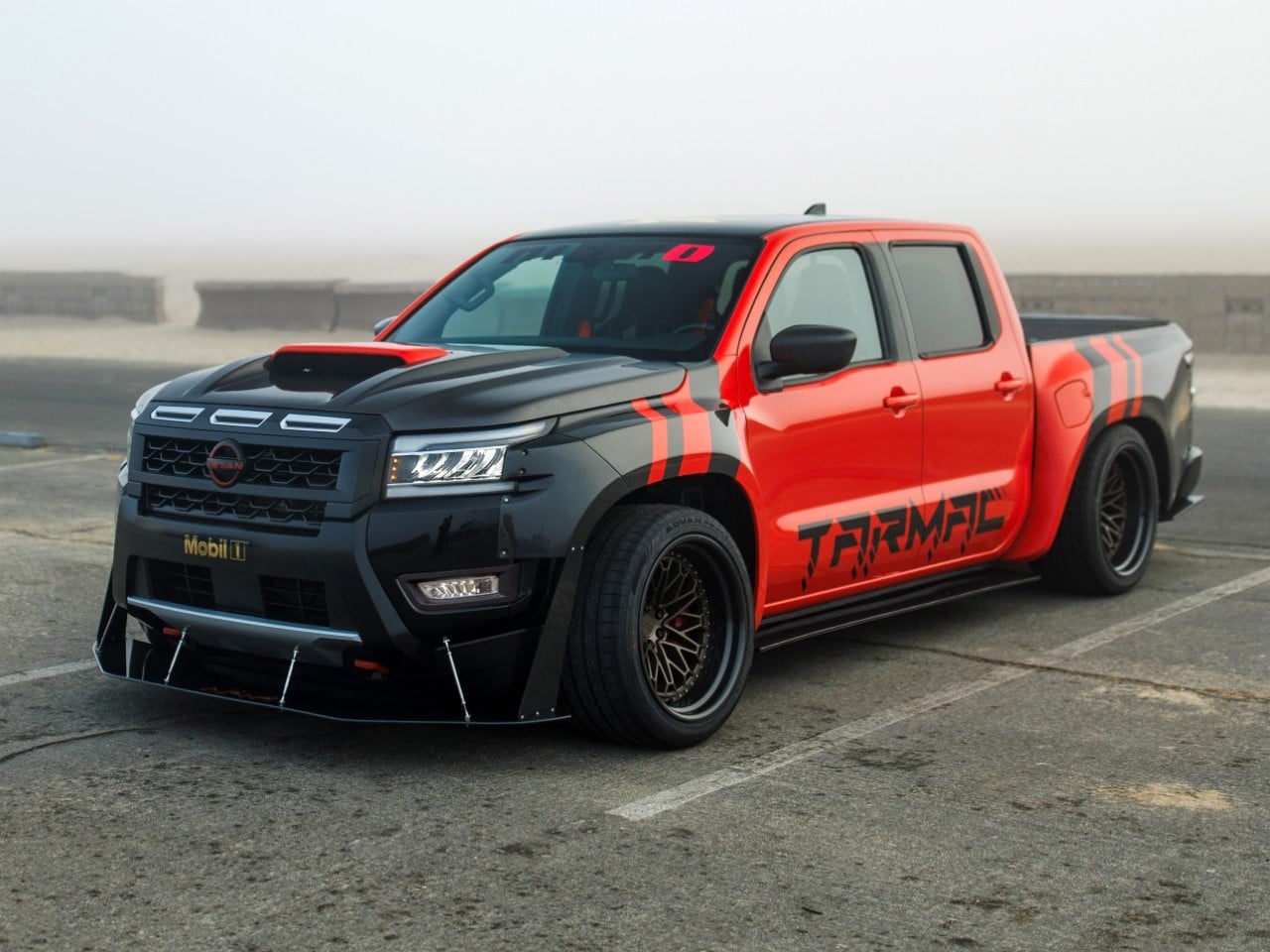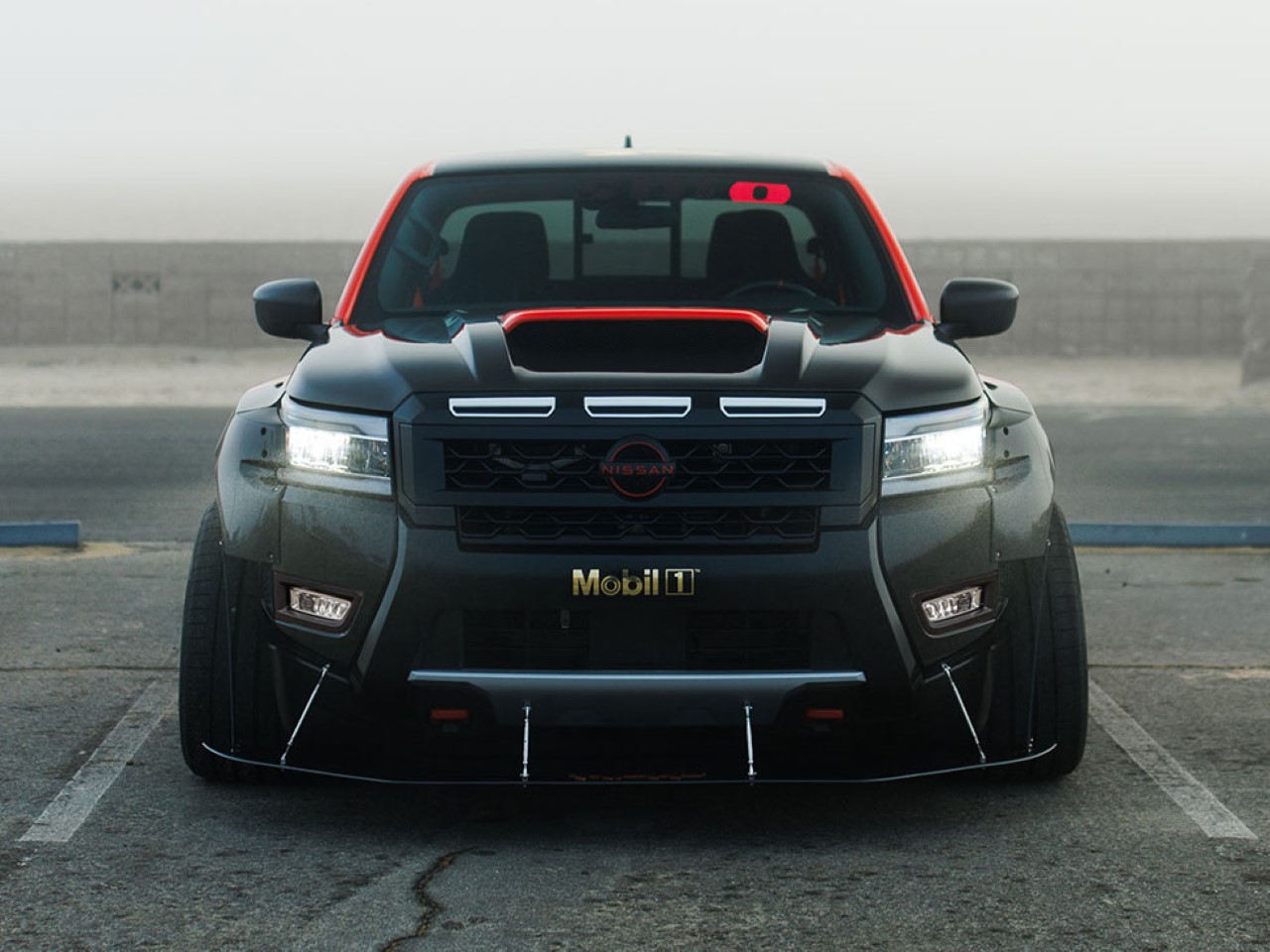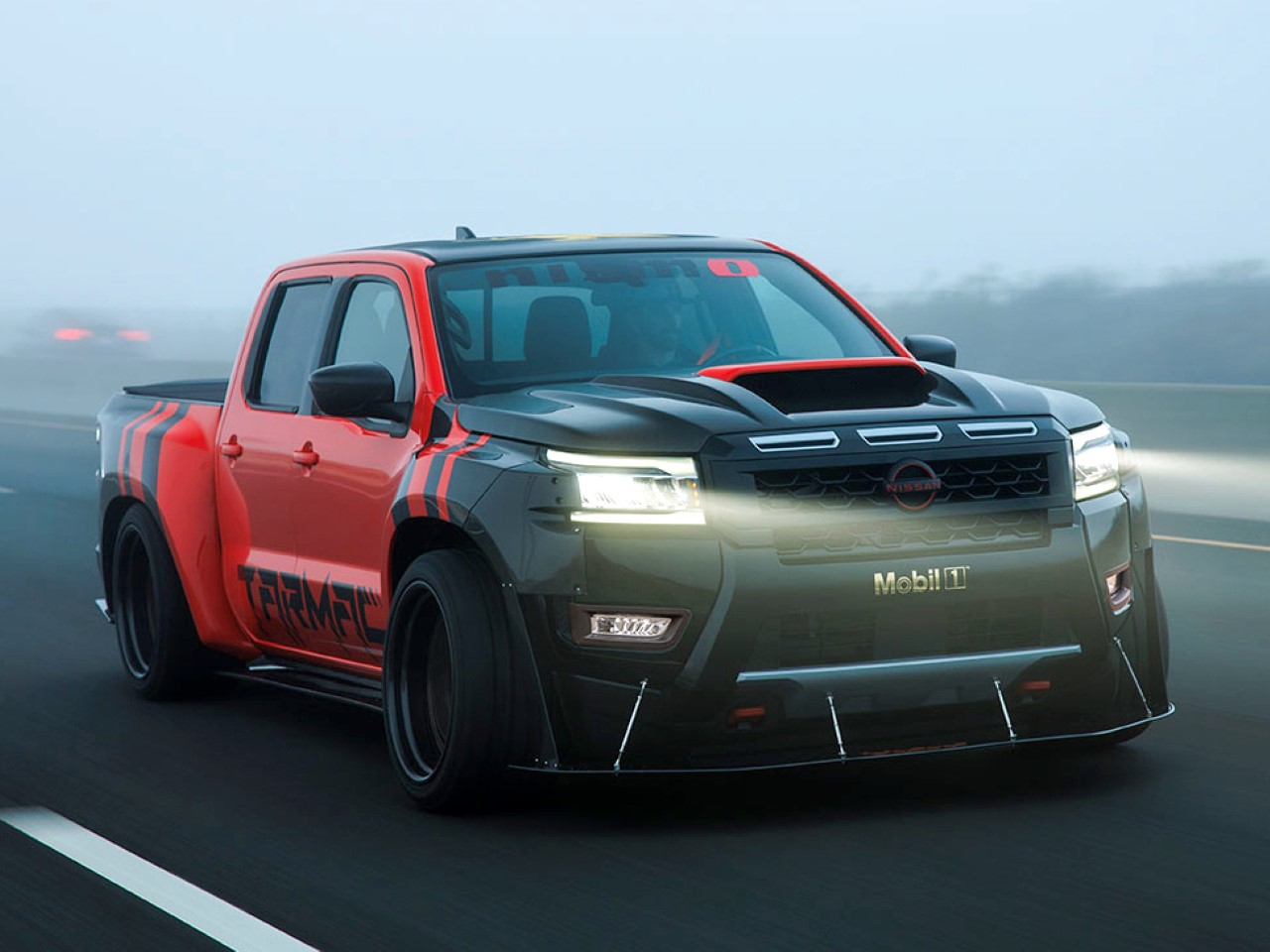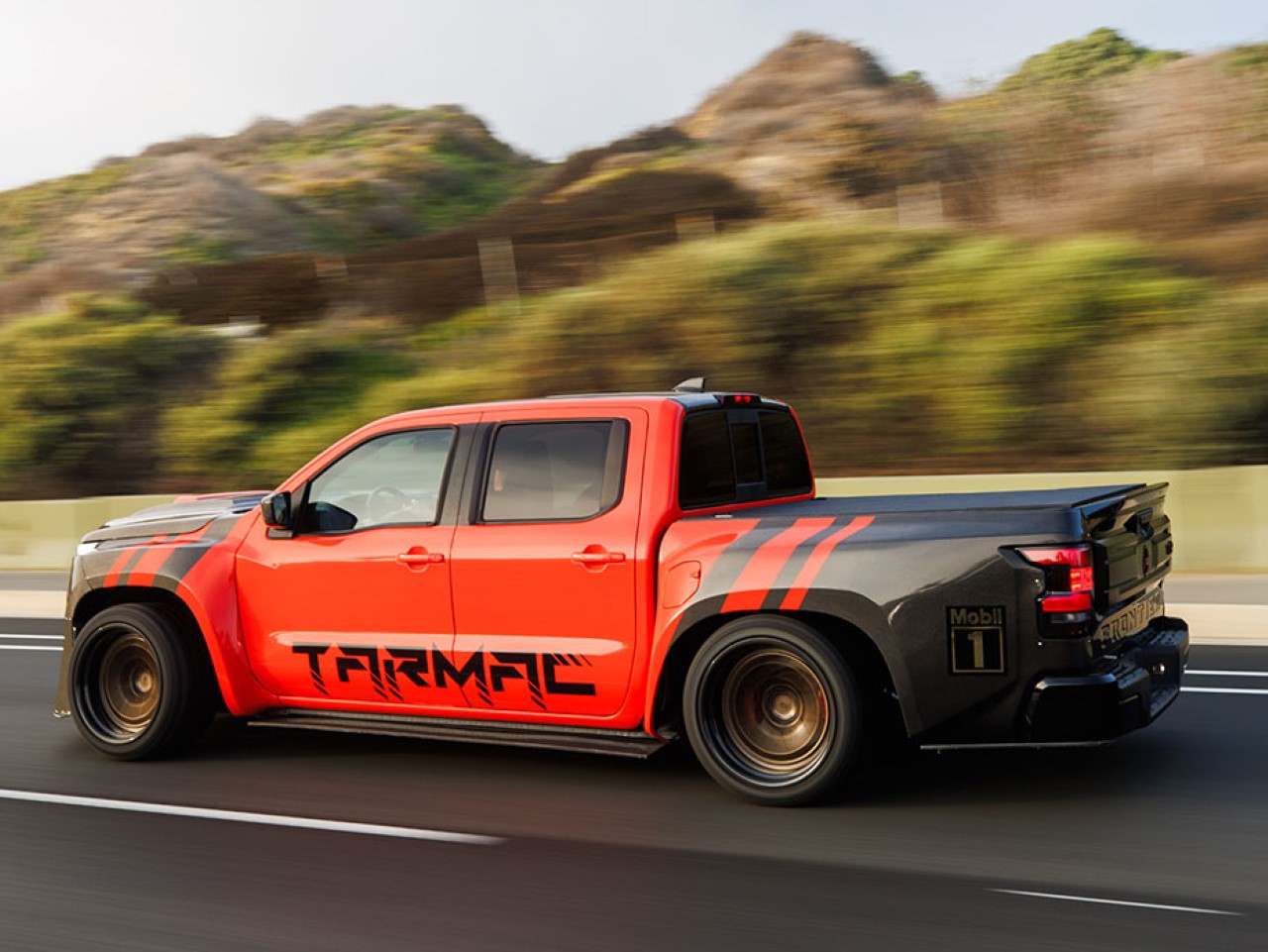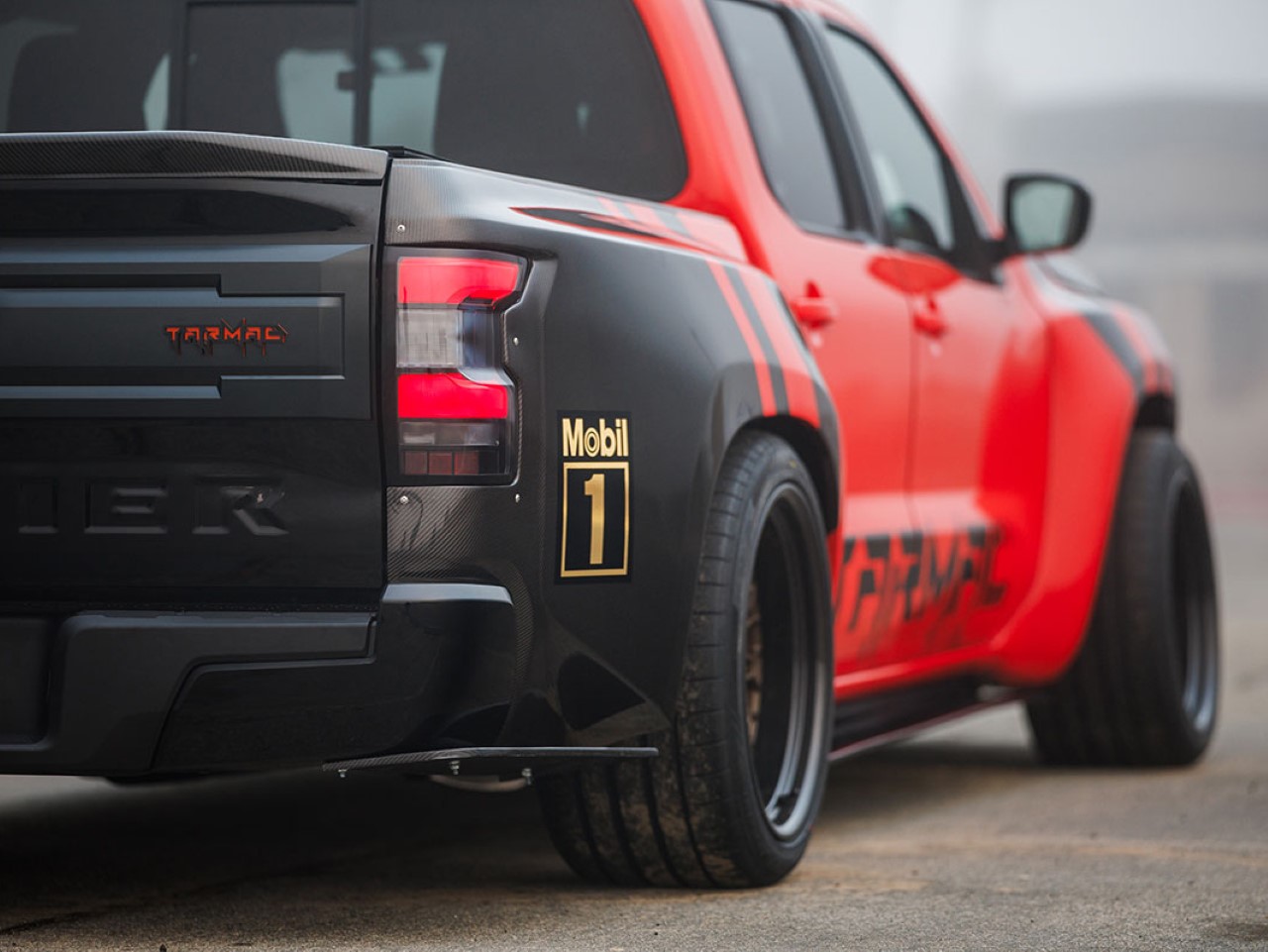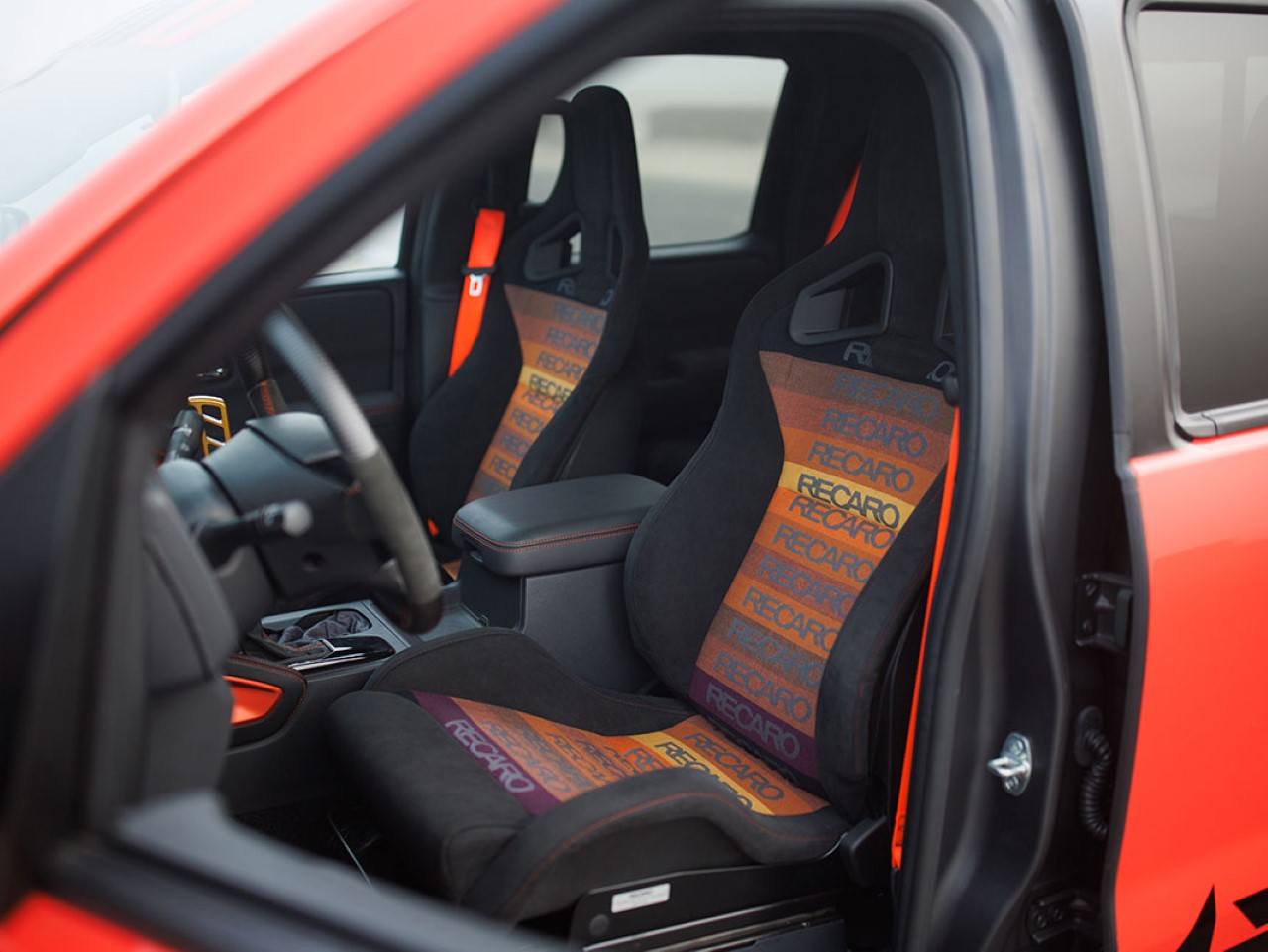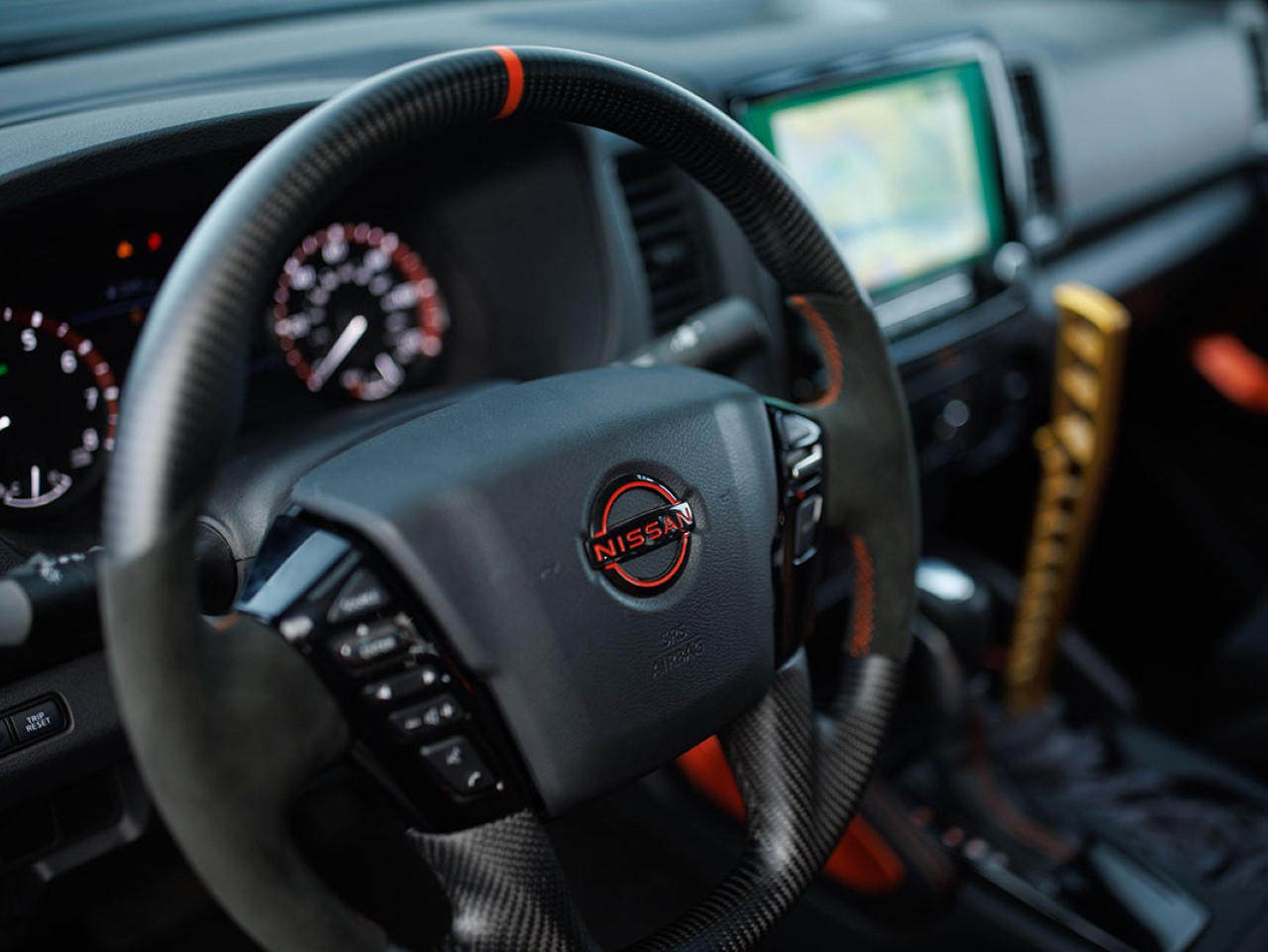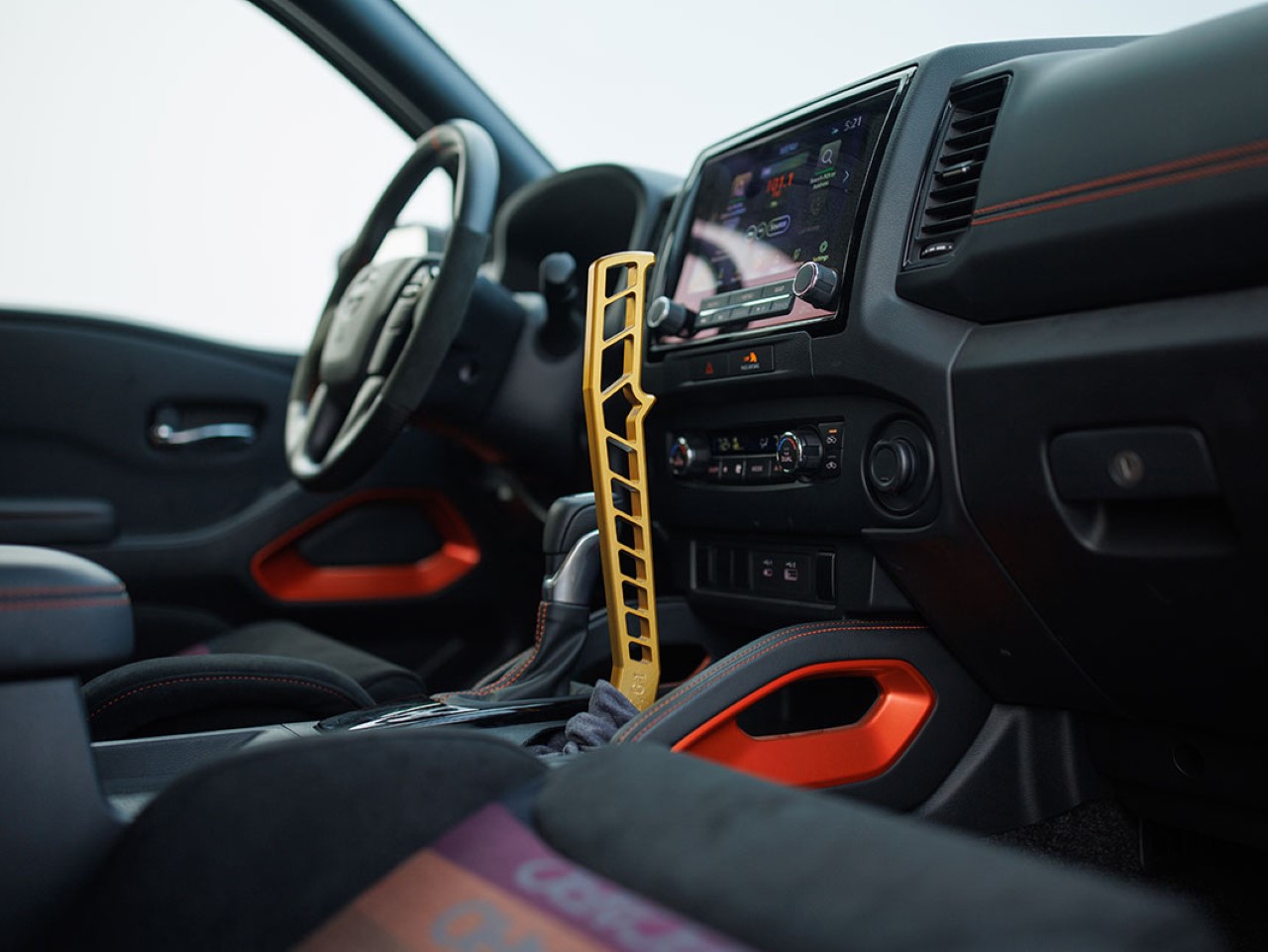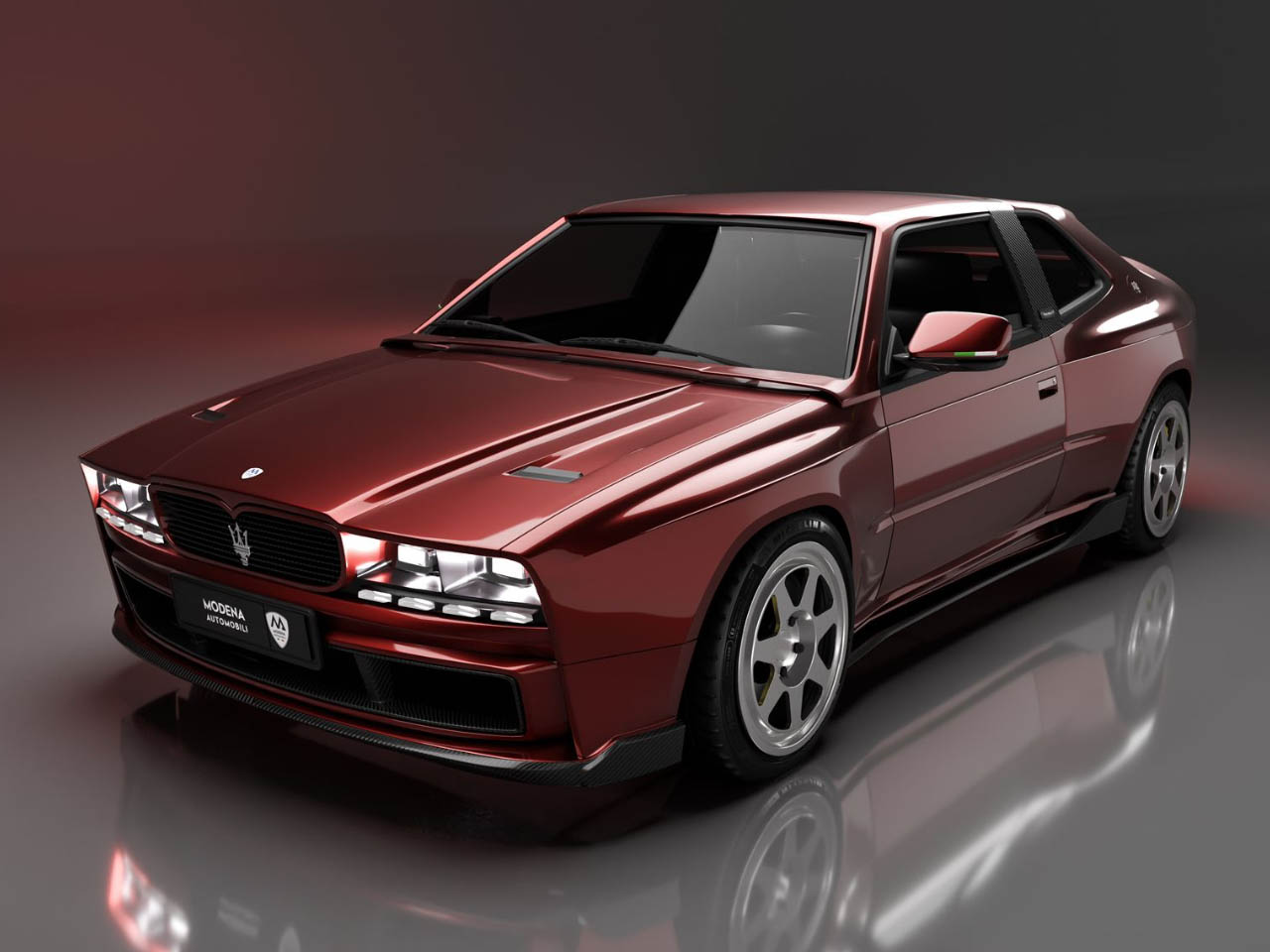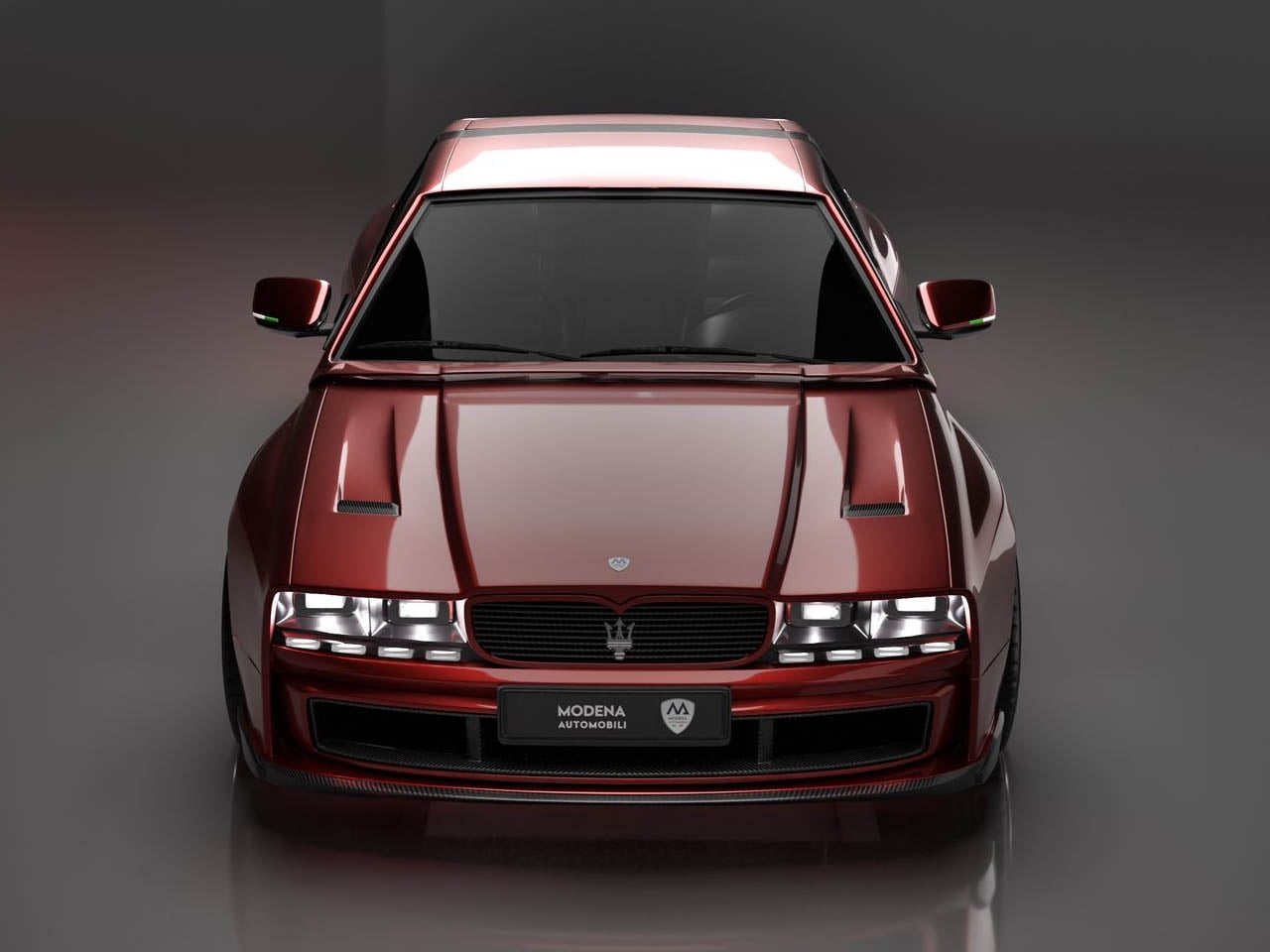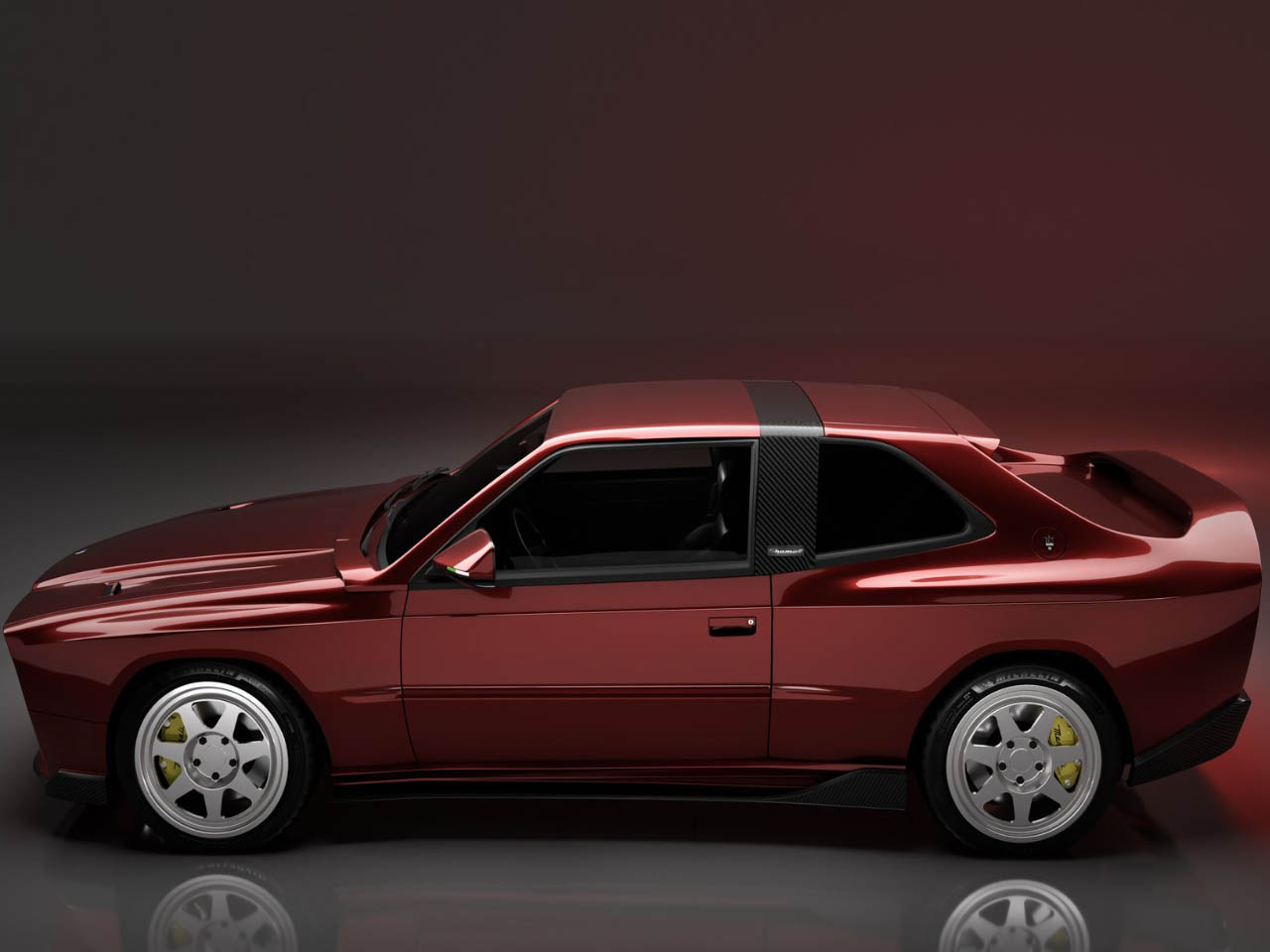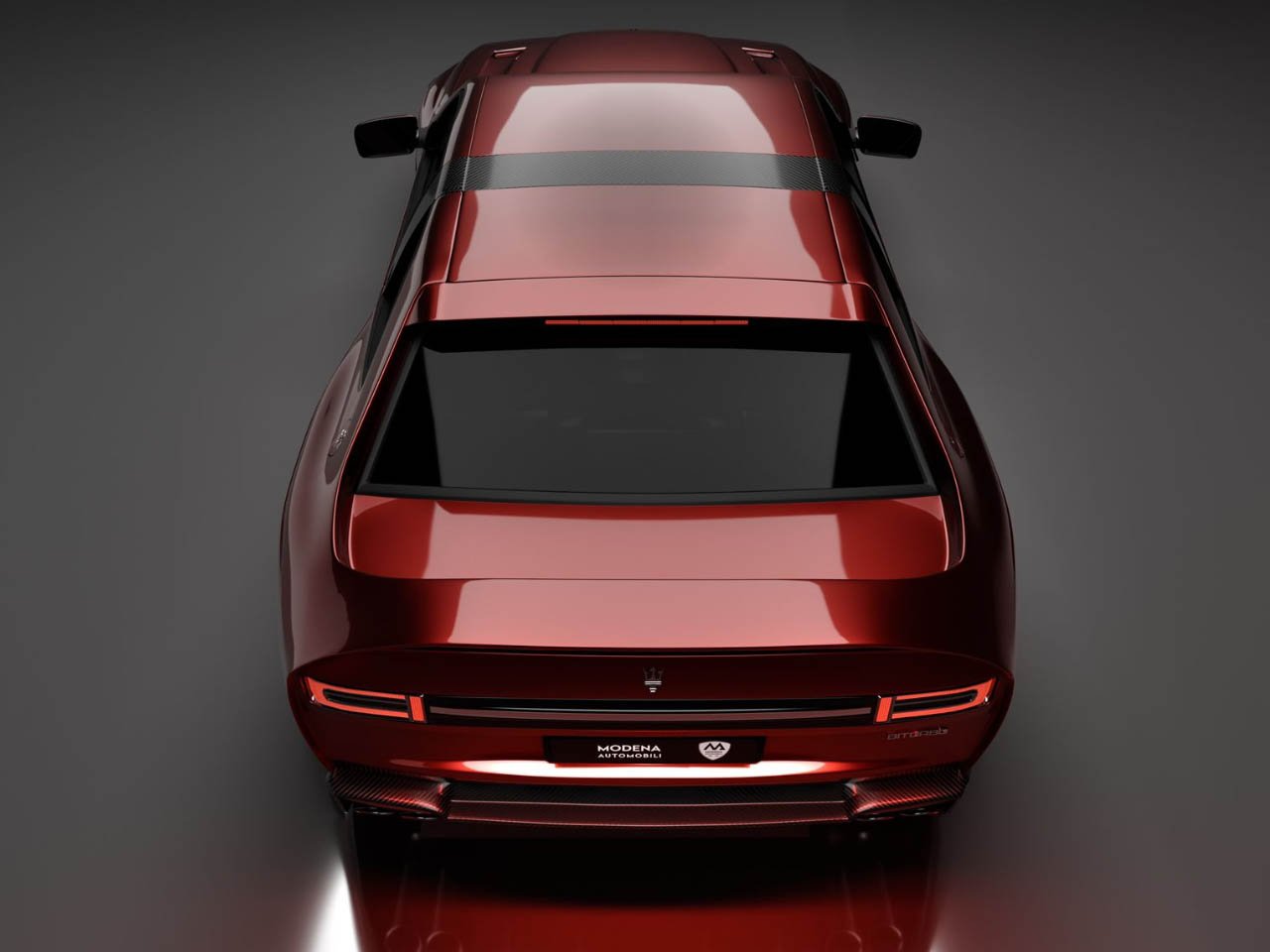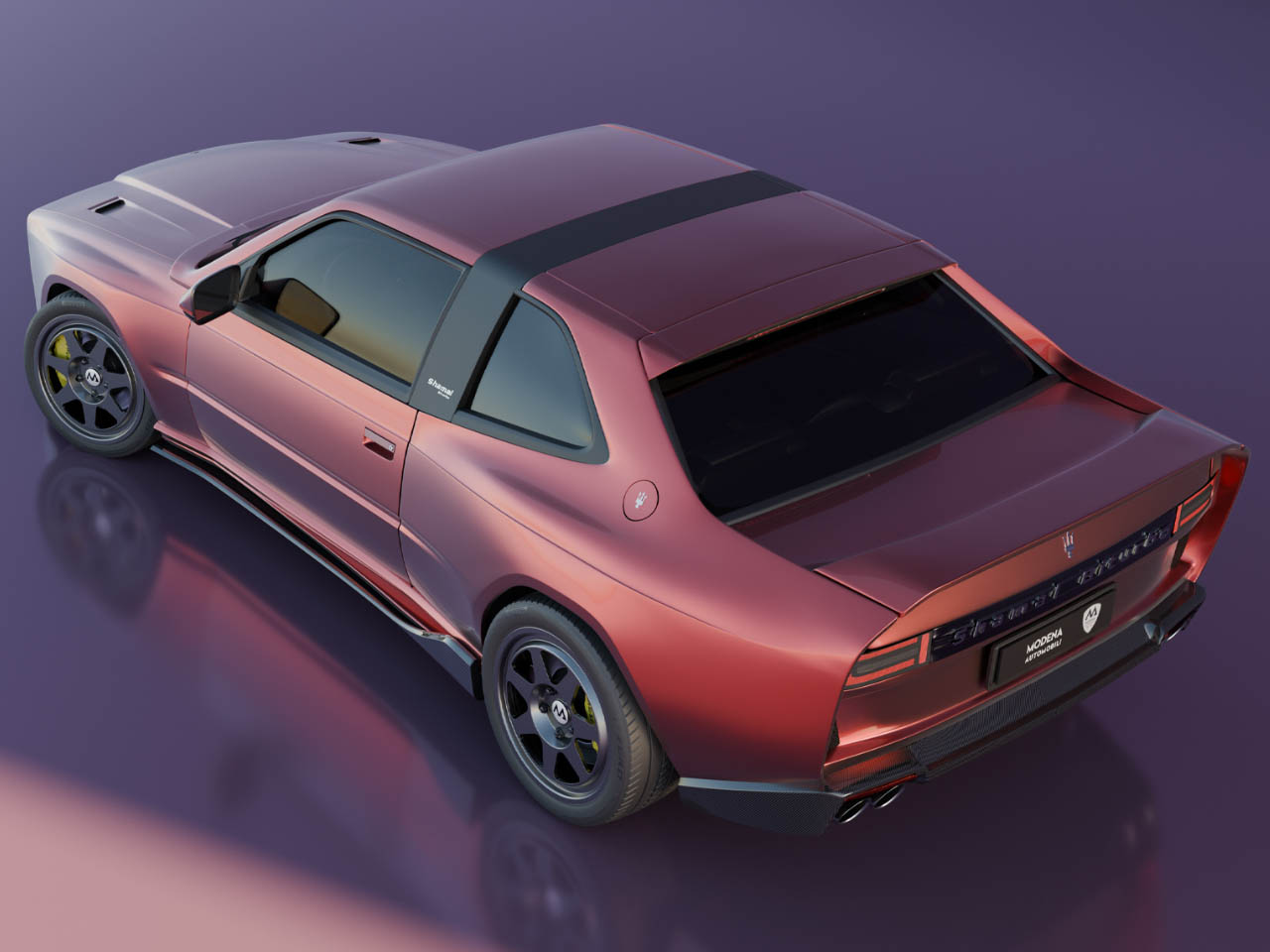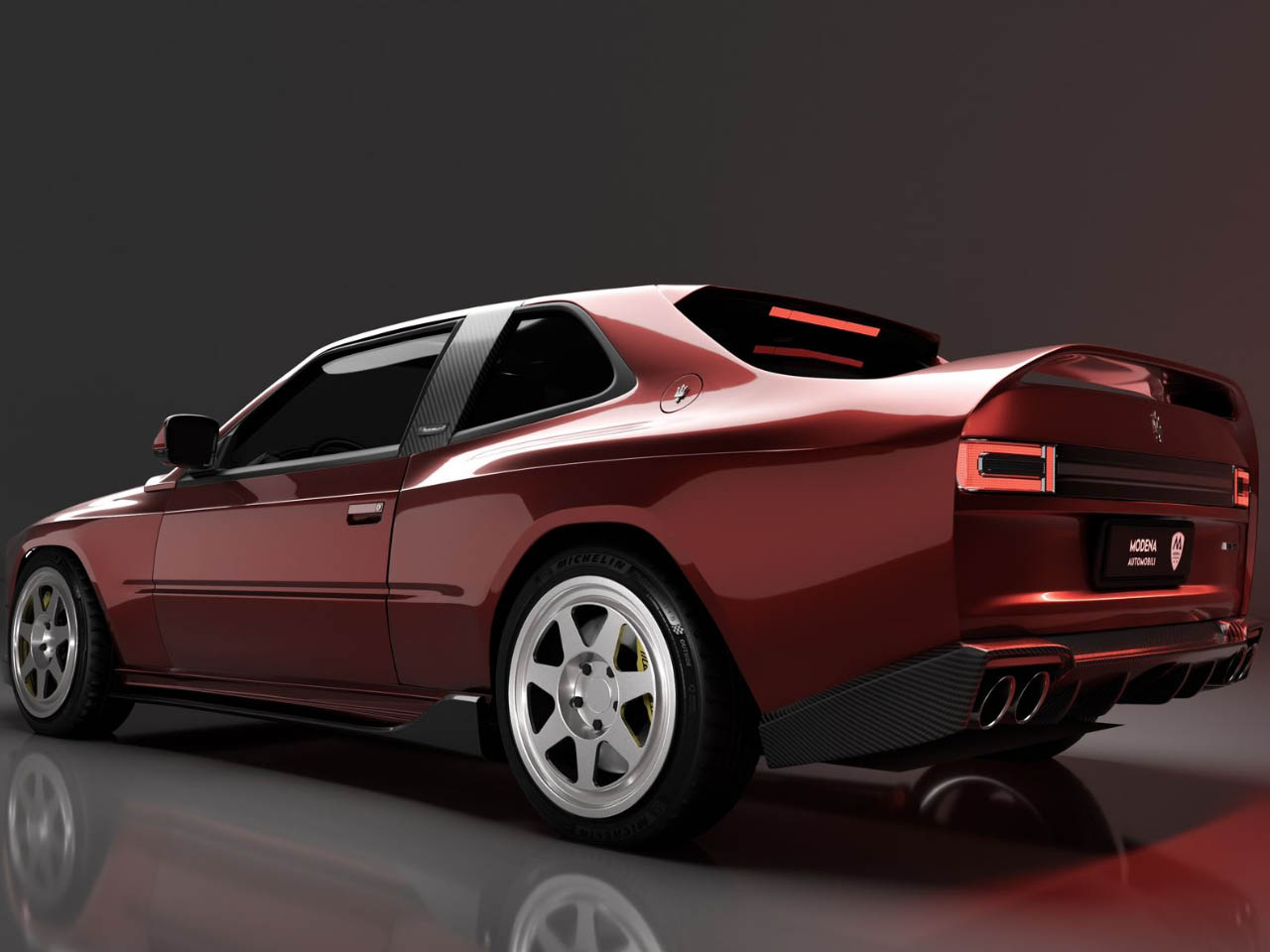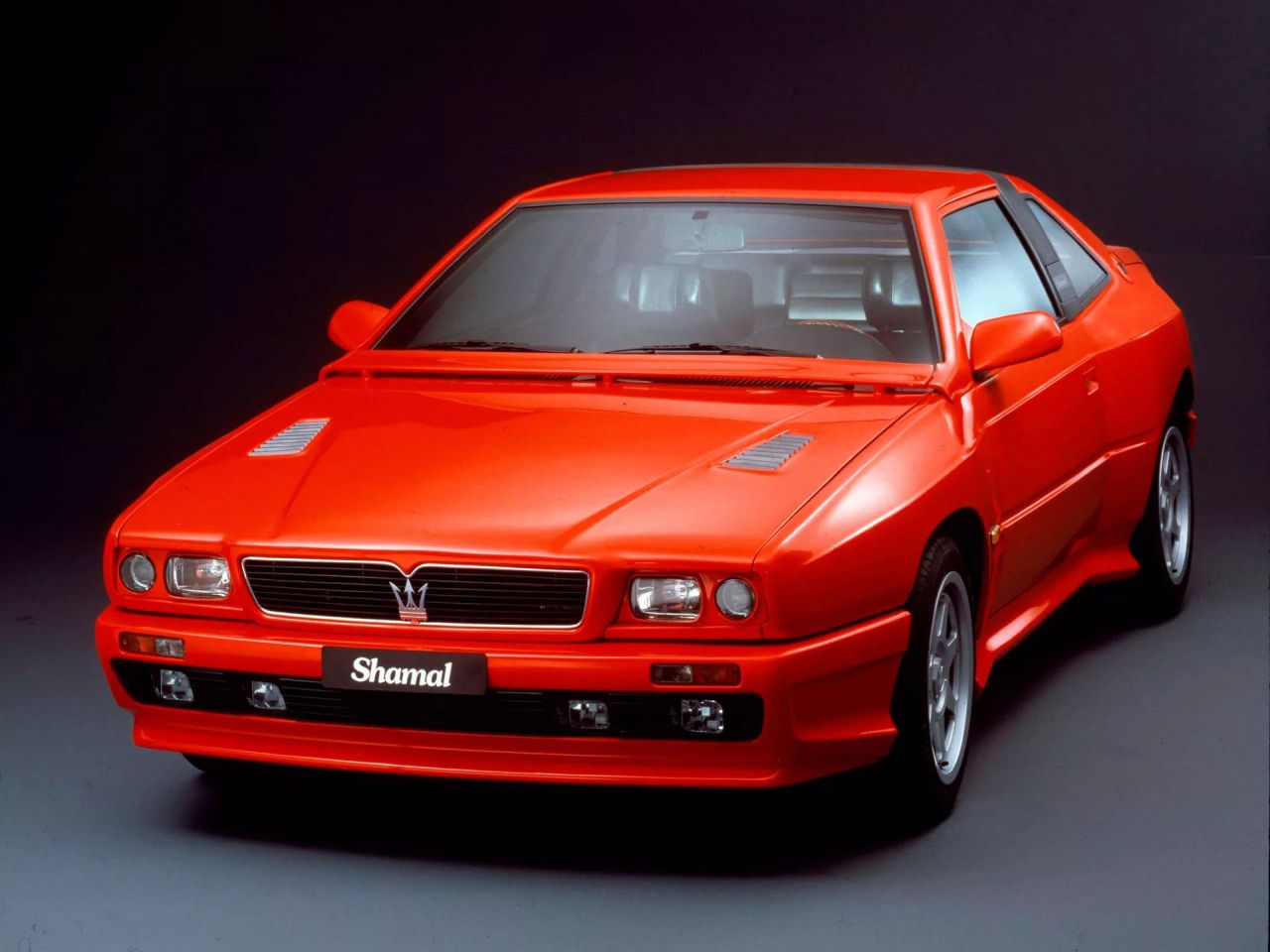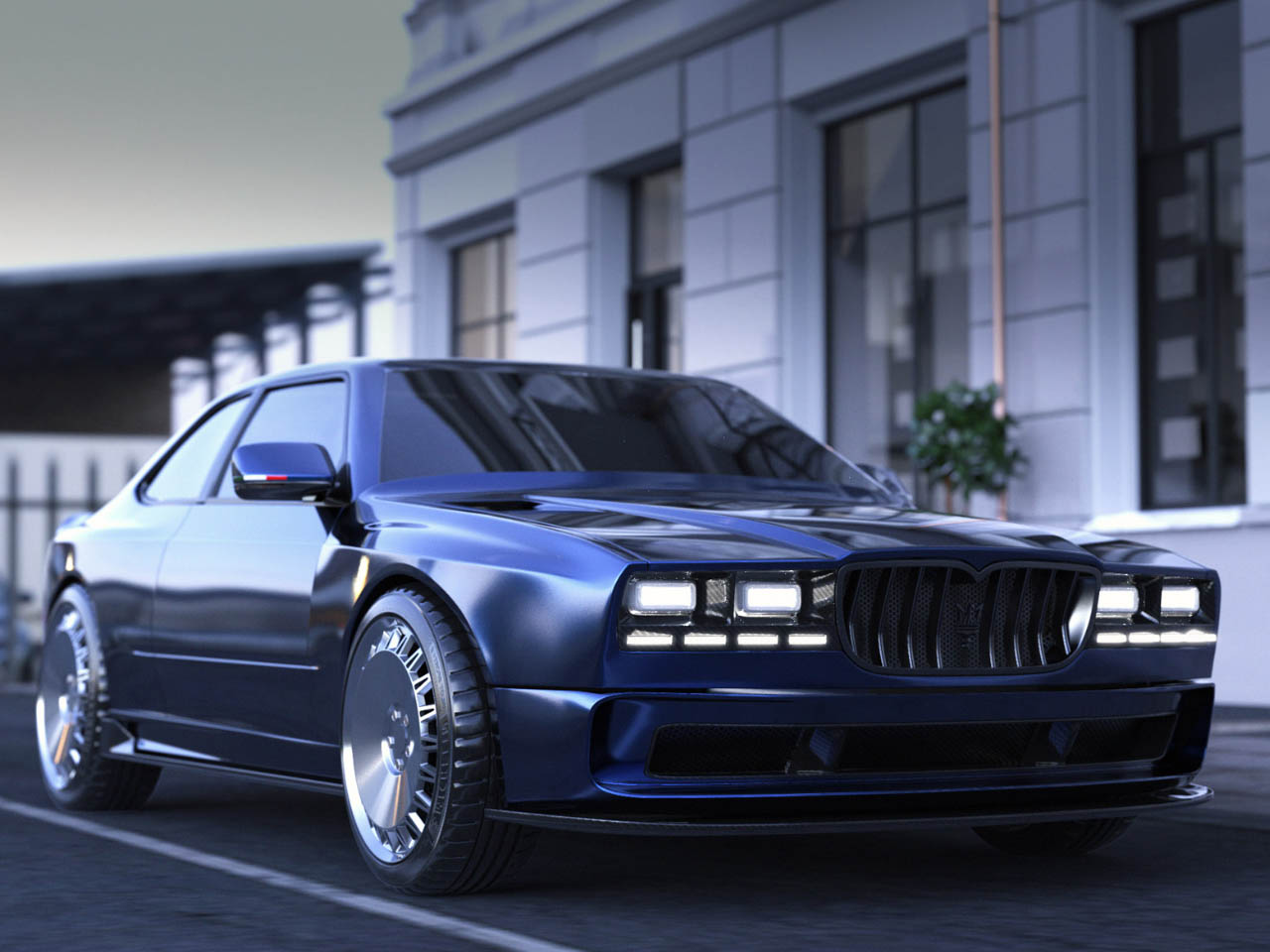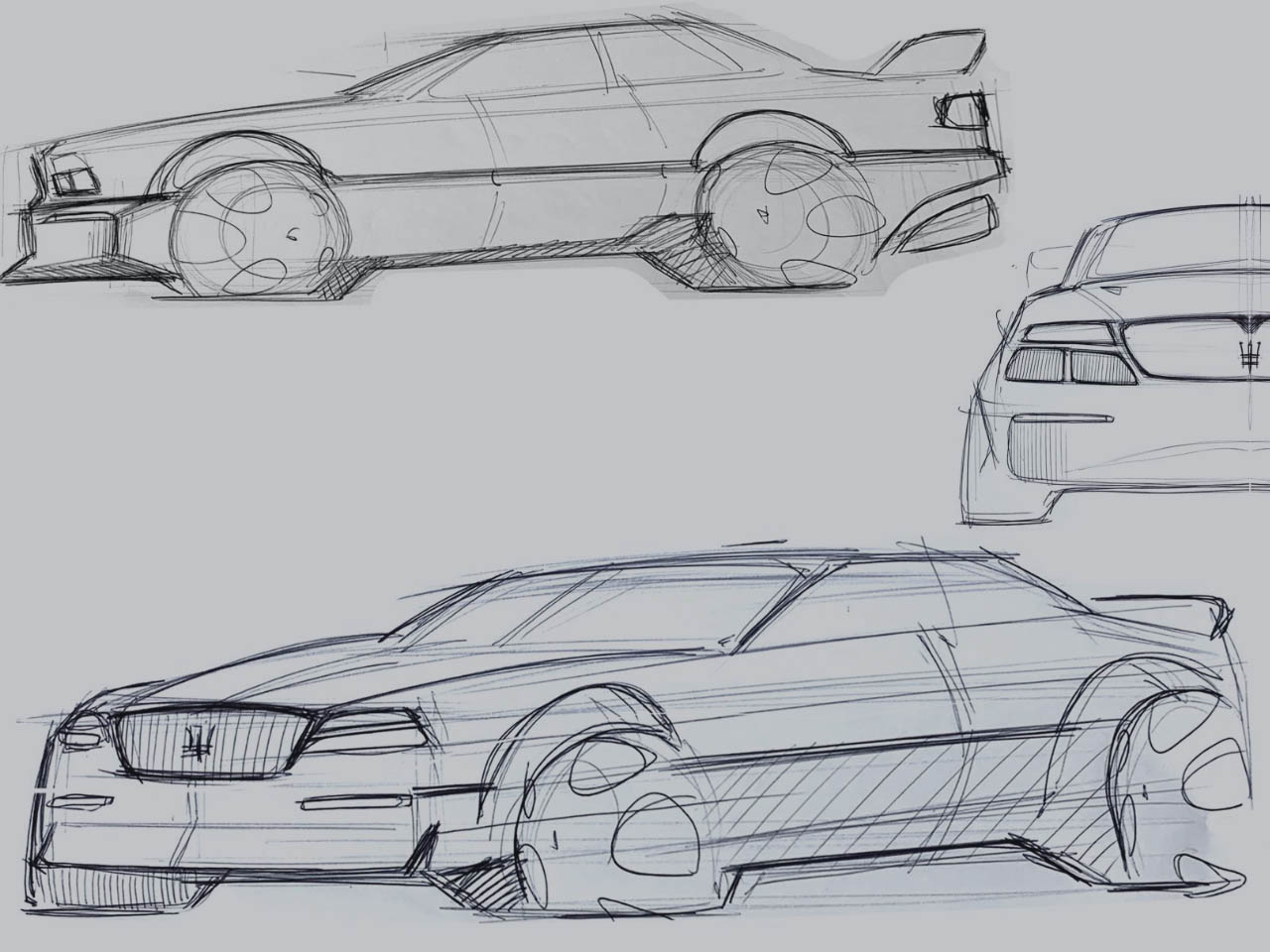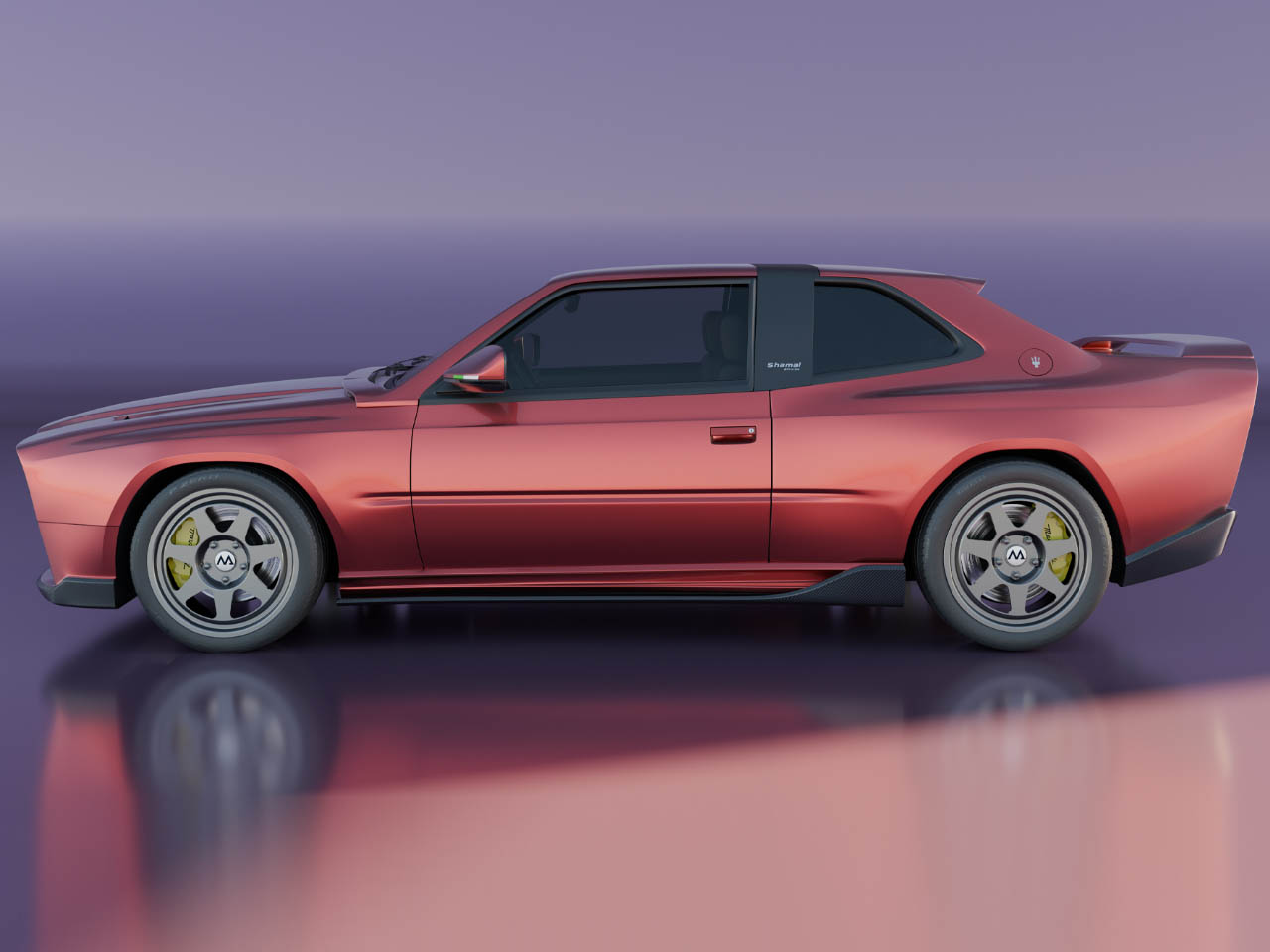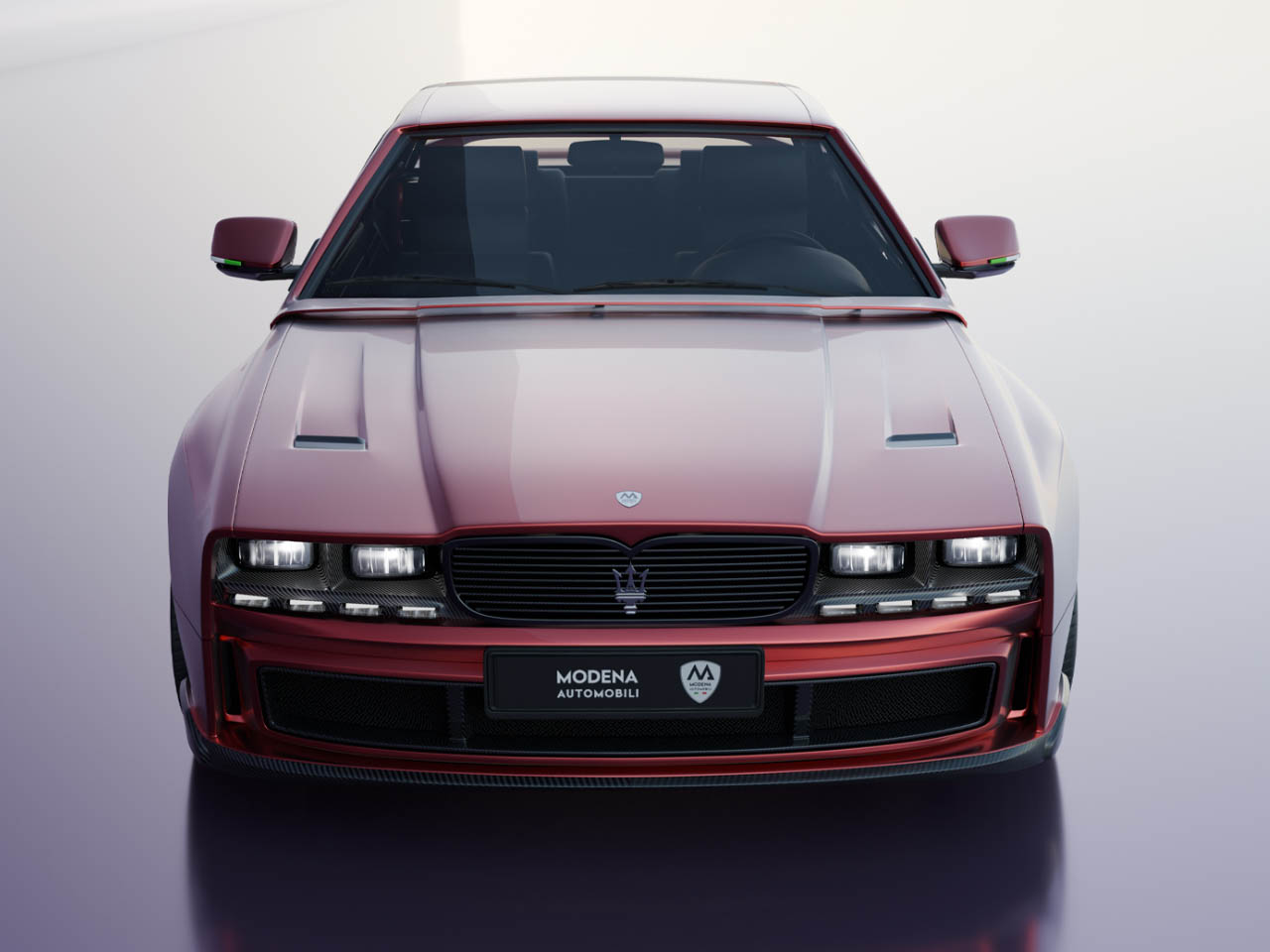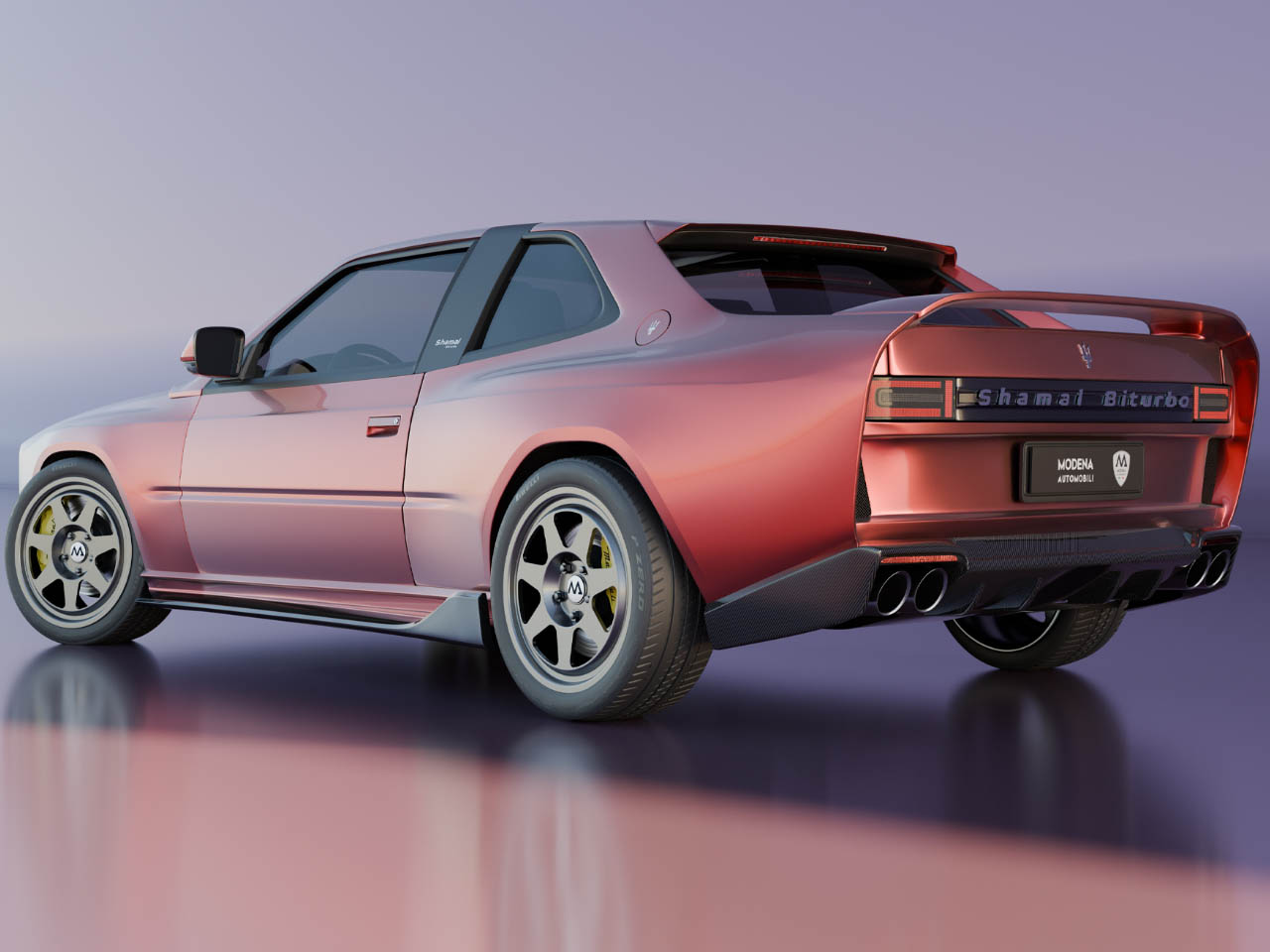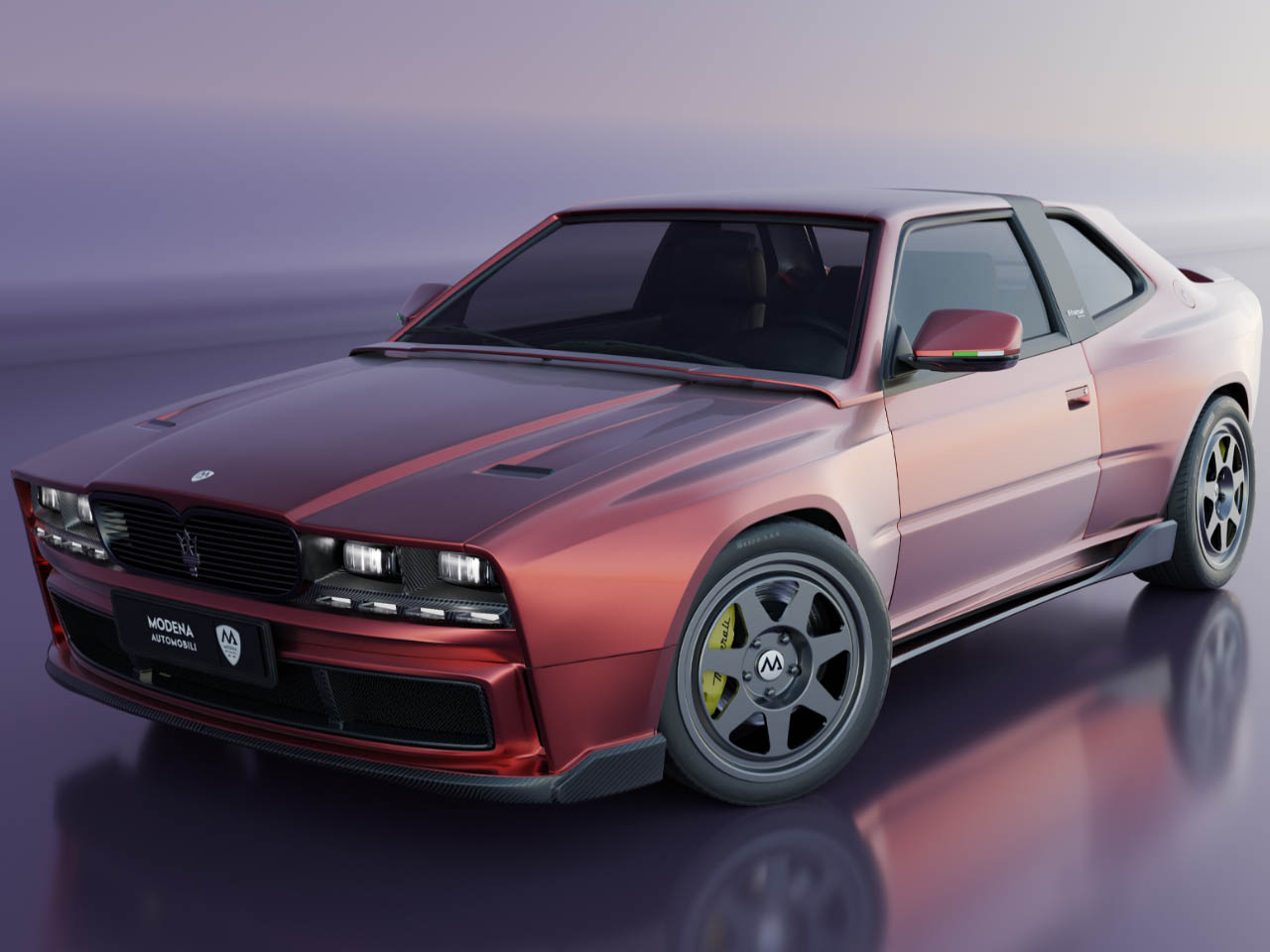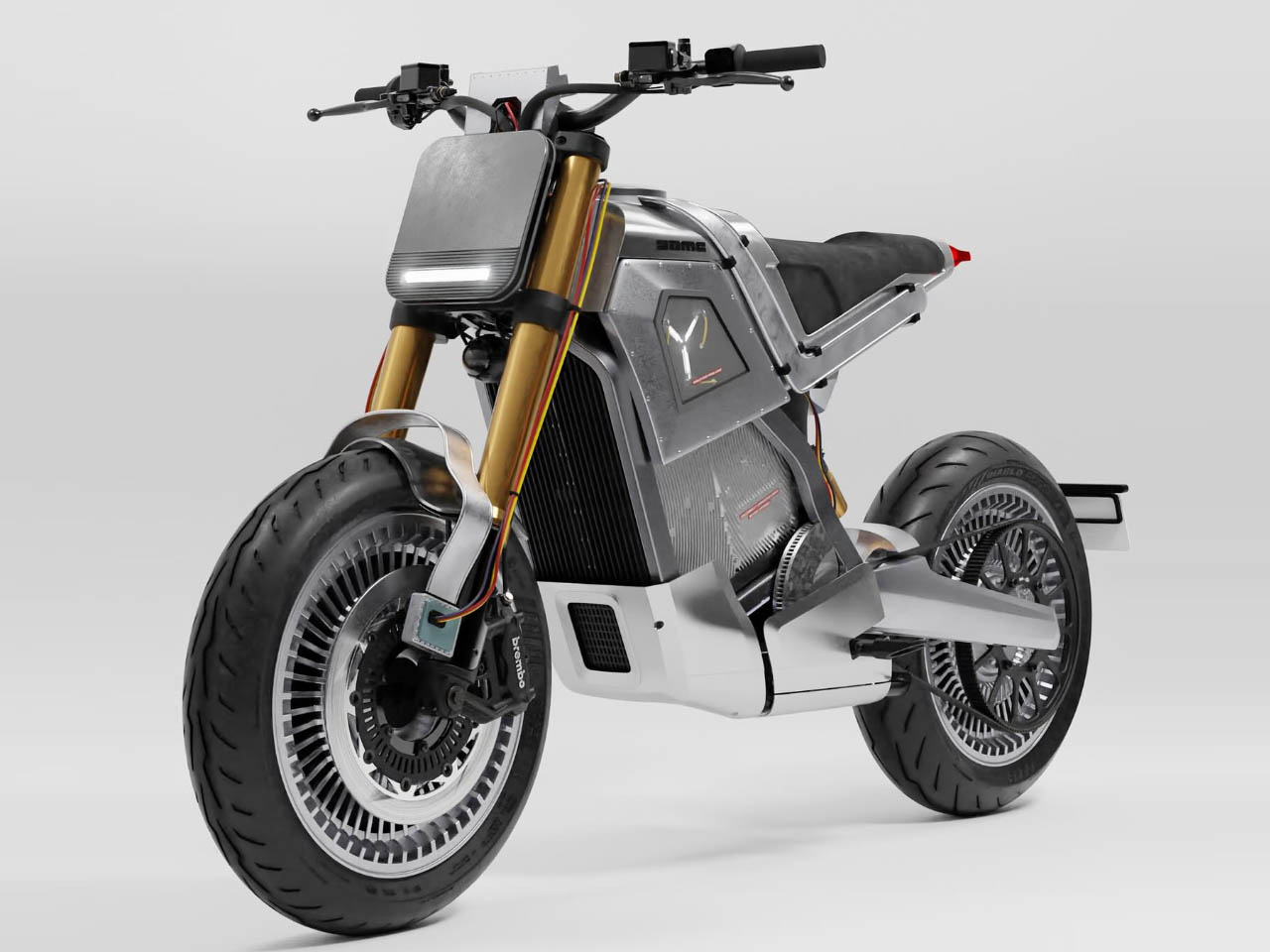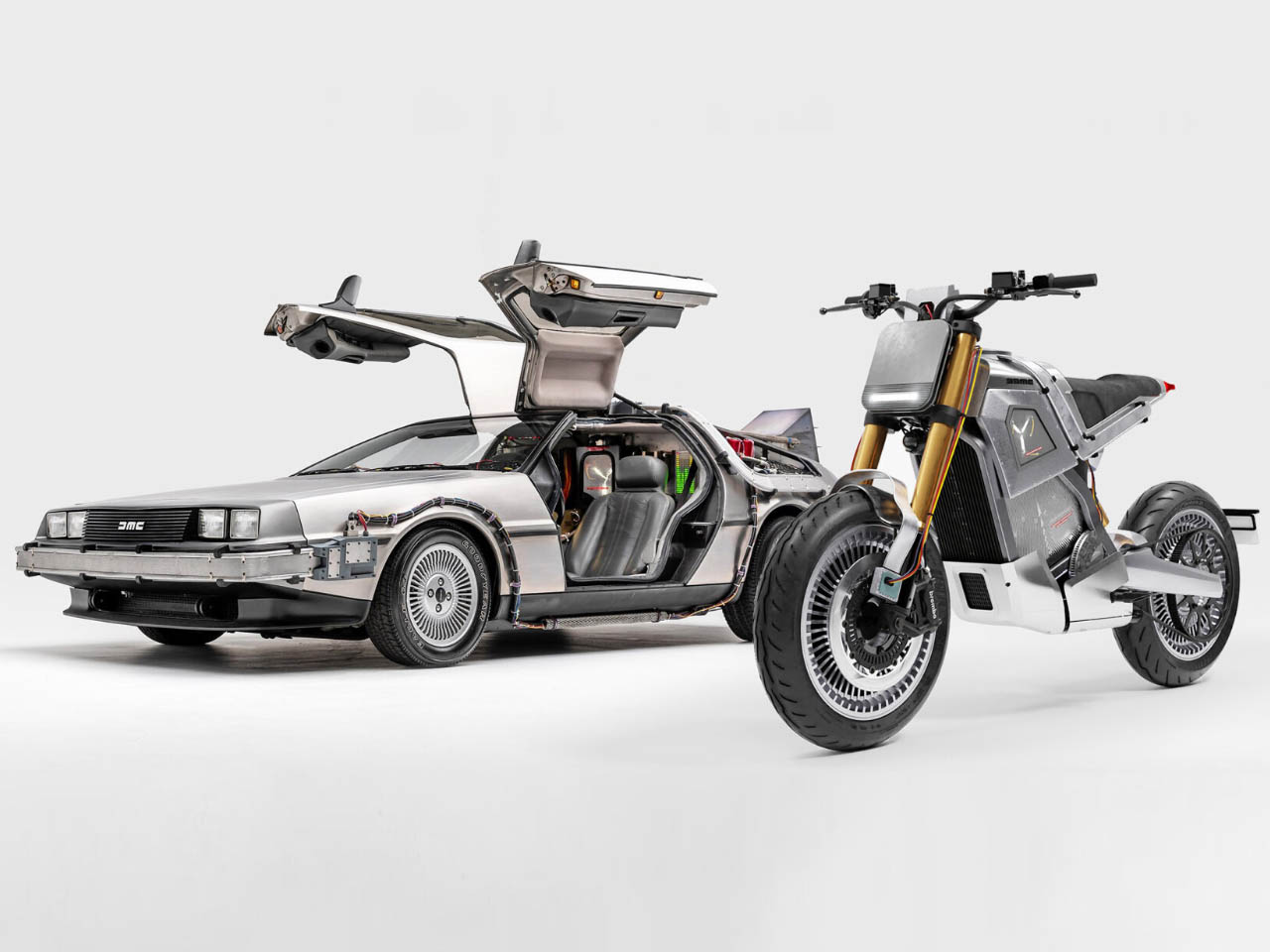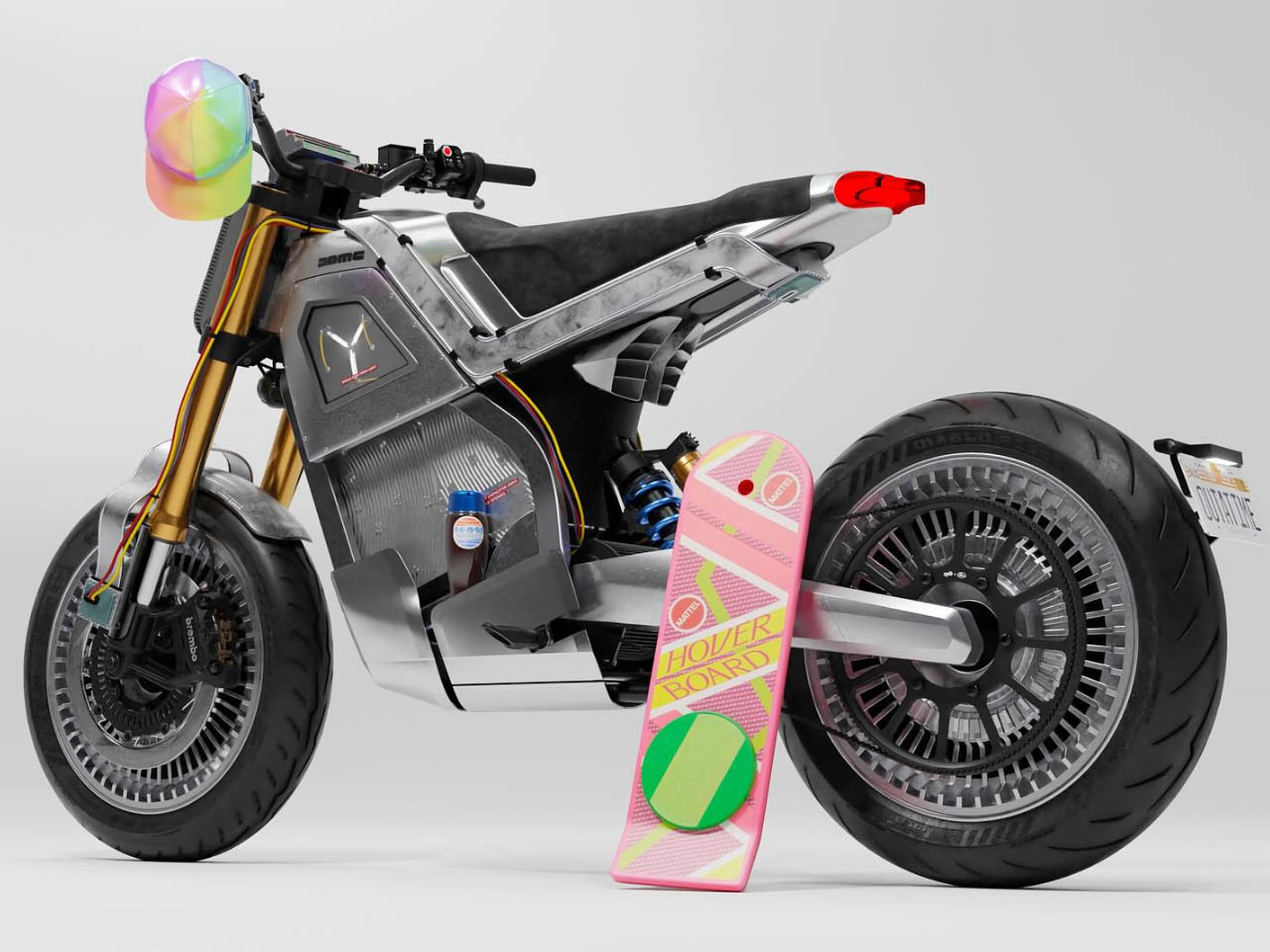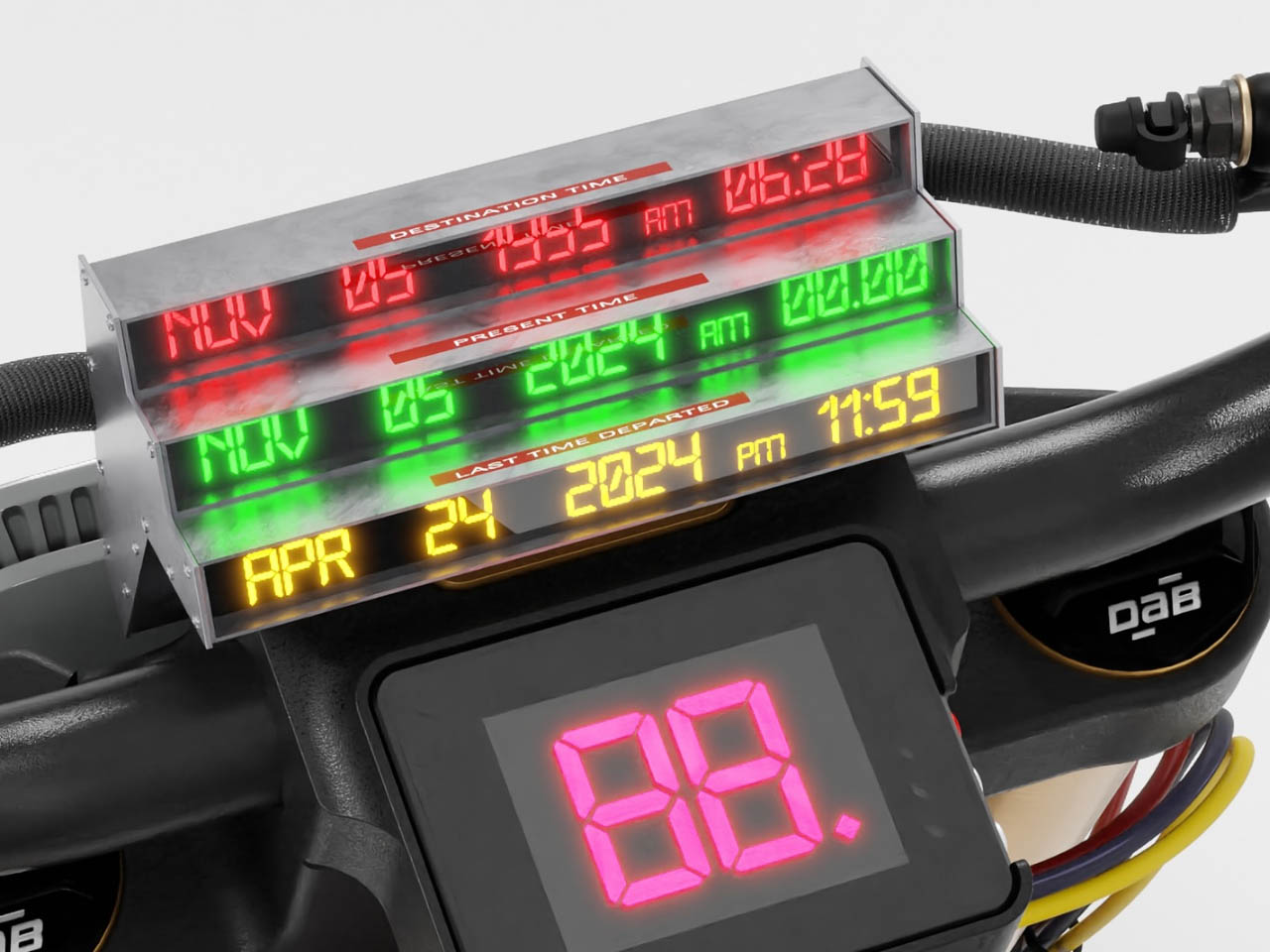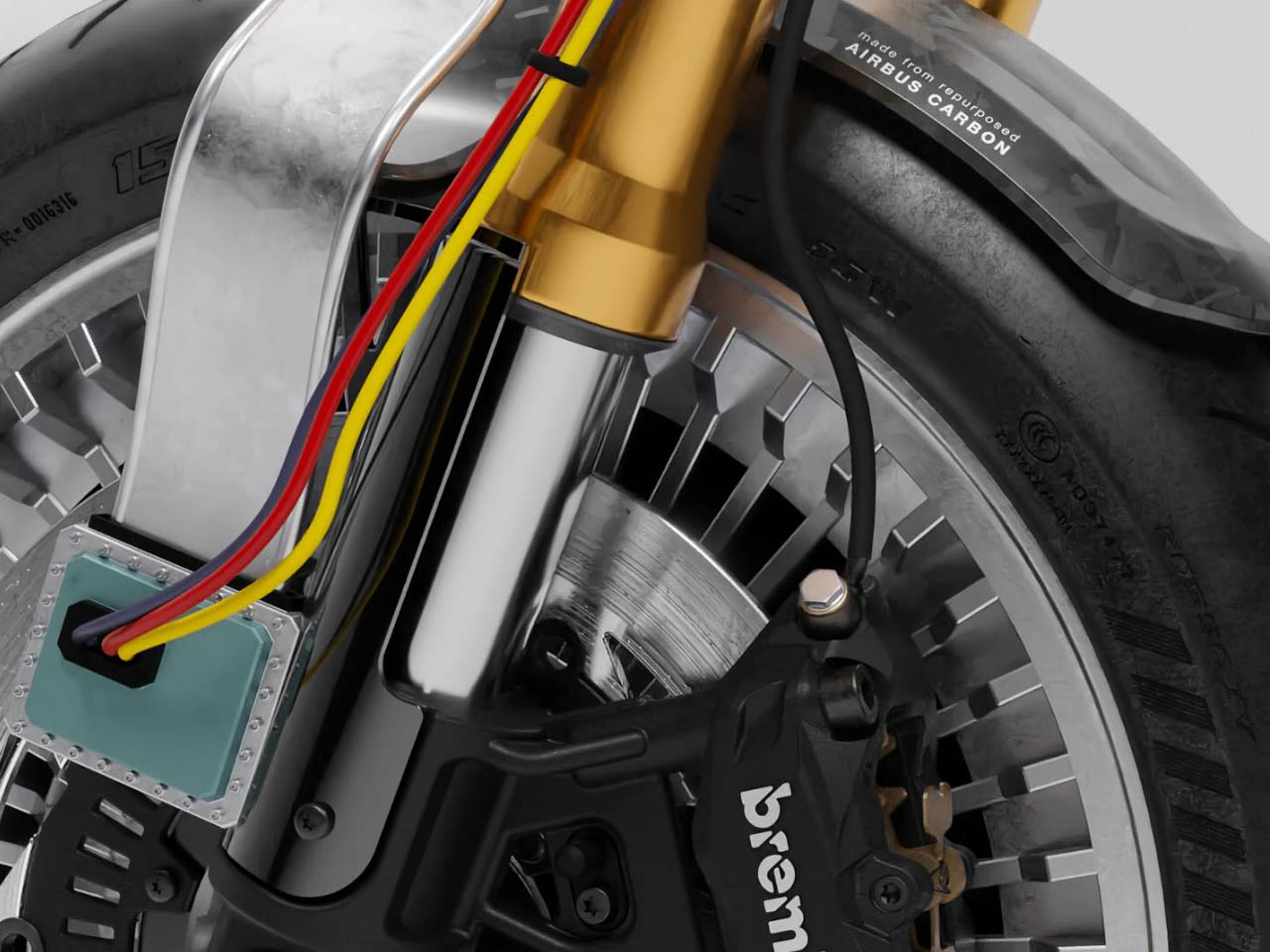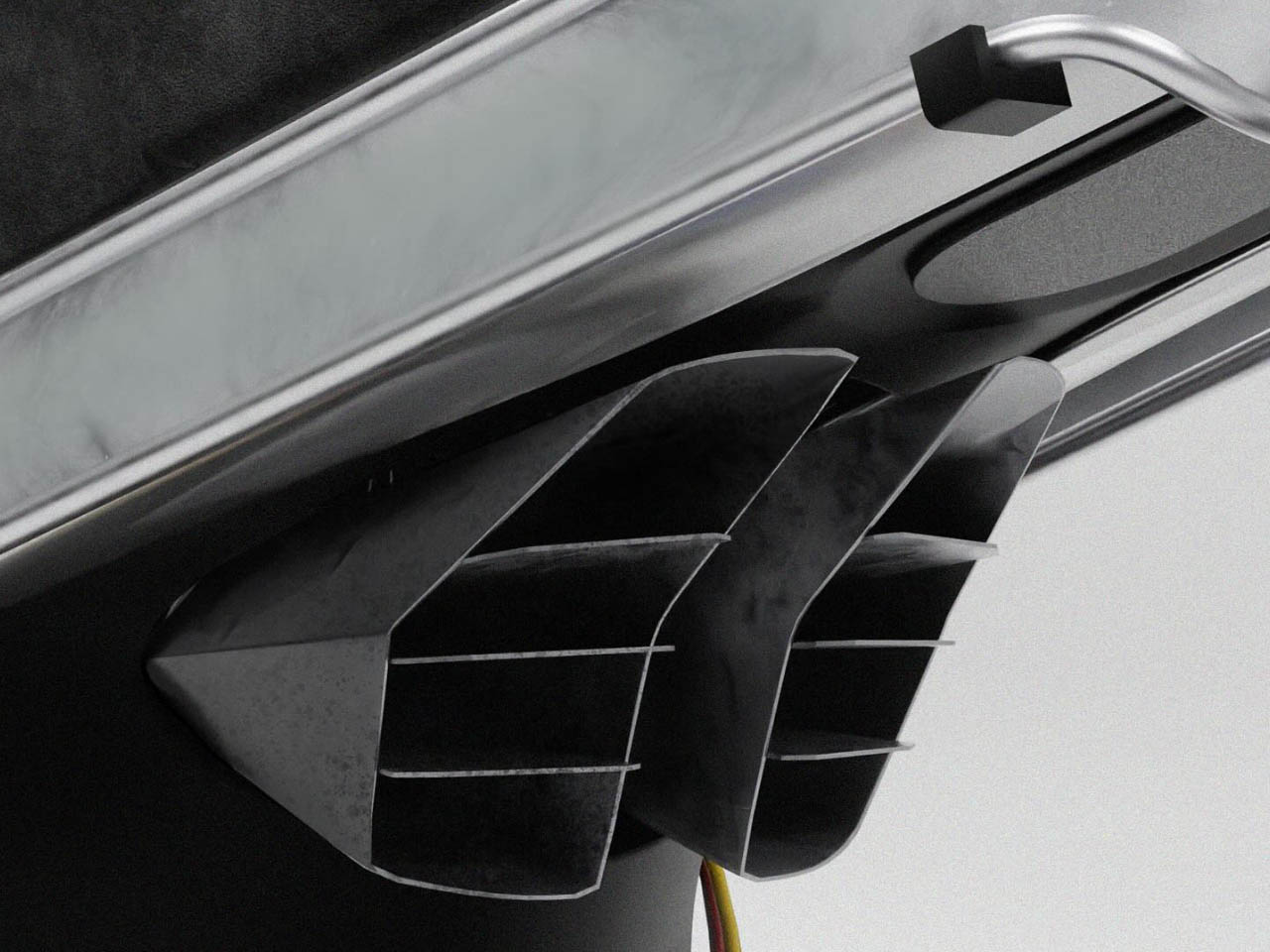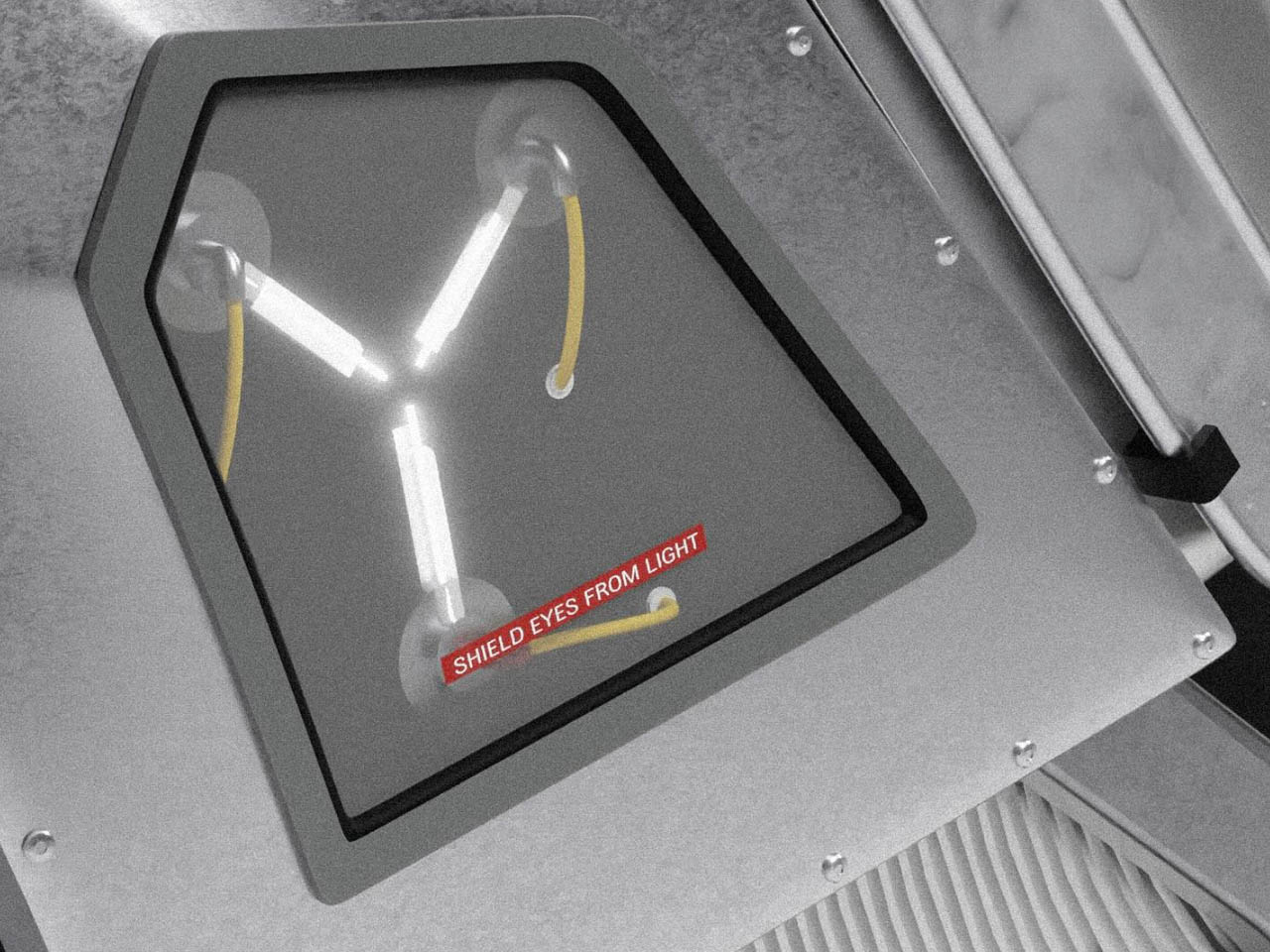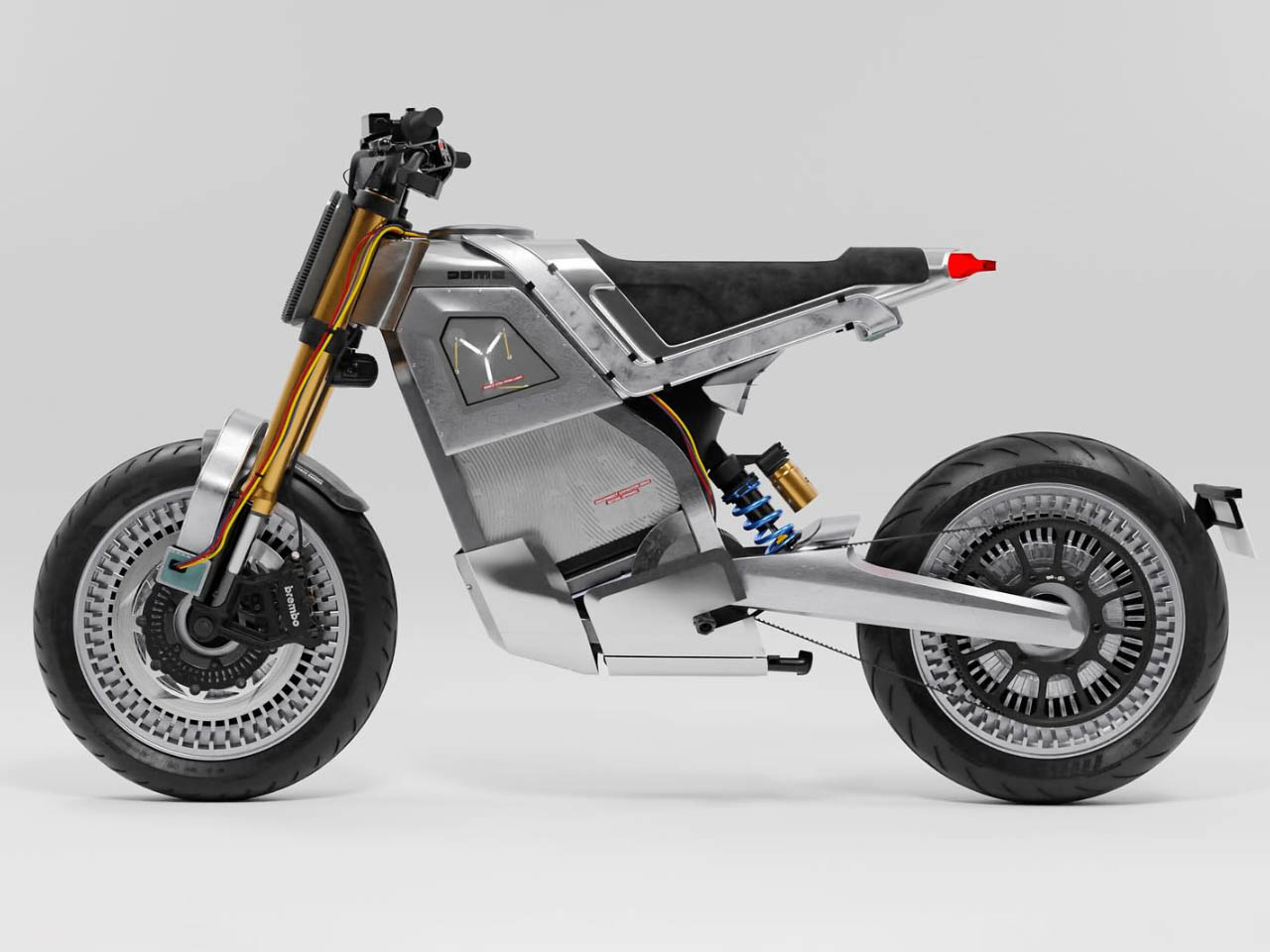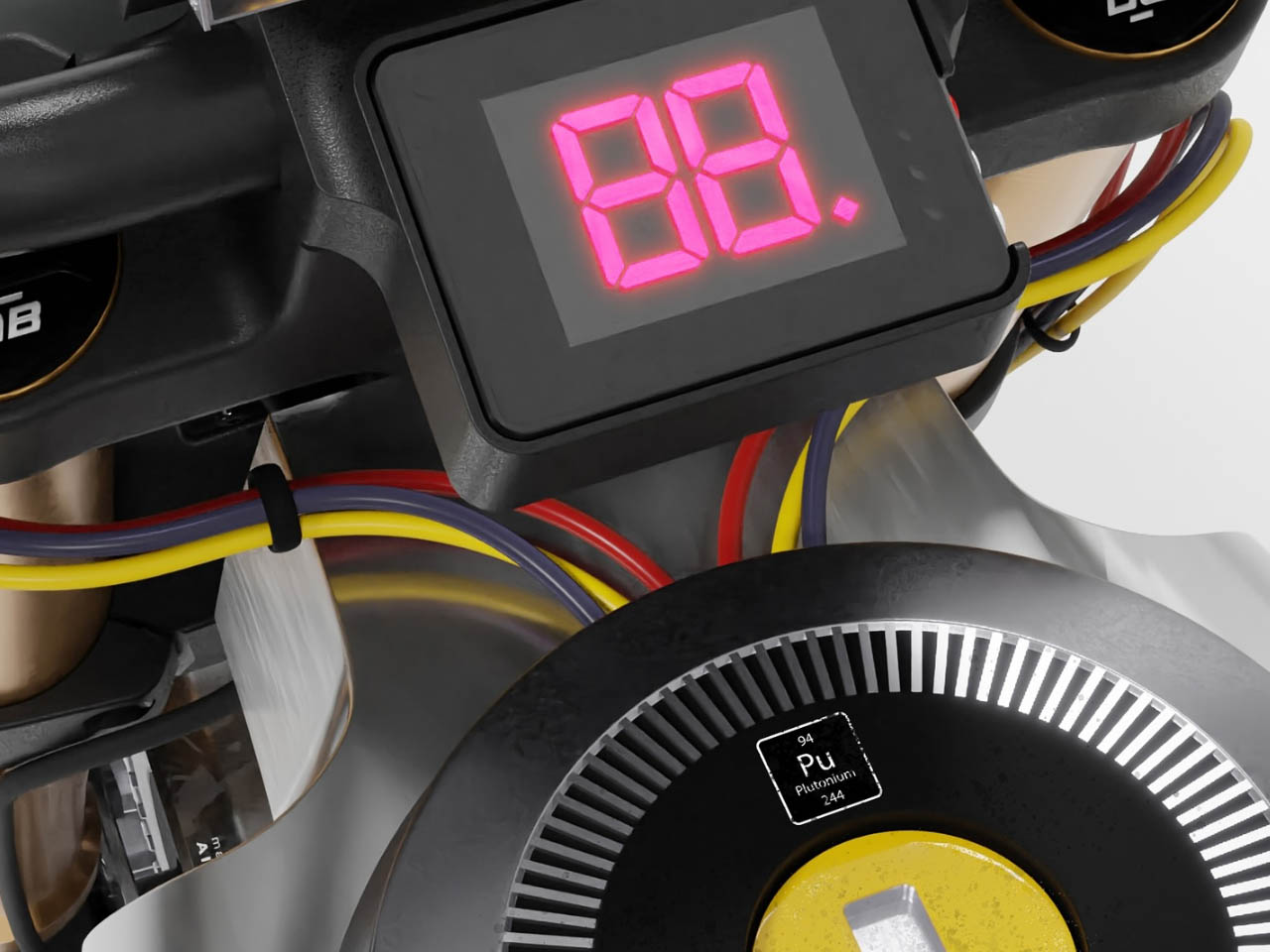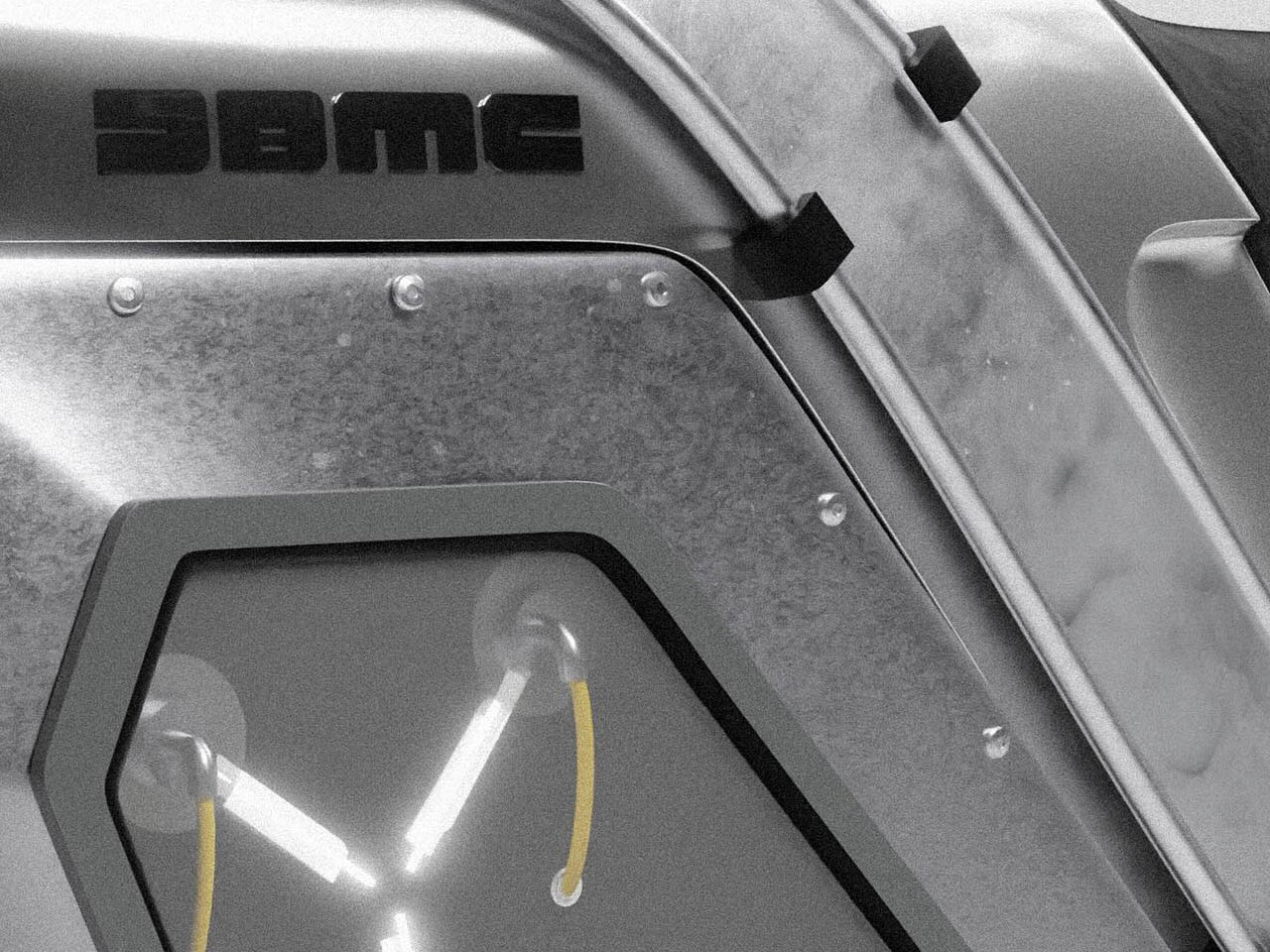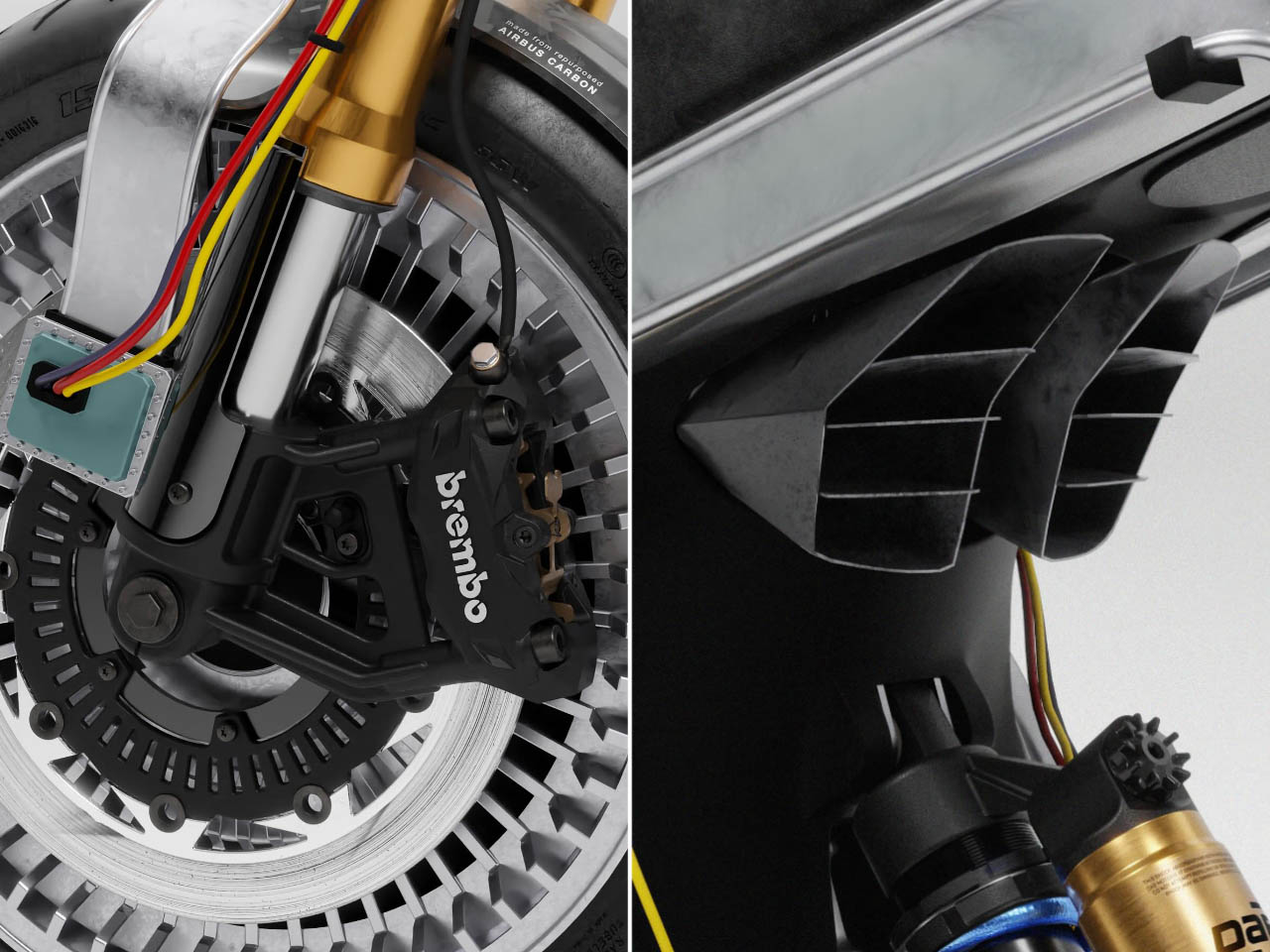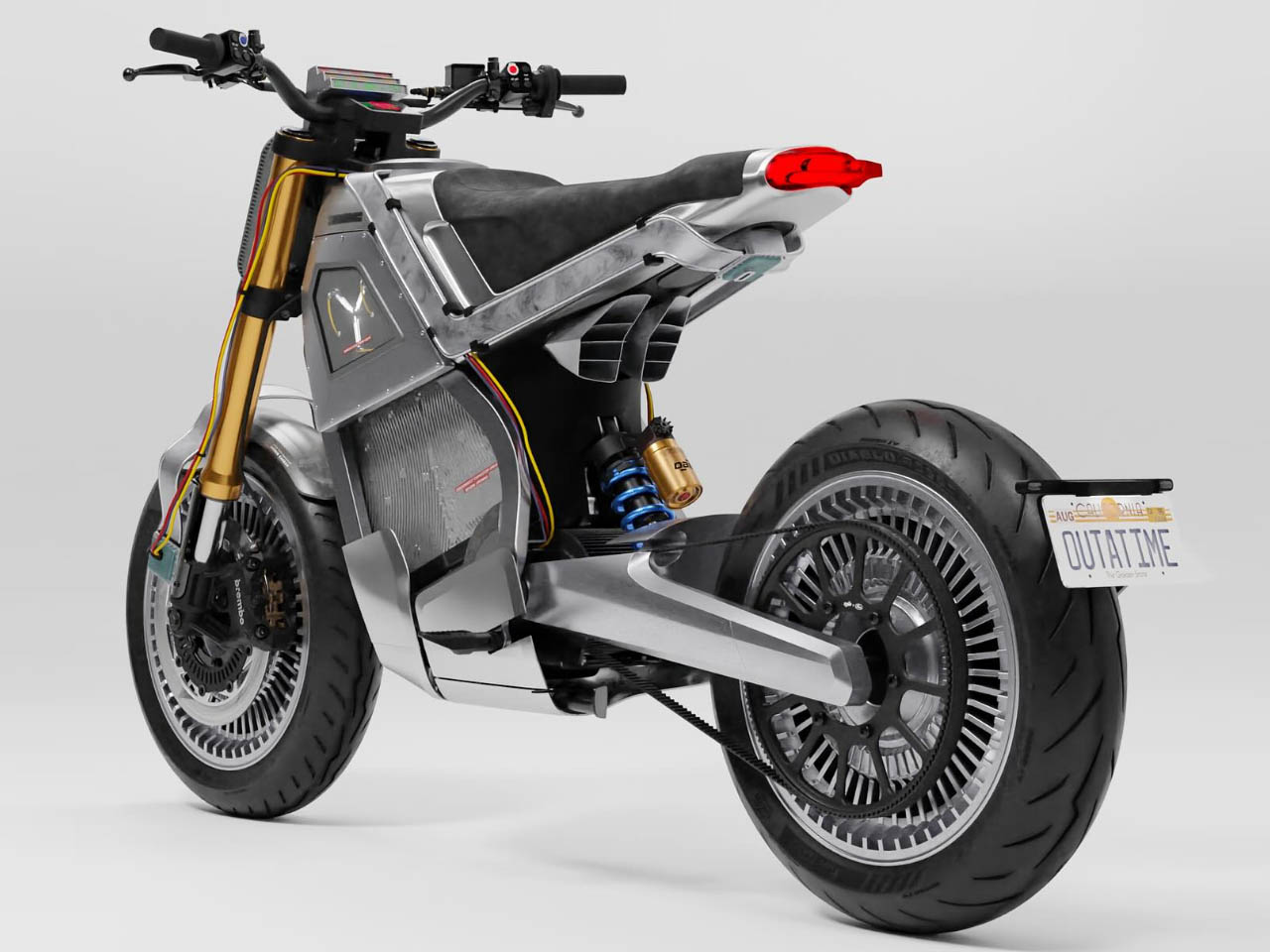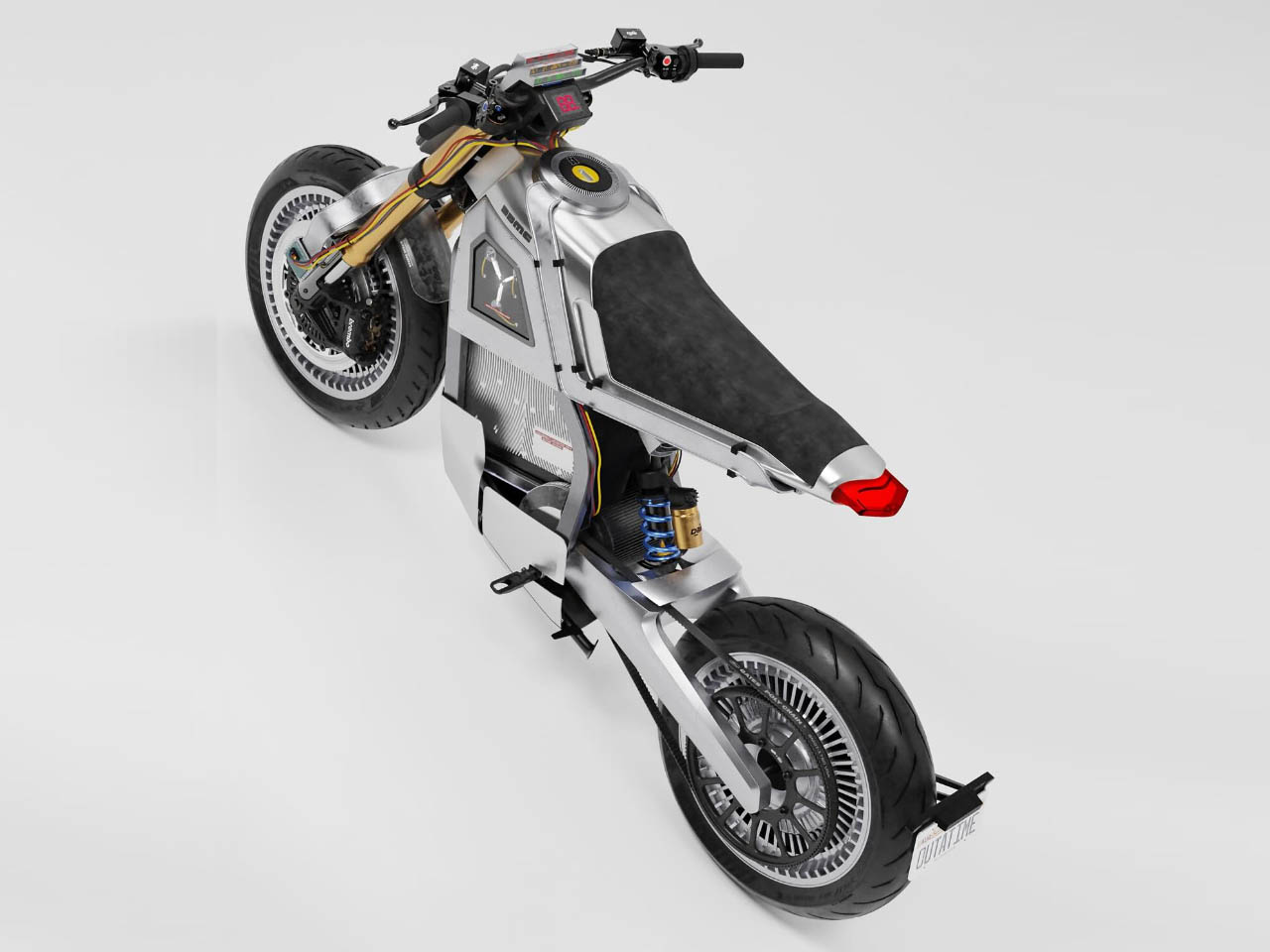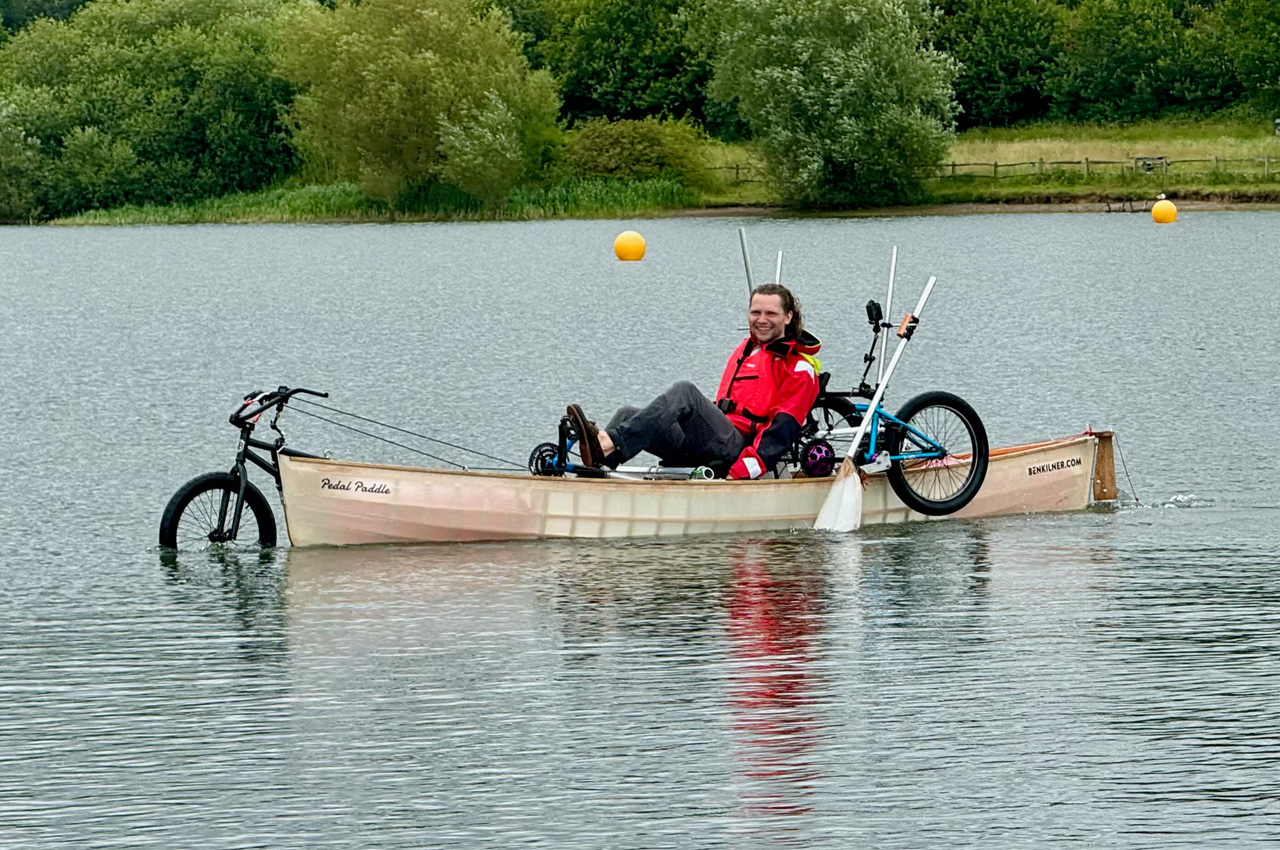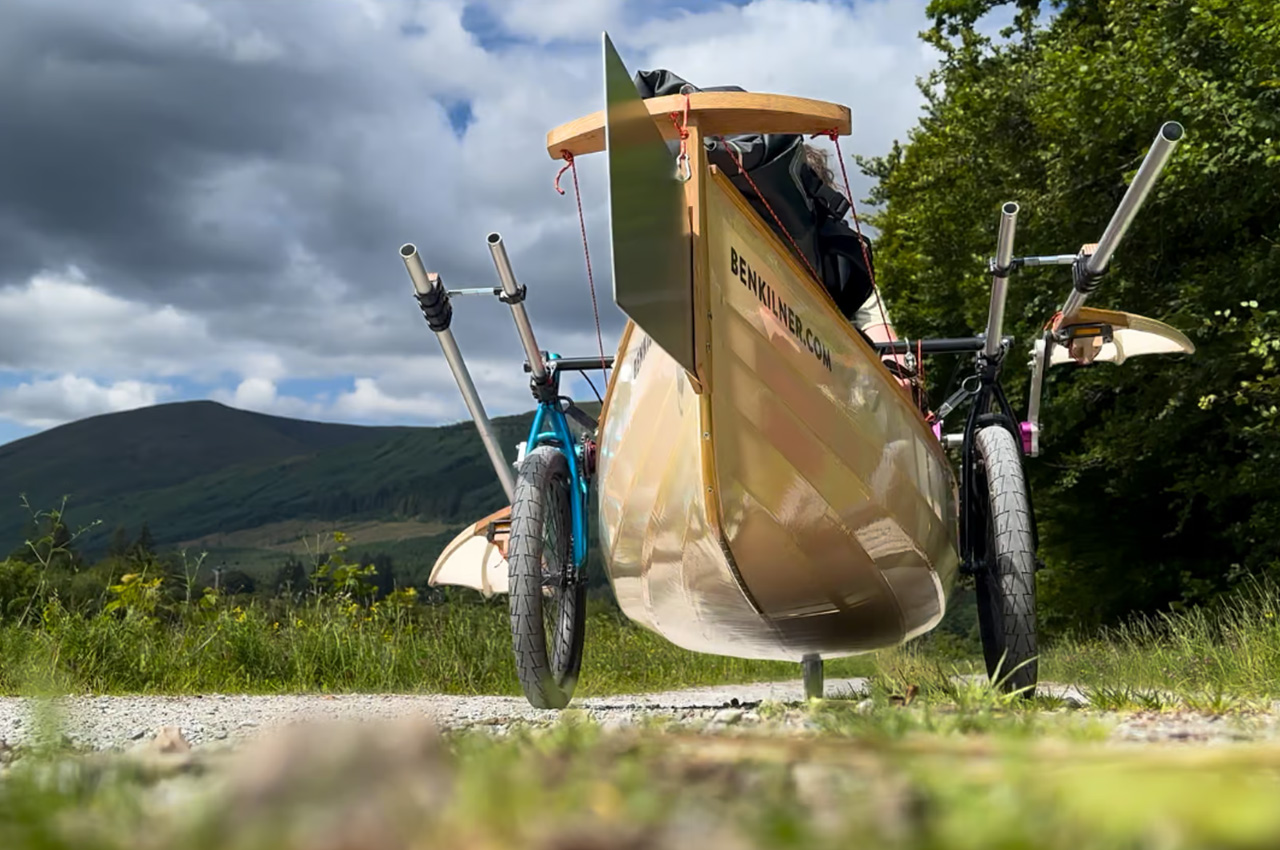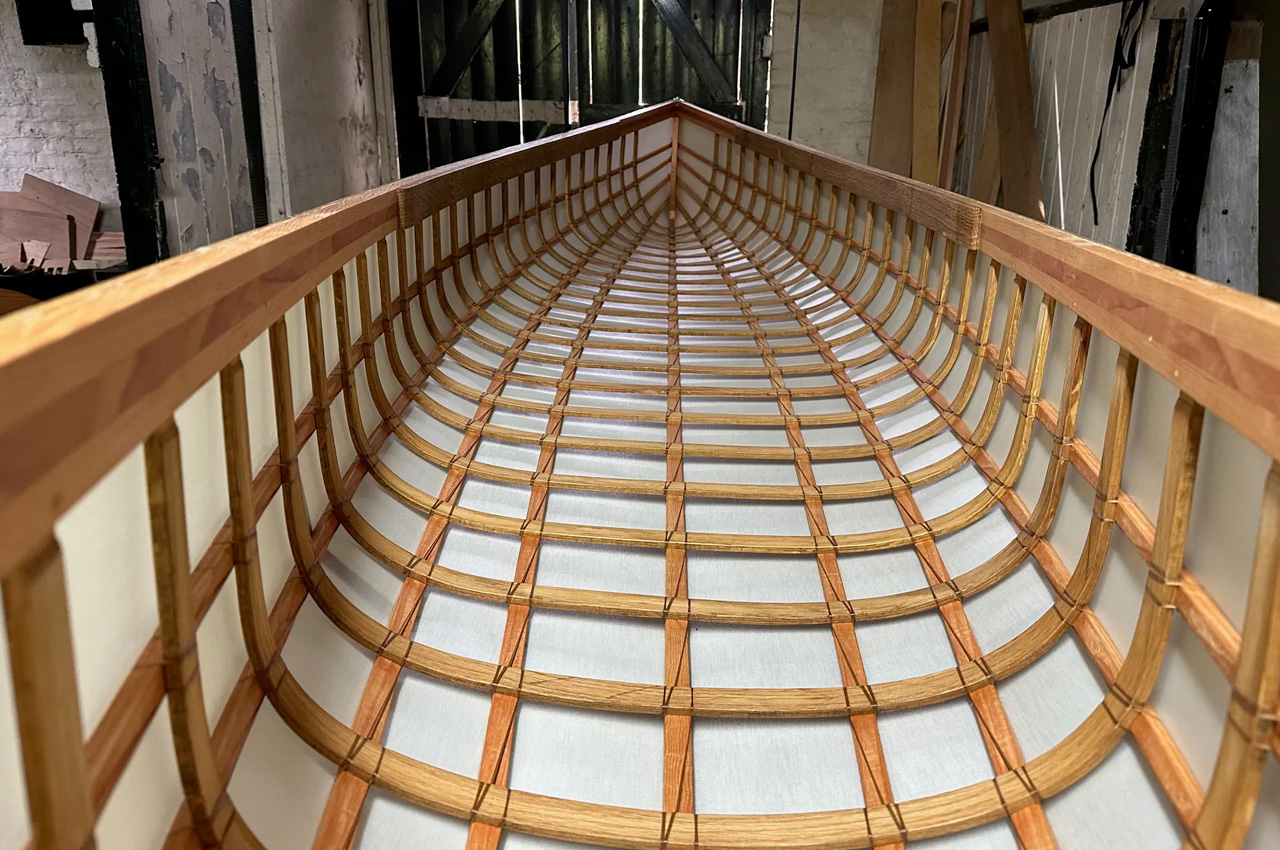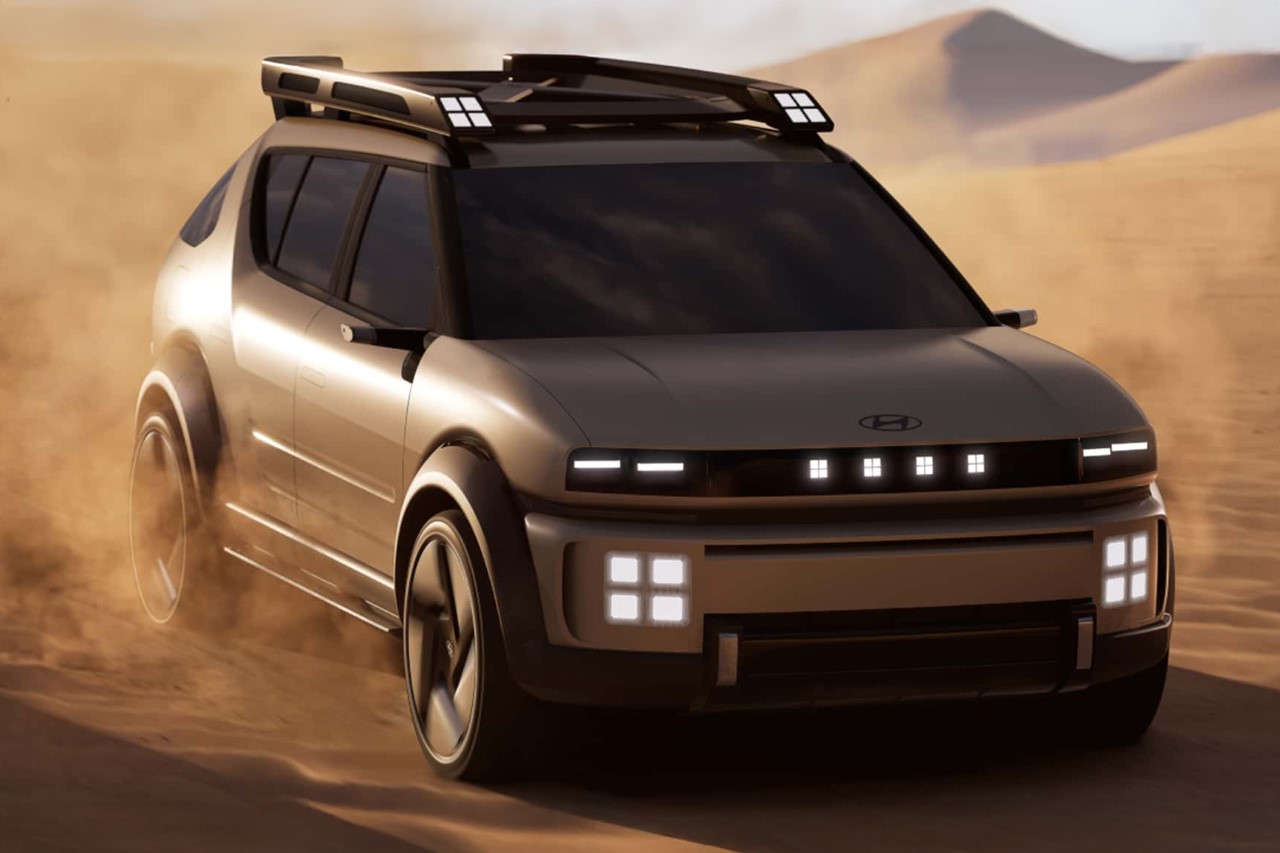
Hyundai has made a bold statement in hydrogen mobility with its latest concept car, the INITIUM, an FCEV (fuel cell electric vehicle) designed to blend style, sustainability, and cutting-edge technology. If you’re wondering how this vehicle differs from the EVs and hybrids saturating the market, it’s all in the fuel cell—a technology that converts hydrogen into electricity with zero emissions. Pioneering the company’s new “Art of Steel” design language along with its cutting-edge hydrogen fuel-cell tech, the INITIUM is set to make its first debut next month at the Los Angeles Auto Show, with the promise of 403 miles worth of range (650km) thanks to a 201 horsepower motor. Hyundai’s also slated to reveal their latest Ioniq 6 at the LA Auto Show with the aforementioned “Art of Steel” design language.
Designer: Hyundai
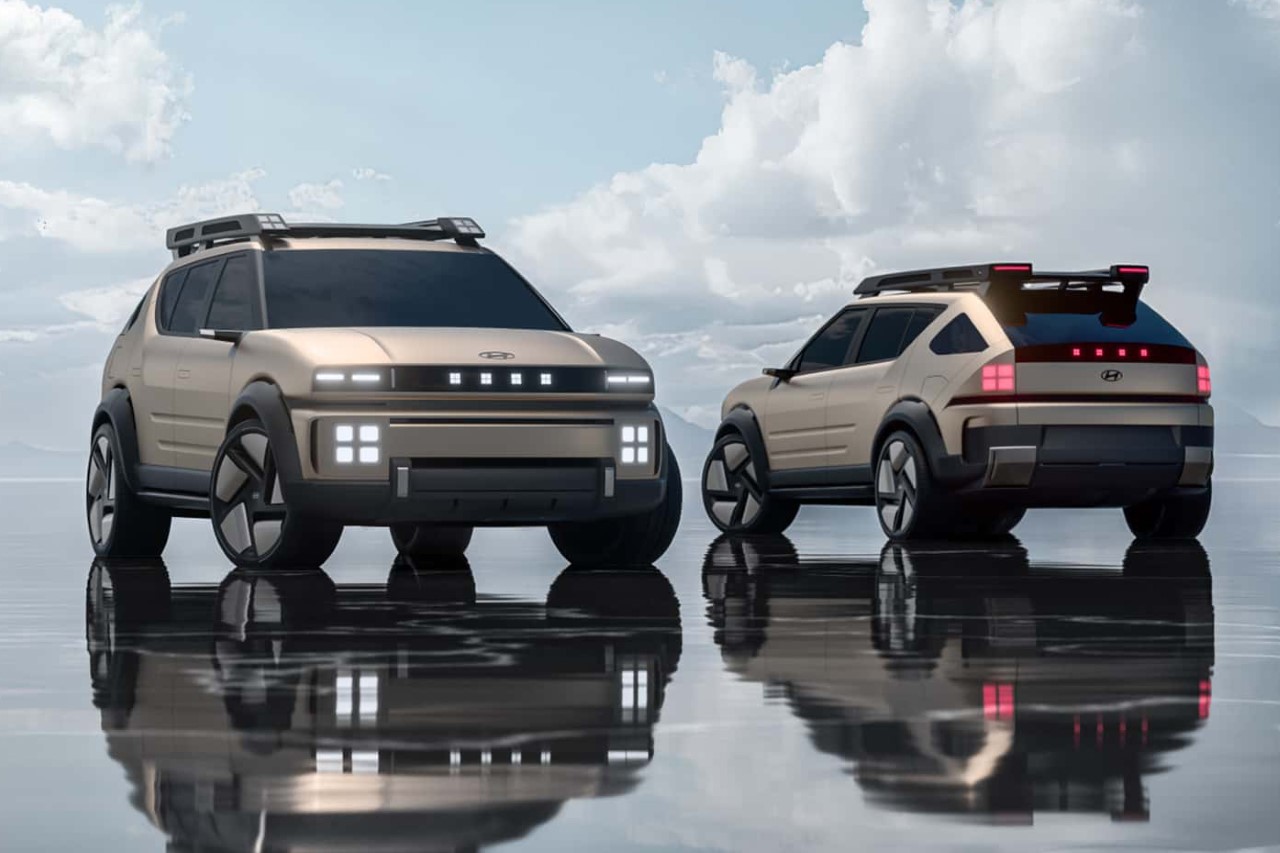
A Design that Stands Out
With the INITIUM, Hyundai introduces its new “Art of Steel” design language, a style that emphasizes strength and functionality. The car’s exterior is punctuated by bold lines and a robust frame that’s both stylish and practical for city and off-road adventures alike. The large 21-inch wheels do more than just look good—they add stability and performance versatility, helping the INITIUM transition smoothly across different terrains.
Inside, Hyundai goes big on comfort. The spacious interior includes an expansive second-row living space, which is a thoughtful touch for families or anyone who values roominess on the road. The design and layout cater to daily commuters and long-distance travelers alike, with enough space for gear, groceries, and friends.
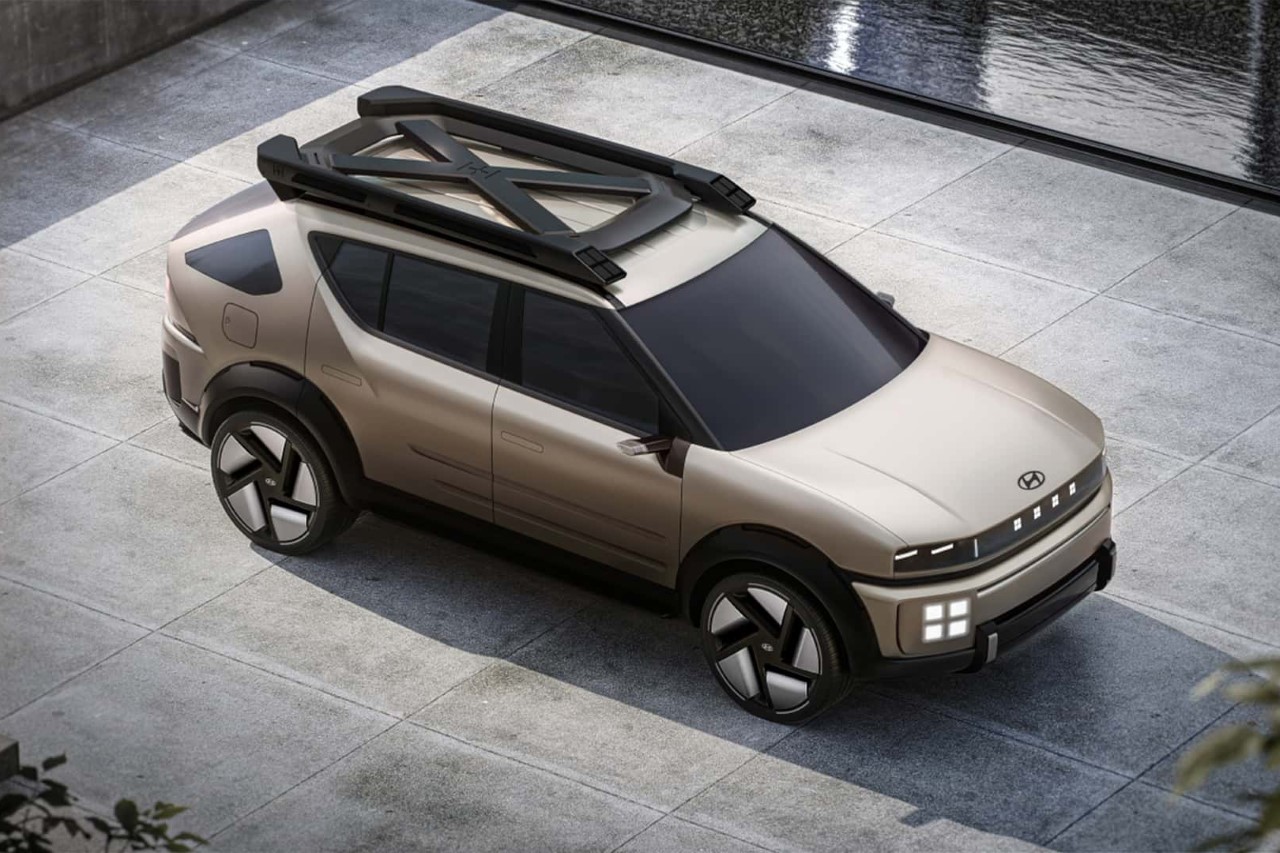
Performance that Doesn’t Compromise
Under the hood, Hyundai equips the INITIUM with a motor capable of 150 kW output, promising serious power without compromising its eco-friendly ambitions. The INITIUM’s fuel cell system is engineered to give drivers over 403 miles (650 kilometers) of range on a single fill-up. This range is significant, especially in the context of today’s hydrogen infrastructure limitations, where finding a refueling station can be challenging. Hyundai tackles this with an FCEV-specific route planner designed to guide drivers to the nearest hydrogen stations, offering reassurance for longer journeys.
Notably, the fuel cell technology in the INITIUM allows it to serve as a mobile power source through a Vehicle-to-Load (V2L) feature. This means you could potentially power household appliances or even a campsite setup, a handy feature that adds an extra layer of versatility to the car’s utility.
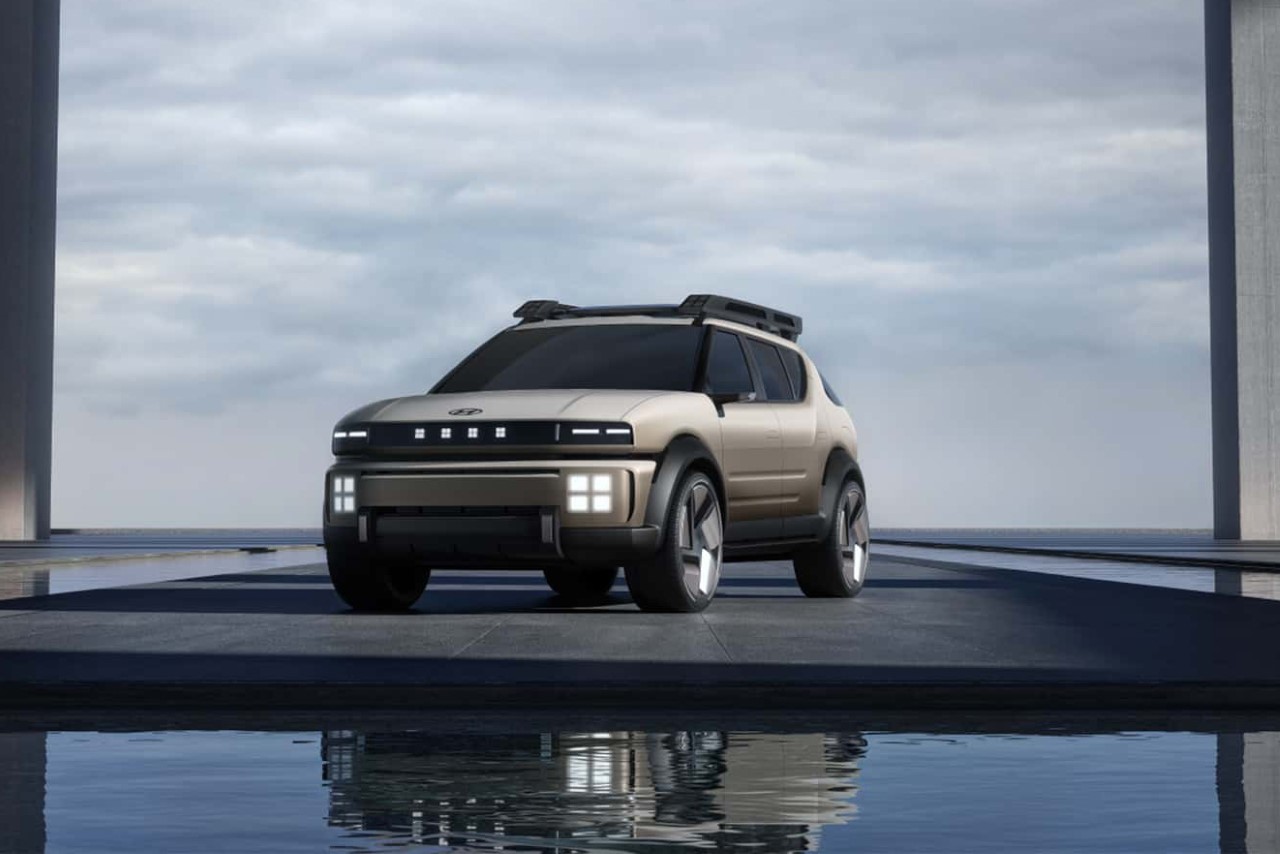
Tackling Hydrogen’s Biggest Challenge: Infrastructure
Perhaps the biggest hurdle for hydrogen-powered vehicles has been limited fueling infrastructure, but Hyundai has a solution. The INITIUM comes with an FCEV-specific route planner, a navigation tool designed to help drivers find hydrogen stations along their route. This feature addresses the “range anxiety” that can come with hydrogen fuel, making longer journeys more feasible and accessible for new FCEV drivers.
Through its HTWO brand (pronounced H Two and standing for “Hydrogen for Humanity”), the company is working to build the hydrogen supply chain to support future FCEVs. By focusing on the production and distribution of hydrogen, Hyundai aims to ensure that vehicles like the INITIUM are not just concept marvels but practical solutions for sustainable mobility, accessible to a broader market over time.
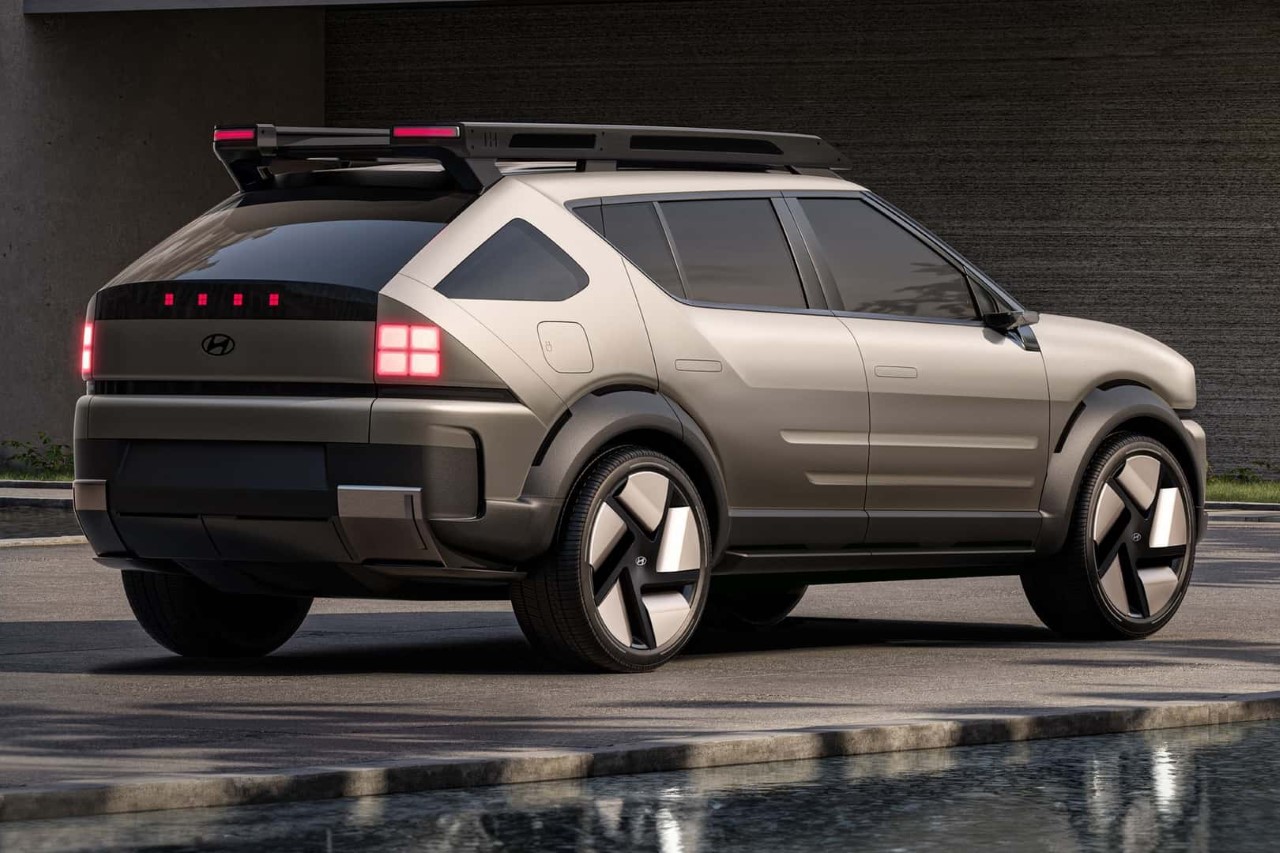
Safety and Practicality Combined
Equipped with a multi-skeleton structure and nine airbags, the INITIUM is built to protect its occupants from all angles. Hyundai prioritizes both active and passive safety, showcasing its dedication to producing a car that can confidently protect passengers, even in unpredictable situations.
These advanced safety features align with Hyundai’s broader R&D goals of pushing safety tech across all their vehicle models. With the INITIUM, Hyundai is setting a new standard for safety in FCEVs, reassuring drivers that being eco-friendly does not mean compromising on passenger protection.
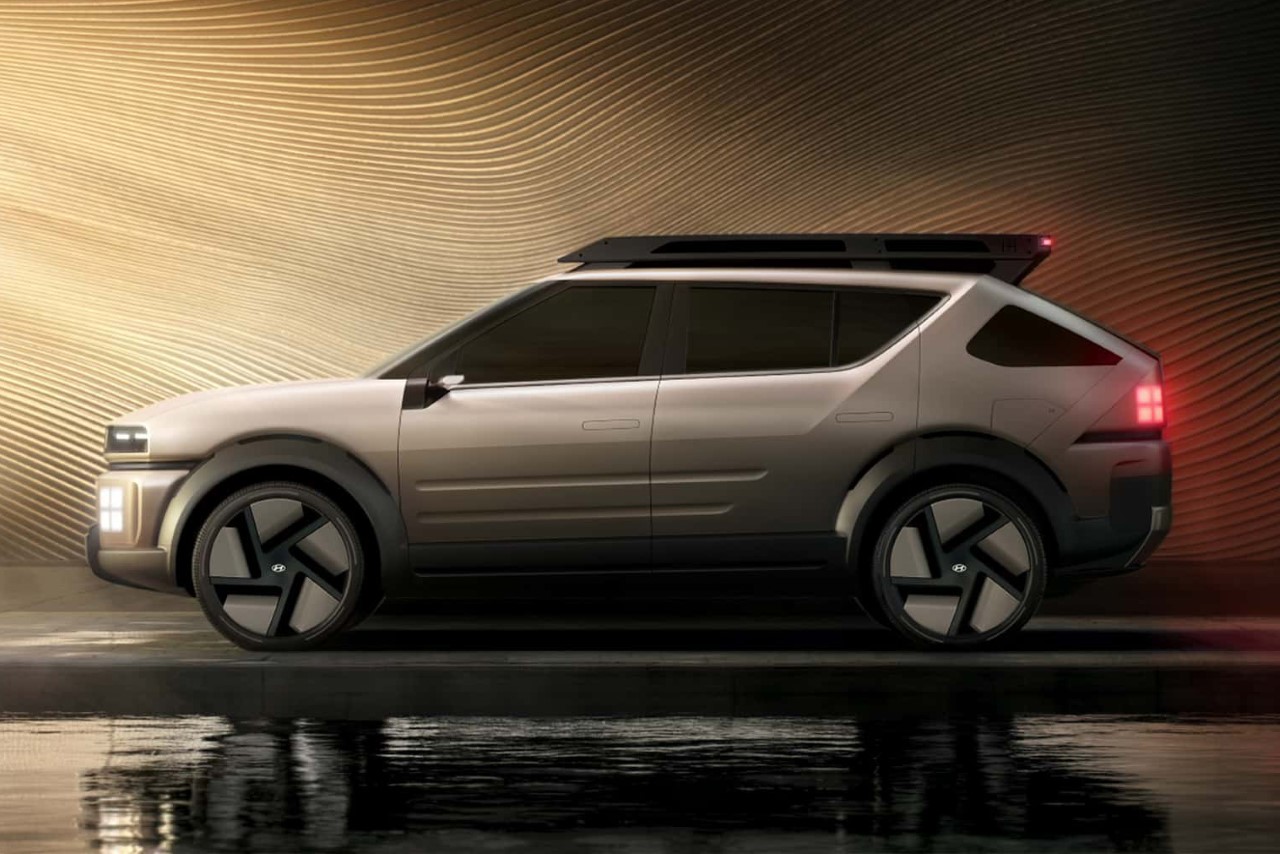
What’s Next for the INITIUM?
The INITIUM concept will be unveiled at auto shows in Los Angeles and Guangzhou, giving the public a first look at this next-generation vehicle before its expected production release in 2025. Hyundai hasn’t revealed pricing yet, but given its stated goal of making hydrogen mobility more accessible, the production model is likely to be competitively priced.
Hyundai’s ambitious hydrogen plans are a promising sign for an industry in need of sustainable solutions. The INITIUM’s practical design, extended range, and advanced tech hint at what hydrogen vehicles could offer in the near future. For those looking forward to a cleaner driving experience without sacrificing range or power, Hyundai’s INITIUM concept might just be the perfect ride.
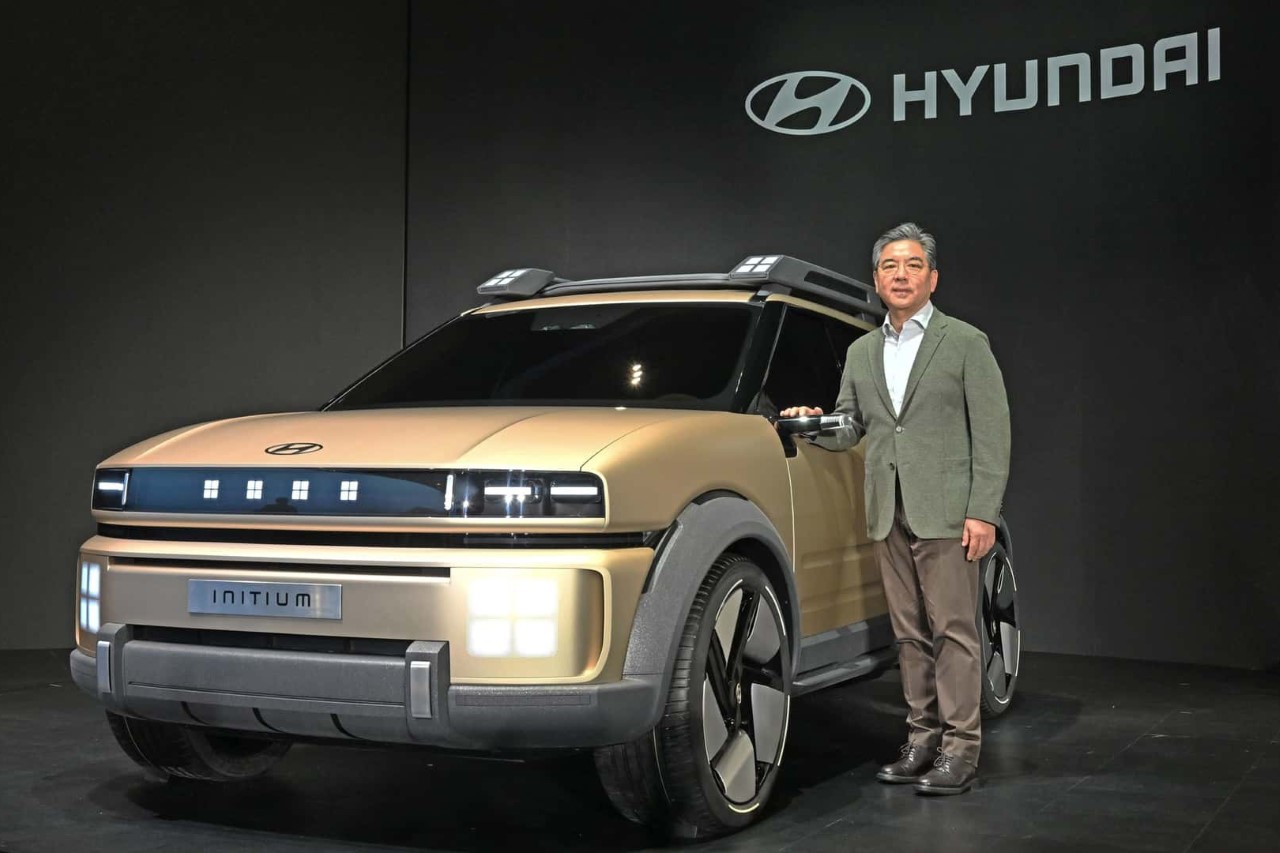
The post Hyundai Unveils Stunning Hydrogen-powered INITIUM FCEV With Over 400-Mile Range first appeared on Yanko Design.
